According to statistics, digital technology consumes approximately 6,800 TWh of primary energy and is responsible for the emission of approximately 1,400 million tonnes of greenhouse gases each year worldwide.
These very high statistics greatly exceed the carbon emissions of certain countries such as Japan or France:
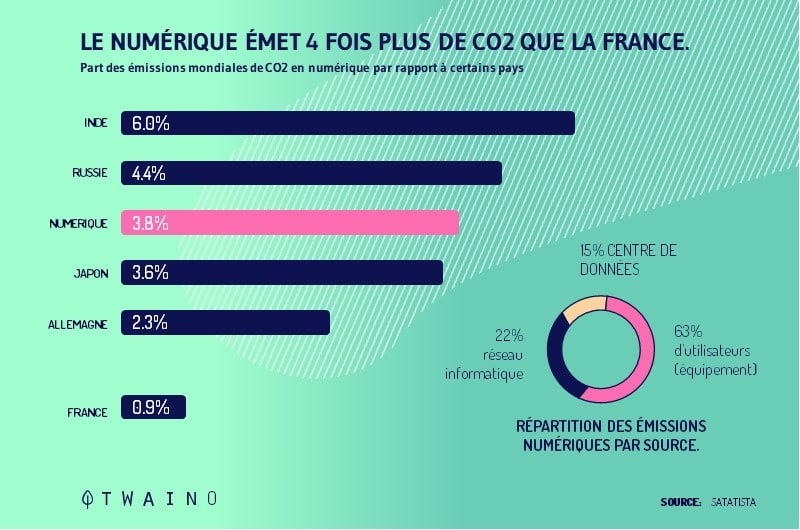
Faced with this observation, which is in no way beneficial for the planet, all recommend actions in the direction of carbon reduction.

This will necessarily require the adoption of practices that are increasingly respectful of the environment with regard to the use of the Internet. That is to say, practices for a good digital ecology.
- What is digital ecology?
- What is the impact of digital technology on the environment?
- How does technology contribute to sustainable development?
- What digital ecology actions will ensure a better future for the planet?
So many questions that I will develop in this guide, which will also focus on the actions that I put in place with my SEO agency Twaino for an eco-responsible approach.
Ready ? Let’s go!
Chapter 1: What is digital ecology?
In this first chapter, I will approach the notion of ecology through its definition and its importance. You will also find a definition of digital ecology.
1.1. What is ecology?
1.1.1. Definition
Ecology refers to the study of the interactions that exist between living beings and their living environment. Its main objective is to understand the distribution and abundance of these living beings.
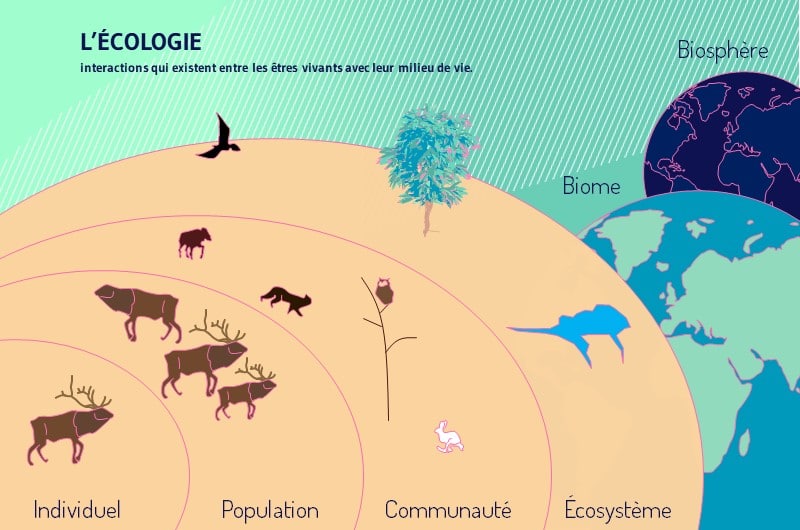
To achieve this objective, ecology calls on disciplines both external and internal to biology. With disciplines such as:
- Biochemistry;
- Physiology;
- Evolution;
- The biodiversity ;
- Molecular biology;
- Geology ;
- And climatology.
Some ecological research also applies aspects of chemistry and physics, and frequently uses mathematical models.
We can distinguish two main types of ecology which are :
- Community Ecology;
- And Population Ecology.
1.1.1.1. Population Ecology
The study of population ecology focuses on the number of individuals in an area. It also studies how and why population changes over time.
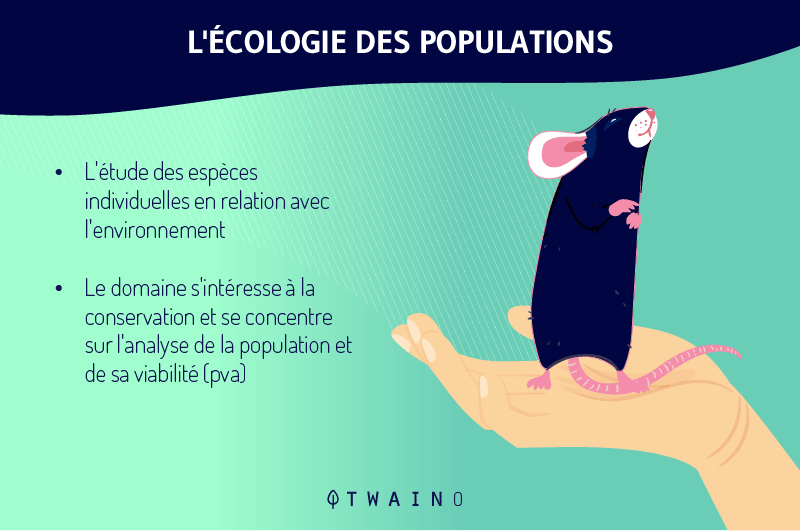
From an ecological point of view, a population can be defined as a group of organisms belonging to the same species and living in the same area.
A population can be identified based on where it lives. The area of the population can be limited either by natural or artificial barriers.
Natural boundaries can be rivers, mountains or deserts. While examples of artificial boundaries would include man-made structures or roads.
1.1.1.2. Community Ecology A
biologicalcommunity is made up of different species living in the same area. Community ecology deals with the interactions that exist between these species.
Community ecologists are interested in the processes behind these interactions and their consequences.
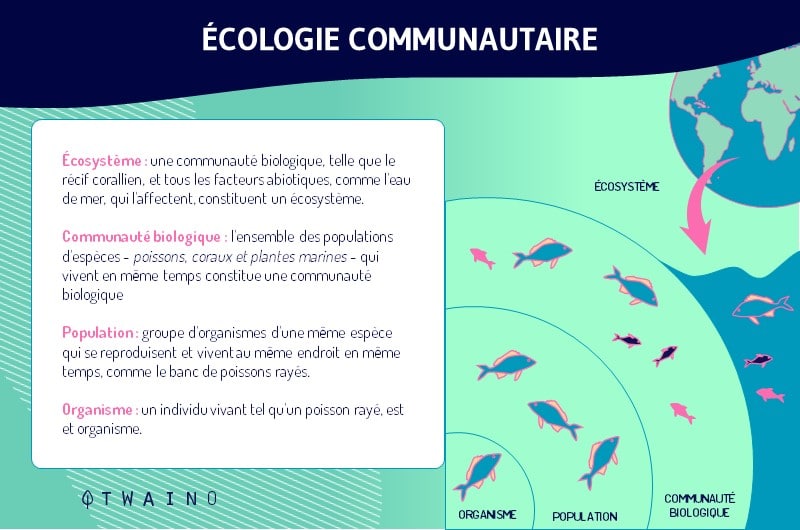
Avec les différentes informations qu’elle met à votre disposition, vous êtes guidé dans vos efforts pour la préservation de la planète.
De même, elle renseigne les individus sur l’étendue des dommages qu’ils causent à l’environnement et leur montre les modèles prédictifs de la gravité de ces dommages.
Tout cela pour insuffler en eux un sentiment d’urgence qui les pousse à participer activement aux efforts de conservation pour assurer la longévité de la planète.
1.1.2.2. Assure une allocation appropriée des ressources
L’écologie vous permet de voir le rôle de chaque organisme vivant dans le réseau de connectivité que compose l’écosystème.
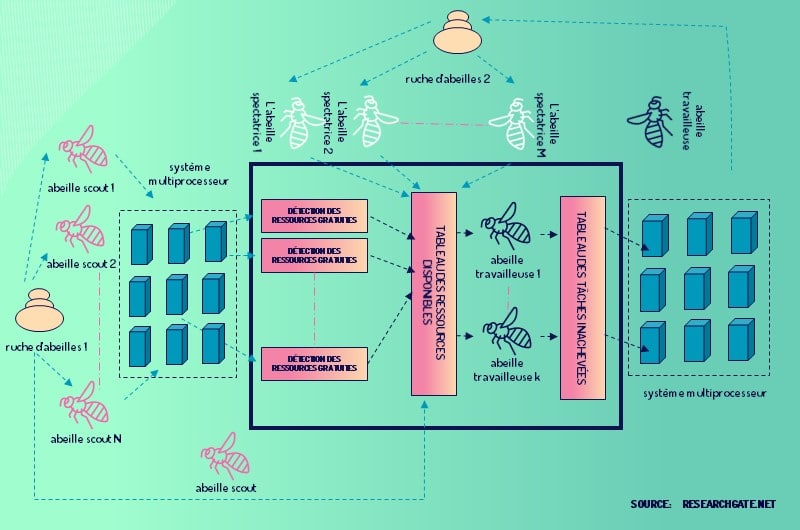
Questions about the interactions between different species often focus on competition between members of the same species for a limited resource.
Apart from these two types of ecology, we have the digital ecology that we will detail in the following sections.
Before that, it is useful to know the importance of digital ecology.
1.1.2. How important is ecology?
The whole point of ecology lies in the fact that it allows people to understand the impact of their actions on the life of the planet and on that of others. The importance of ecology is justified by the fact that it:
1.1.2.1. Contribute to the conservation of the environment
Ecology allows you to understand the effect of your actions on the planet. Through it, you get an idea of the ways in which different environmental problems start and the efforts that are likely to have a positive effect on them.
makes available to you, you are guided in your efforts to preserve the planet.
Likewise, it informs individuals about the extent of the damage they cause to the environment and shows them the predictive models of the severity of this damage.
All this to instill in them a sense of urgency that pushes them to actively participate in conservation efforts to ensure the longevity of the planet.
1.1.2.2. Ensures appropriate allocation of resources
Ecology allows you to see the role of each living organism in the network of connectivity that makes up the ecosystem.
With this knowledge, you are able to determine the resources that are essential to the survival of such and such living organisms.
Which is very handy when it comes to assessing the needs of human beings that have the greatest effect on the ecosystem.
It was ecology that allowed humans, for example, to identify problems whose resolution required informed decisions about how to adjust resource demands.
An example of these problems is of course the human dependence on fossil fuels which has led to the increased carbon footprint in the ecosystem.
1.1.2.3. Improves energy
conservation Energy conservation and ecology are linked since they help in understanding the demands of different energy sources on the environment.
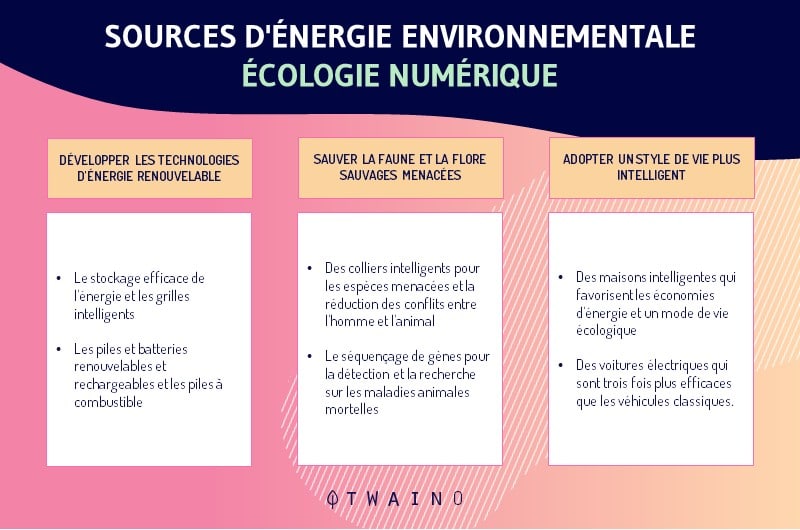
Therefore, they are useful for decision-making in terms of which resources to use as well as how to convert them efficiently into energy.
Indeed, without a good understanding of energy facts through ecology, humans can waste allocated resources by indulging in the indiscriminate burning of fuels or the excessive felling of trees.
Staying informed about green costs therefore allows people to be more frugal with their energy needs and adopt practices that promote conservation such as investing in renewable energy.
1.1.2.4. Promotes respect for the environment
With all the information and recommendations from ecology, respect for the environment is no longer an empty word.
Thanks to people’s awareness of the consequences of their practices with regard to the environment, ecology has encouraged the adoption of a way of life that increasingly protects the environment.
Thus, through understanding it, people tend to live less selfishly and make progress in protecting the interests of all living beings. Because they now realize that survival and the quality of life depend on the sustainability of the environment.
This promotes theemergence of a more harmonious way of life that ensures the longevity of all organisms.
1.1.2.5. Aid in the fight against diseases and pests
Ecologyoffers the world new ways of understanding the behavior of pests and vectors of certain diseases.
Indeed, the study of ecology has provided people with knowledge and techniques on how to manage pests and control certain diseases.
For example, malaria, one of the major killer diseases, is spread by Anopheles.
To combat this disease, humans must first understand how the insect interacts with its environment in terms of competition, sex and reproduction.
Understanding the life cycles and preferred methods of propagation of the different organisms in the ecosystem would then make it possible to have control measures.
Now that you know what ecology is and its importance, let’s take a look at the concept of digital ecology.
1.2. What isDigital Ecology ?
Digital refers to all the technologies that generate, store and process data from IT, telecommunications and the Internet.
Thus, digital ecology can be seen as the science that studies ICT practices, their evolution and their consequences on the environment.
Indeed,we live in the digital age and it goes without saying that it is the biggest industry of our time, and its growth is not about to stop.
However, this sector must be considered as a modern industry insofar as all companies or platforms offering digital services use tangible materials.
For example, companies that offer internet connection services cannot do without their installation networks.
To have a faster Internet connection, these companies do not hesitate to install cables, even across the ocean to connect the continents:
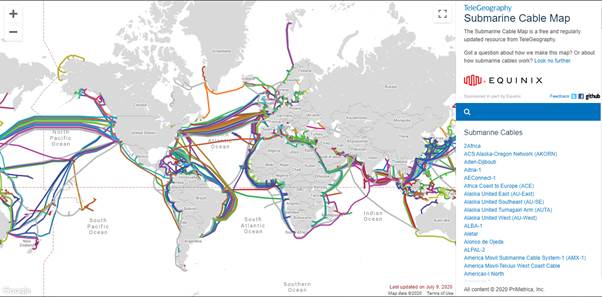
Source : Submarinecablemap
Today, there are approximately 380 submarine cables in service in the worldwide, covering a length of more than 1.2 million kilometers (745,645 miles).
These cables carry almost all of our communications and yet, in a world of wireless networks and smartphones, we are barely aware of their existence.
Obviously, all this is not without consequences for the environment with the high consumption of electrical energy that this implies.
This is because each cable is wrapped in copper, which conducts direct current to power the receivers, sometimes up to 10,000 volts.
It should also be kept in mind that search engines are in fact factories with real, durable and tangible technologies that require millions of gigawatts to operate.
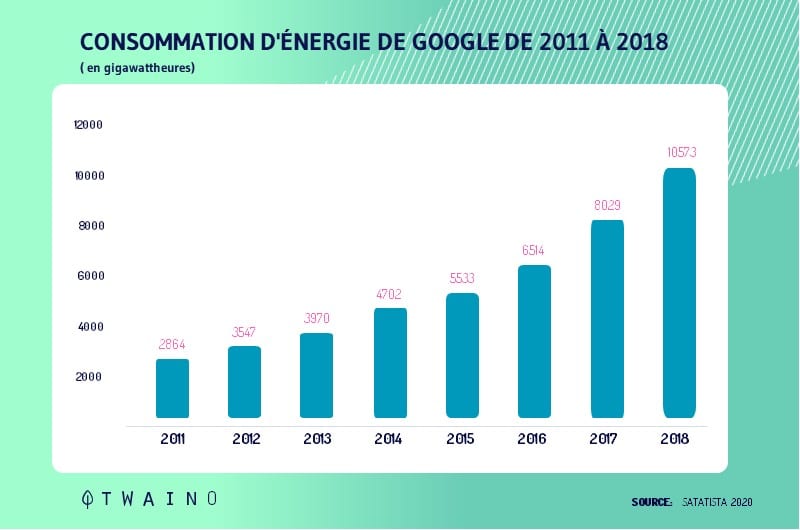
Thus, all our daily actions require energy, fuels from our soils. Be aware that there is gasoline, coal or nuclear energy that is used when you:
- Buy a product online;
- Send an email;
- Post a selfie;
- Store files in the cloud;
- Do a Google search.
And because it is an indirect or almost invisible pollution, we cannot see it as dirty as the dumping of plastic waste in the mother.
In short, we do not realize the existence of this pollution and its impact.
Does this mean that we should stop using digital technology?
The answer is obviously no, we are not going to throw away more than a century of effort. Conversely, the right compromise must be found so that digital technology can make a significant contribution to sustainable development and the environment.
Indeed, the fact that digital technology is almost everywhere has enabled us to be more aware than ever of climate change and environmental issues.
This sector can help us even better in our way of treating the planet, as it already does by helping us to:
- Improve our way of life;
- Increase education;
- Reduce social division or poverty;
- Improve our health system;
- Etc.
But before seeing how digital can help us save our planet, let’s see what its real impact is on it.
Chapter 2: Digital Green Issues
Every query on Google, every email sent, every song or video streamed adds to ever-increasing global demand for electricity and CO2 emissions.
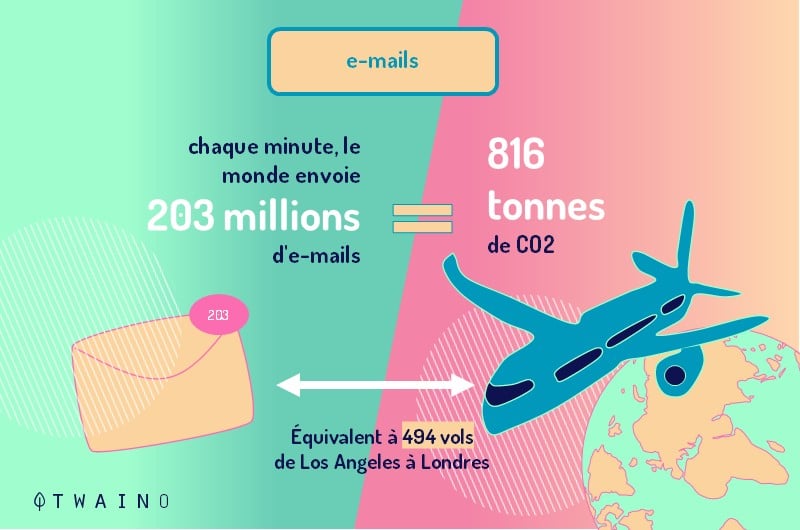
It goes without saying that we are increasingly dependent on ICT or Information and Communication Technologies. This situation has an environmental impact that is becoming difficult to ignore.
Even if we cannot physically touch what we send and receive, the counterpart for the environment is quite heavy.
- The smartphones we use are often produced under operating conditions that are harmful to the environment;
- Energy consumption continues to increase due to the increasing number of people opting for these appliances;
- At the end of their all-too-short life, they end up as toxic electronic waste;
- Etc.
Let’s take a closer look at the impacts of digitization on our environment. First of all, it should be kept in mind that the evaluation of this impact is quite difficult.
2.1. Why is estimating carbon emissions using digital technology complex?
The main difficulty in evaluating remains the exponential evolution of technology.
Indeed, technology has become part of our daily lives by helping us in our activities and in our homes.
It should be noted that the speed with which new technologies reach us is also due to the fact that it is one of the main objectives of the UN :
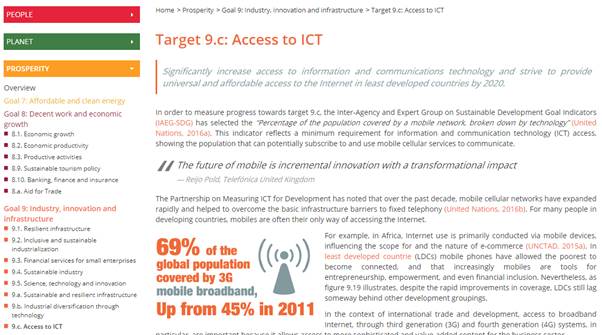
Thus, for its “target 9.c: Access to ICT” , the UN hears:
“Substantially increase access to information and communications technologies and strive to provide universal and affordable access to the internet in the least developed countries by 2020.”
Since this large organization wishes to achieve this objective, it is quite normal to understand why access to new technologies is so easy.
This situation is reinforced by the constant evolution of the ICT sector in terms of use. So, it can be difficult to keep information about your carbon footprint or environmental impact up to date.
That is why there are sometimes incorrect or inconsistent statements on this topic. While some media or studies indicate exaggerated figures, others publish statistics that minimize electricity consumption and carbon emissions:
- Data centers;
- streaming;
- Games ;
- Cryptocurrencies;
- Etc.
Sometimes the comparisons that are made are not relevant since they highlight the full cycle of one area and a particular aspect of another.
You are certainly wondering why it would be important to have relevant figures and analyses.
Indeed, we are already in a situation where we have little time to react and where we no longer have room for error.Did you know that we would have to reduce 7.6% per year in order to achieve a global temperature increase of 1.5°C instead of the 3.2°C we are aiming for?
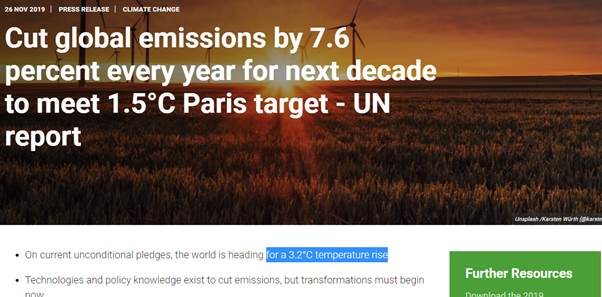
The real question is: How will we manage to meet this challenge if we do not have exact figures? This is why it is essential to have a good understanding of the carbon footprint of different activities.
We all know the consequences of bad information:
- Uncertainties that can lead to inaction;
- Confusion that can cause poor decisions and ineffective actions.
Especially since incorrect information will lead to increased uncertainty and confusion.
It can also lead to inaction or bad decisions, resulting in people only looking to cut carbon emissions slightly while unknowingly leaving the real opportunities for reduction untouched.
2.2. How big is the world’s digital carbon footprint?
Did you know that more than half of the world’s population is online today?
According to Worldometers, we are at the time of writing this article at 4,615,292,101 internet users:
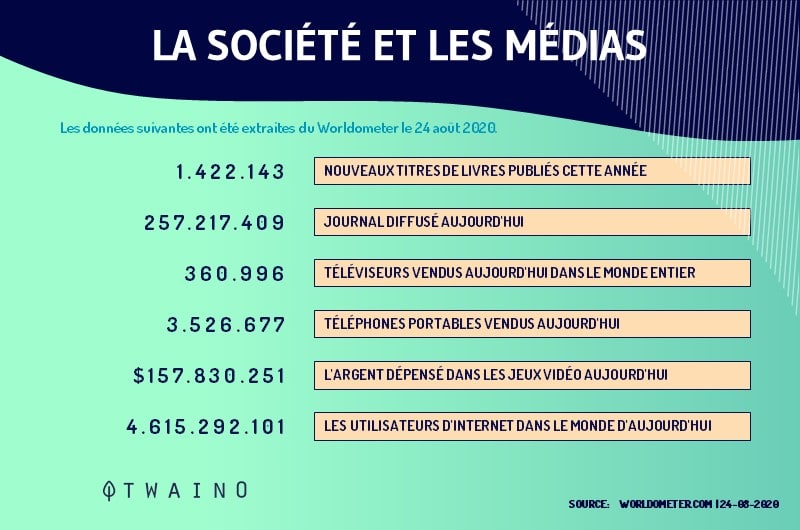
If also we are at 7,797,524,768 people on the planet as the same source tells us, then the internet has 59.19% penetration:
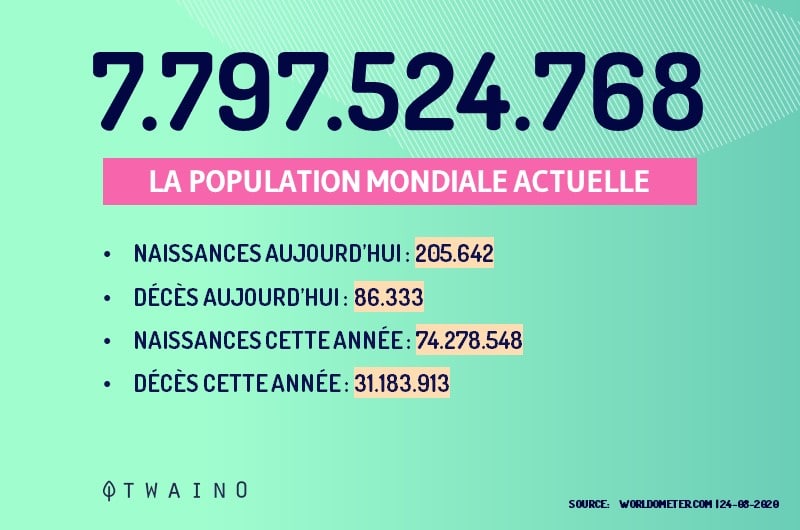
Oberlo sees an annual growth of 8.2%, which is eight times faster than the total population growth of 1%.
With the rise of online businesses such as streaming services and cloud computing, the demand for online and digital services continues to grow.
The non-profit organization The Shift Project reviewed nearly 170 international studies on the environmental impact of digital technologies.
According to experts, their share in global CO2 emissions per year should increase from 2.5 to 4% between 2013 and 2020. And in the worst case, reach 9.4% in 2020.
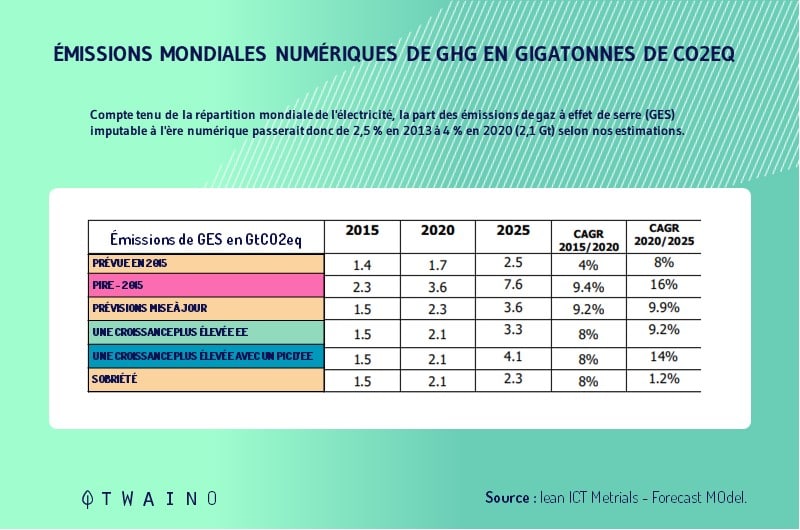
The reality today is such that digital electricity consumption is now increasing by 8.5% each year with a forecast of 50% in 2050.
It should be noted that these figures may vary from one study to another, especially since the consumption of energy of digital technologies is difficult to assess.
In addition to the fact that there is not much to give away, advances in technology and changing consumer habits are causing them to change rapidly.
However, these figures show that our use of digital technologies could now cause more CO2 emissions with an impact on global warming like that of the aeronautics industry.
Let’s dig a little deeper into the subject since this comparison generally comes up:
2.2.1. Comparing the carbon footprint of ICT with emissions from the aviation sector
The total life cycle carbon footprint of the ICT sector is approximately 730 million tonnes of CO2 equivalent (Mt CO2-eq).
Or 1.4% of total global greenhouse gas emissions.
This includes the electricity used by all system equipment during use, but also all other parts of the life cycle, such as manufacturing:
- Networks;
- Data centers;
- Telephones;
- Computers ;
- And other user equipment.
However, the aviation industry is responsible for around 2.4 % of carbon emissions.
Which means that the aeronautical sector is still much more than what some writings suggest. Here is a better comparison made by Ericsson :
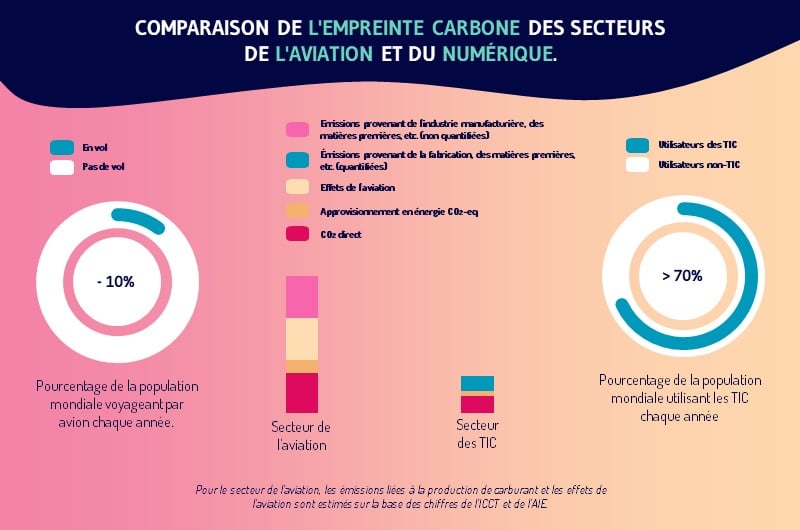
Even if it is difficult to establish precise figures, it is clear that our digital world has a huge appetite for energy. Especially when we include the use and production of our digital devices.
2.2.2. Which digital activities consume the most energy?
Jens Gröger, senior researcher at the Öko-Institut, says that each search query emits around 1.45 grams of CO2.
He estimates that if we use a search engine to do around 50 searches a day, it produces a whopping 26 kilograms of CO2 per year:
Doesn’t that sound like a lot? Not on an individual level. But Google itself, in its 2019 environmental, puts its carbon footprint for 2018 at more than 19 million tons of CO2 and its electrical energy consumption at more than 10.5 terawatt hours (TWh).
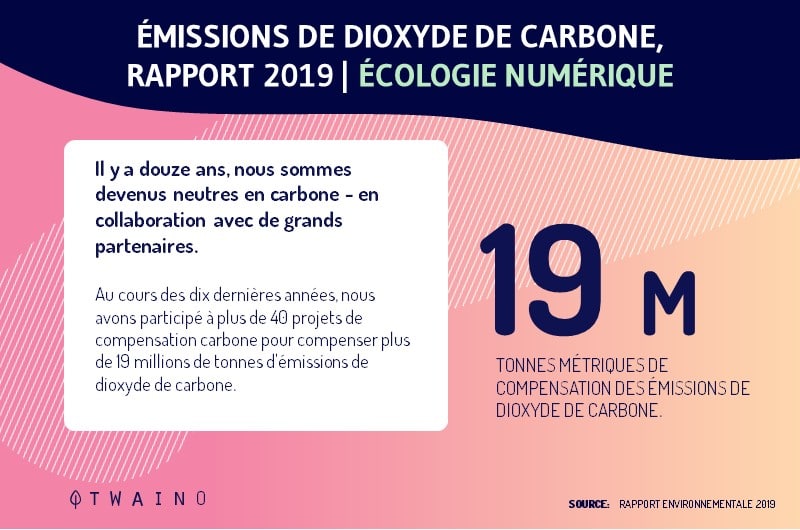
But online searches are by no means the heart of the matter: One of the main causes of the enormous power consumption of the internet is actually music and video streaming.
2.2.2.1. Streaming video
According to research conducted by the Shift Project, 80% of all data travels on the net in the form of moving images. Online videos alone account for nearly 60% of data transfers worldwide.
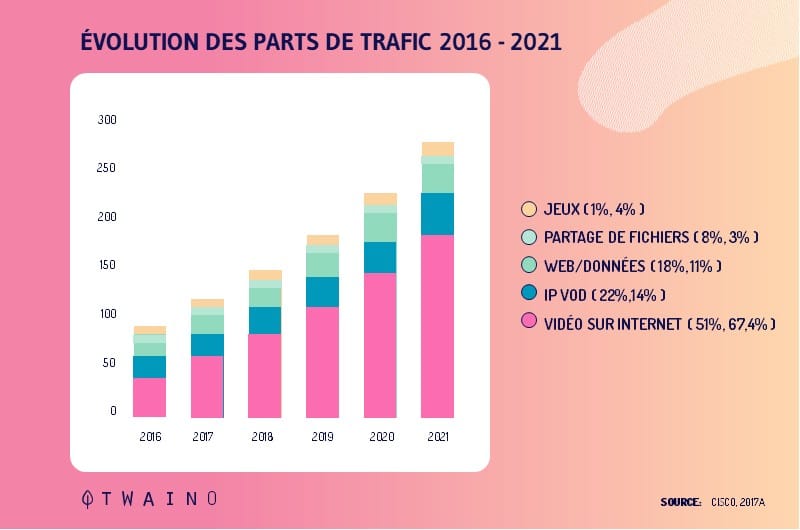
Indeed, the transmission of these moving images requires enormous amounts of data. And the higher the resolution, the more data is sent and received.
For example, spending 10 minutes streaming high-definition video on a smartphone is equivalent to using a 2000W electric oven on full power for 5 minutes.
According to Newscientist, the average CO2 consumption of streaming online videos is over 300 million tons per year.
This is almost the same amount as that emitted by all of Spain in a year:
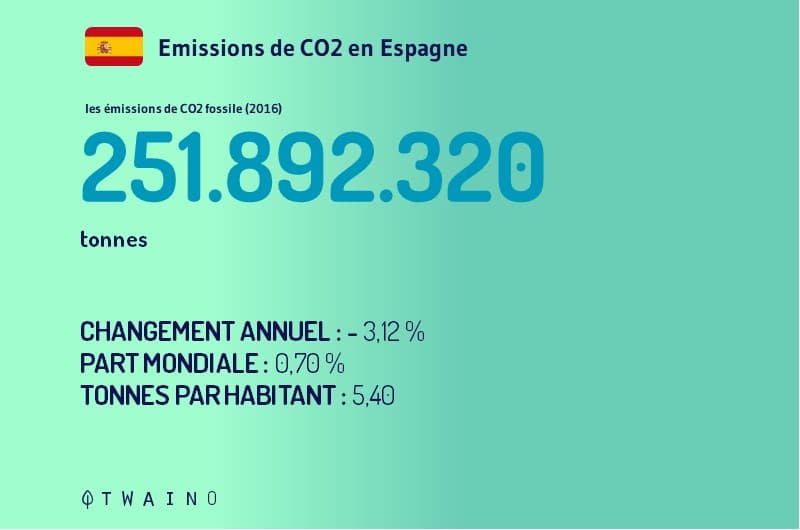
Another analysis suggests that streaming a Netflix video in 2019 consumed in general 0.12 to 0.24 kWh of electricity per hour, which is about 25 to 53 times less than Project Shift estimates.
At this level, the figures also tend not to be consistent:
Iea points out that while streaming video results in high greenhouse gas emissions, no one knows exactly how high those numbers are.
Concrete figures are difficult to determine, as the results are highly dependent on the choice of device, type of network connection and resolution:
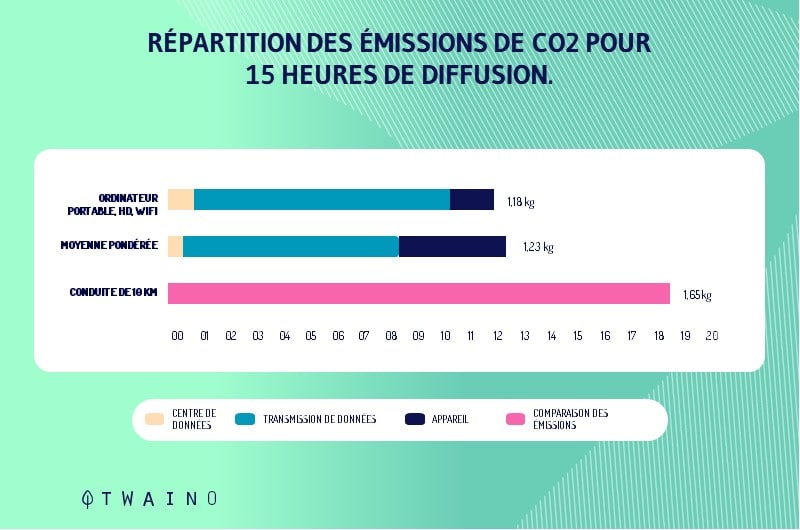
Using the internet on a mobile phone is the most energy-consuming, because buildings, vegetation and weather conditions weaken electromagnetic waves.
This means that higher transmission power is required. But even with old copper cables, the signal needs to be boosted, especially over long distances.
Fiber optic cables, which transmit signals through light, are perhaps the most efficient form of transmission technology.
Fueled by the average global electricity mix, streaming a 30-minute show on Netflix would currently release 28-57 grams of CO2. This is approximately 27 to 57 times less than the 1.6 kg of the Shift project.
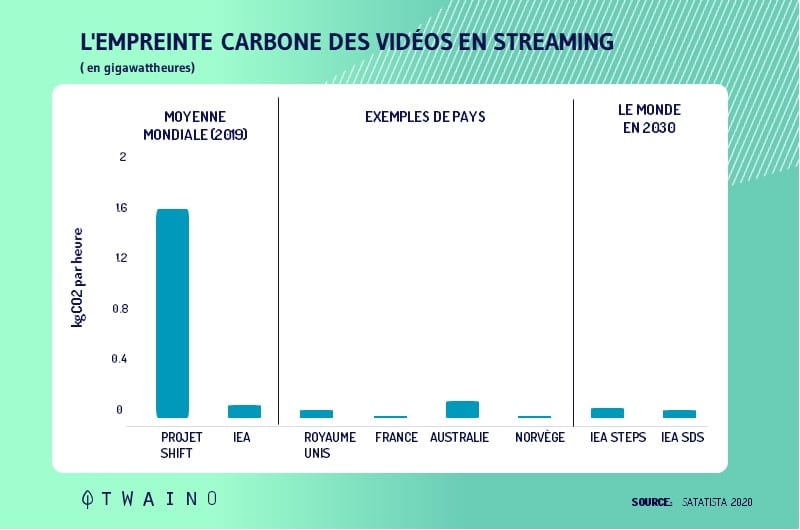
Ralph Hintemann and his research group calculated that streaming one hour of video in Full HD requires approximately 220 to 370 watt-hours of electrical power, depending on whether the video is streamed to a tablet or a TV.
This represents approximately 100 to 175 grams of carbon dioxide and would be equivalent to driving a kilometer in a small car.
Music streaming is also very bad: A new study from the universities of Glasgow and Oslo shows that music streaming services emitted between 200 and 350 million kilograms of greenhouse gases in 2015 and 2016.
This means that the use of streaming services such as Spotify or Apple Music is in many cases more harmful to the climate than the production (and subsequent disposal) of CDs or records.
2.2.2.2. Cloud computing
Cloud computing is another major consumer of energy. It is a system in which data is no longer stored locally on a computer or smartphone, but on servers that can be located anywhere in the world. Which means it can be accessed anytime, anywhere.
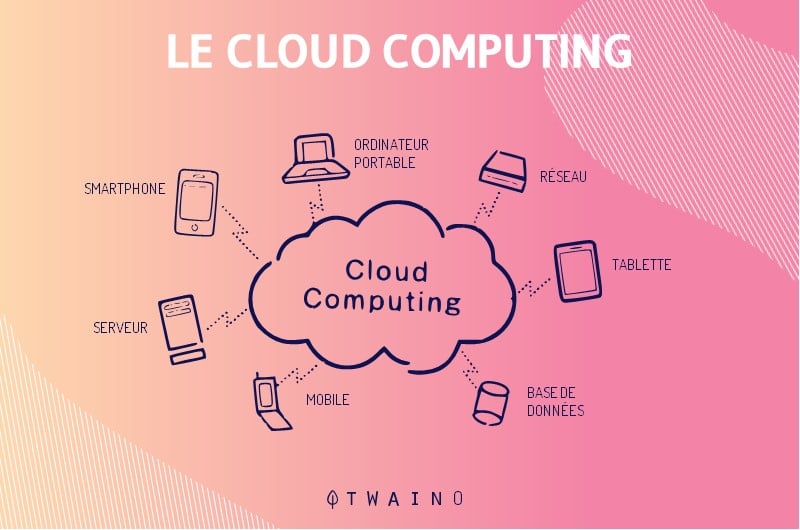
Checking emails via Gmail and backing up photos to the cloud are just two examples of such services.
2.2.2.3. Blockchain and cryptocurrencies
Most cryptocurrencies also consume large amounts of energy. Bitcoin, probably the most well-known digital currency, is an example of this. According to Bitcoin Energy Consumption Index calculations (2018), a single bitcoin transaction consumes approximately 819 kWh. The same amount of energy could run a 150 watt refrigerator for about eight months.
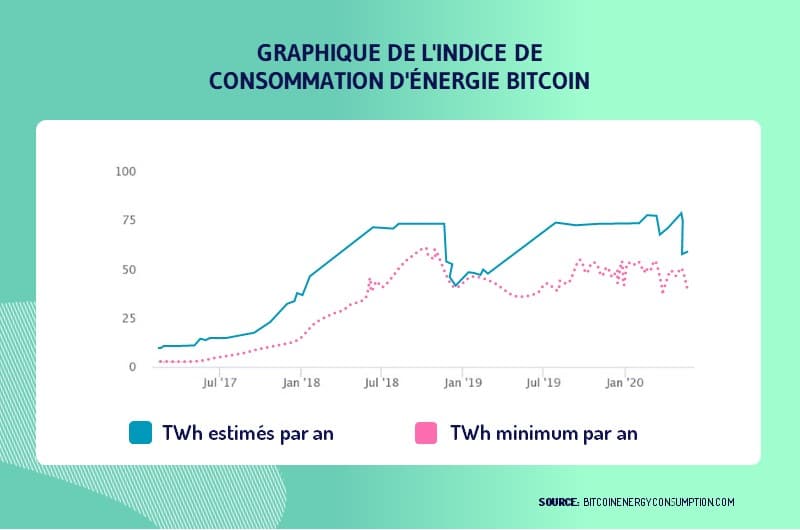
And in a 2018 study, the Technical University of Munich determined that the entire Bitcoin system produces around 22 megatons of carbon dioxide per year, which matches the CO2 footprint of cities like Hamburg, Vienna or Las Vegas. Vegas.
But it’s not just the bitcoin chain that’s power-hungry. Other blockchains and distributed ledger technologies (DLT) also cause huge energy demand.
Our digital energy consumption is not only determined by what we do, but also how we do it, the software we use also has a big impact.
For example, less efficient word processing requires four times more energy to process the same document than efficient processing.
At the same time, software updates often cause computers or smartphones to slow down or stop working, forcing consumers to buy new hardware.
And in the future, the growing demand for electricity linked to digitalization will certainly also be stimulated by an increase in smart technologies.
Like the ones we increasingly use at home, in the IoT, in industry and in our increasingly digitized cities.
2.2.3. The data center problem with energy consumption
According to Forbes, data centers worldwide used 416 terawatts of electricity, which is 40% more energy than the United Kingdom.
Likewise, this amount consumed will double every four (4) years. This also supposes the construction of several power plants to supply the electricity necessary for the operation of the data centers.
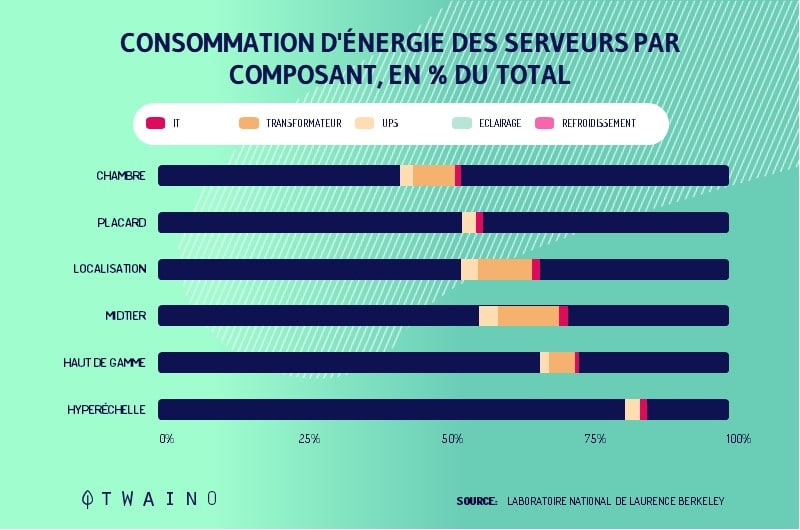
As you can see, data centers alone consume a considerable amount of electrical energy.
However, remember that these estimates can be seen as better in comparison with the energy consumption of data centers.
Indeed, between 2000 and 2005 the energy consumption at the level of data centers had reached 90% in the United States.
rate observed between 2010 and 2014 (4%) shows how much data center suppliers are working to improve the energy consumption of data centers.
The solutions they have found include, among other things:
- Server virtualization;
- The adoption of best practices in data management;
- Cloud Computing.
But beyond the advantages resulting from these solutions, it is important to find other solutions going in the direction of an improvement of the capacity of consumption of the data centers.
Thus, to improve the energy performance of data centers, you can limit the expenses due to data center cooling Since data
centers generate a lot of heat, it would be better, for example, to reduce the costs of ventilation and air conditioning by setting the temperature of equipment to a reasonable level.
You can also:
- Strategically arrange the equipment so that air enters the room;
- Consolidate virtual machines;
- Replace obsolete equipment;
- Install air savers;
- Synchronize your server capacity with loads.
Let us now turn to the problem of electronic waste:
2.2.4. Electronic waste
project Shift also highlights another problem related to digital consumption.
He qualifies this consumption as polarized since in 2018:
“person in the United States has almost 10 connected digital devices and consumes about 140 gigabytes of data per month, while an Indian has 1 and consumes 2.”
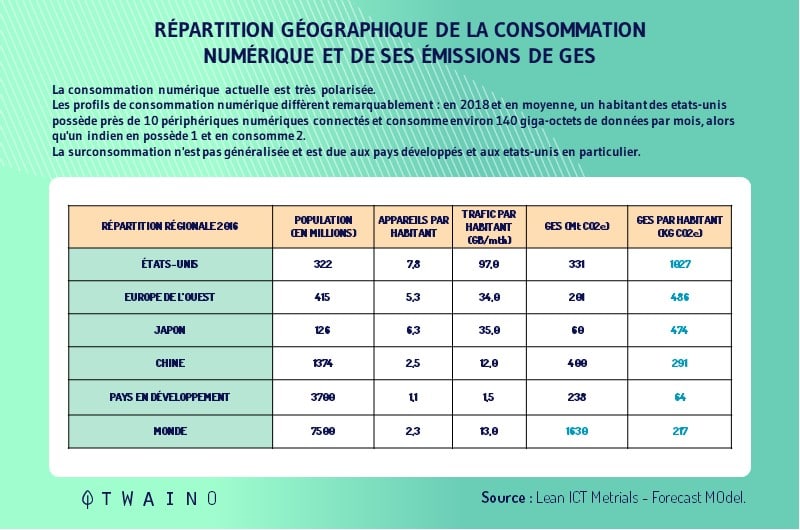
Aapart from the USA, there are also the countries of Eastern Europe and Japan which have a large number of peripheries per inhabitant.
The real question concerns the end of life of these devices when they are going to be replaced.
Indeed, once we get another device, many do not hesitate to literally throw away their old device.
Statista estimates that the replacement cycle for smartphones is 2.87% for the year 2020 for consumers:
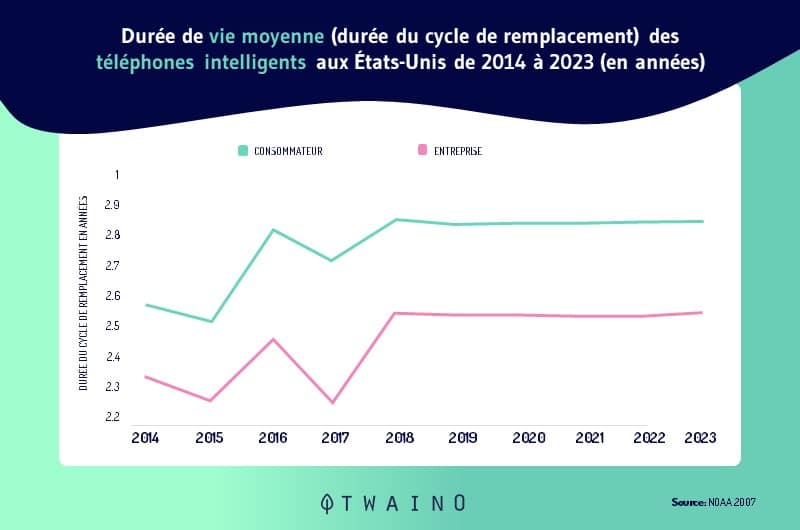
This would mean that a smartphone is replaced after 2.87 years of use, which is approximately 34 months. One could call this figure quite reasonable, but it is disputed by that of Theworldcounts which is 18 months.
Although the statistics are varied, one thing is certain: We usually change our phones before they are completely out of order.
And even if they are, electronic waste or obsolete electronic equipment is a fairly significant ecological problem, in particular:
- Computers;
- Smartphones;
- And televisions.
In 2019, the world produced 53.6 Mt of electronic waste, an average of 7.3 kg per capita.
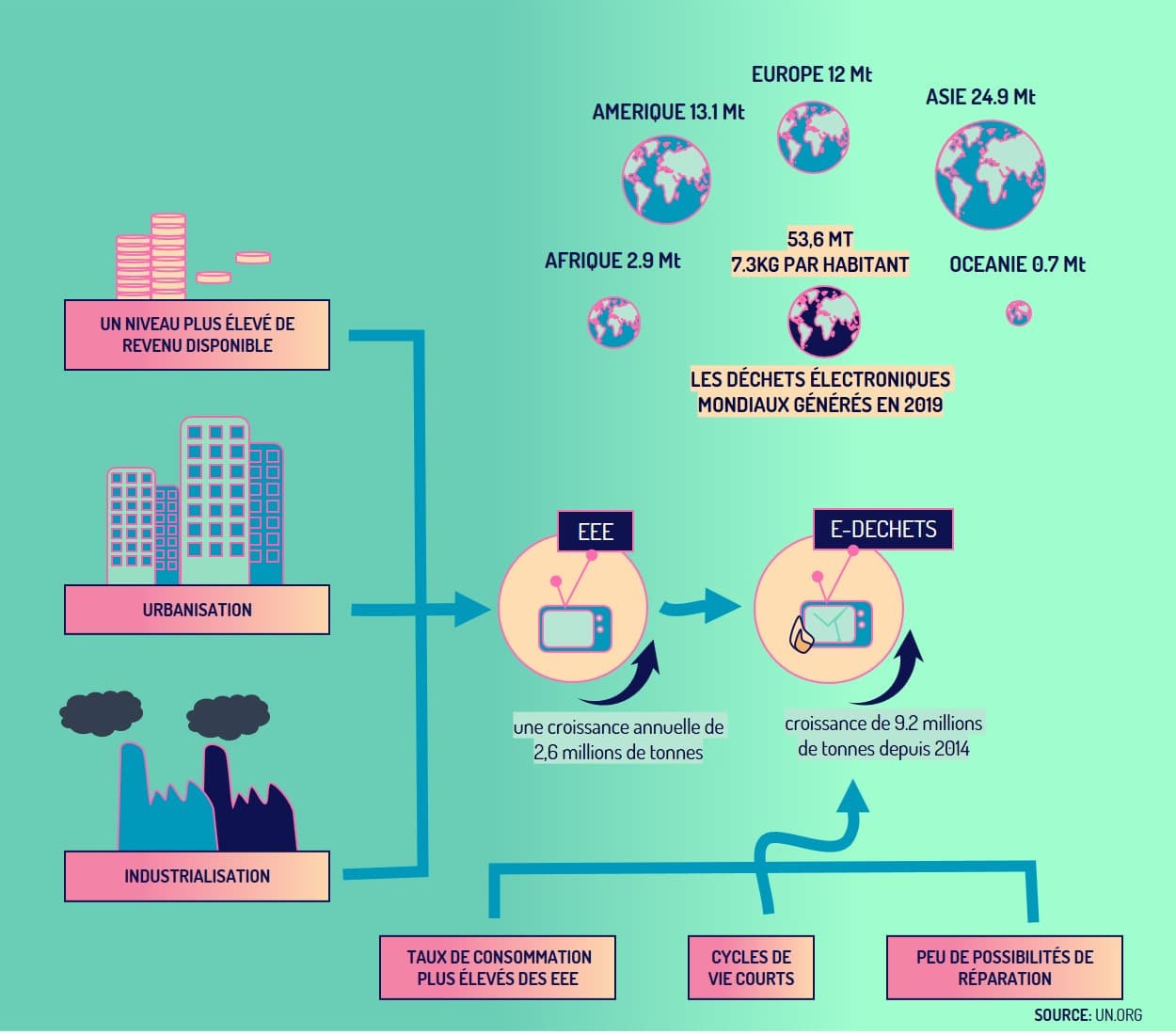
Moreover, it represents 70% of all our toxic waste. We can agree, this is a real problem.
At the moment this article is being written, we are already at more than 27 million tons of electronic waste:
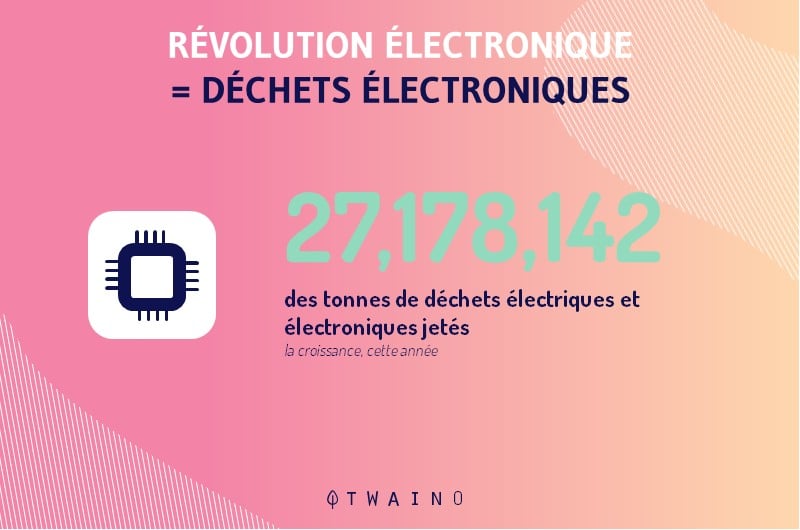
One could say that being electronic waste, companies should be able to recycle it. This is indeed the case, but not as we would like.
Indeed, only 17.4% of electronic waste is documented and recycled:
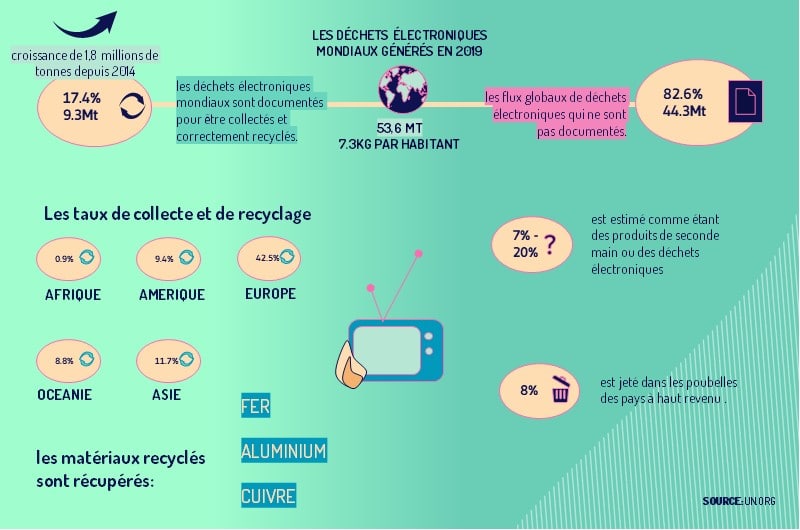
And 82.6% is not documented and sent to landfills, those that are burned release harmful toxins into the air:
- Mercury;
- The lead ;
- Arsenic;
- Cadmium;
- Selenium;
- Chromium;
- Etc.
Most of these substances are harmful to the environment, but can act directly on our health.
These figures are likely to change in the years to come:
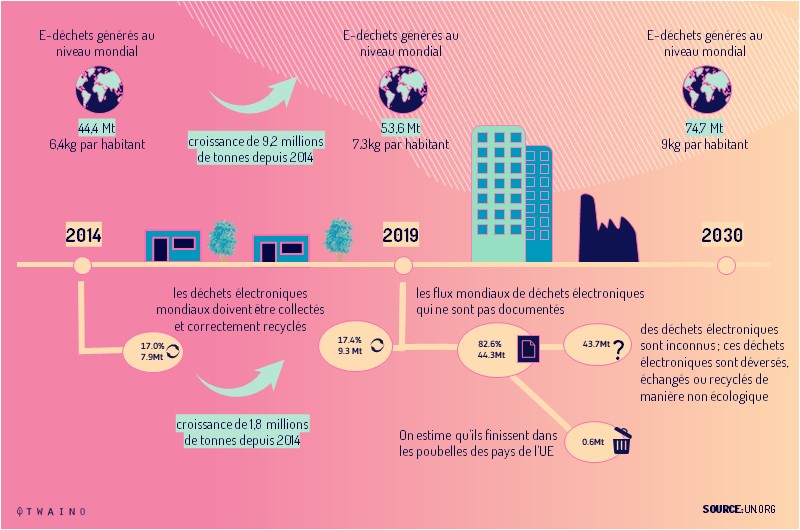
And it is important to know that while the vast majority of electronic waste is produced by developed countries, most of it is dismantled and treated in “electronic landfills” in developing countries.
The International Telecommunication Union or ITU has partnered with several other institutions to:
- Promote recycling;
- Reduce e-waste disposal;
- Fight against illegal landfills;
- Etc.
This global partnership makes it possible in particular to collect relevant data to establish statistics on e-waste.
While recycling e-waste might seem like the most reasonable option, it also comes at a cost.
Contact with harmful toxic materials such as lead, chromium and cadmium can trigger serious health problems, including respiratory diseases and lung cancer to which working children are particularly vulnerable.
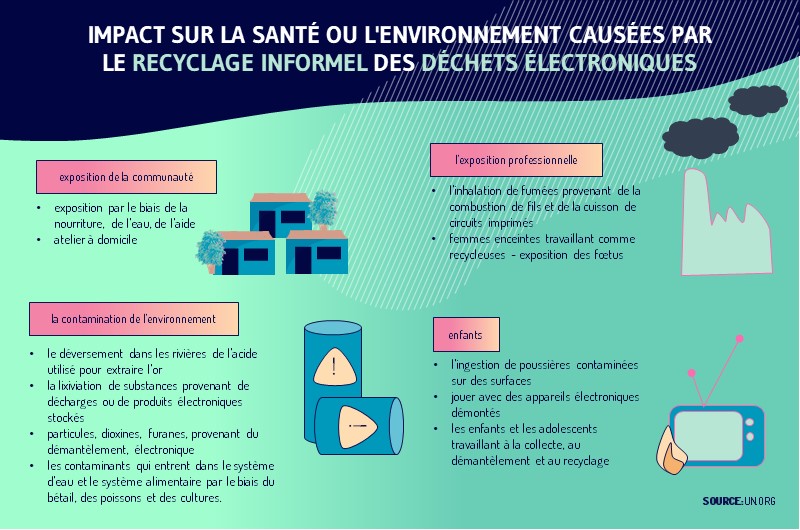
Despite the astronomical amount of electronic waste, the demand for new high-tech gadgets continues to grow and worsen the consequences on the environment.
Almost all digital technologies contain metals and minerals called “rare earths”. A smartphone would contain 16 of the 17 different rare earth metals that are essential to its functioning.
These include copper, for example, which is struggling to sustain demand:
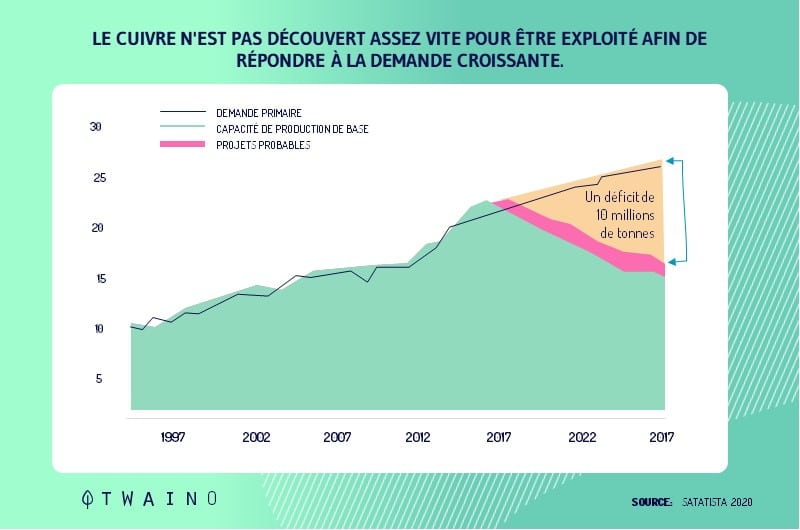 En effet, bien que les métaux eux-mêmes ne soient pas rares, le processus d’extraction soulève de graves préoccupations environnementales étant donné :
En effet, bien que les métaux eux-mêmes ne soient pas rares, le processus d’extraction soulève de graves préoccupations environnementales étant donné :
Indeed, although the metals themselves are not rare, the extraction process raises serious environmental concerns given that
- : it contaminates the water with the chemicals used in the extraction process;
- That it causes significant damage to the soil;
- And that it requires costly cleaning operations.
This is why this kind of metal is sometimes only recycled from electronic waste. But still, the health cost is quite high and we should also think about the mechanism:
- Collection;
- Treatment ;
- Jurisdictional;
- Sanitary;
- Etc.
Which brings us to the next problem:
2.3. Digital in relation to air pollution and the depletion of resources
2.3.1. Air Pollution Air
pollution occurs when harmful or excessive amounts of gases such as:
- Carbon dioxide;
- Carbon monoxide;
- sulfur dioxide;
- Nitric oxide;
- And methane are introduced into the earth’s atmosphere.
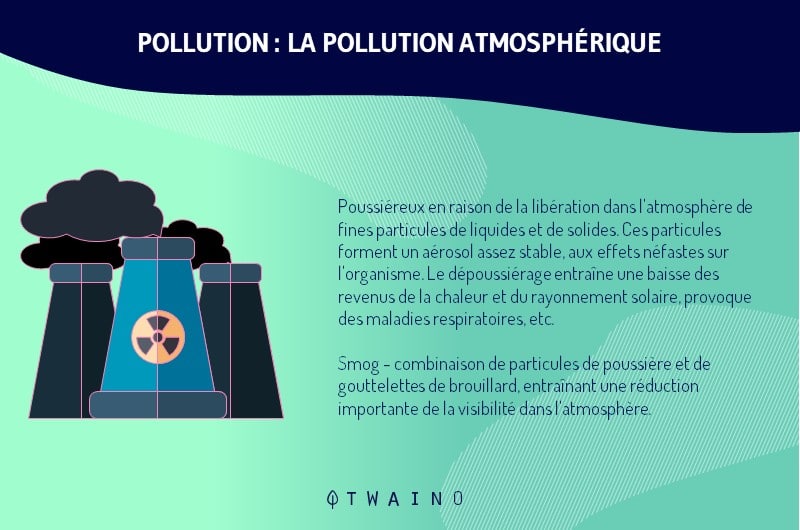
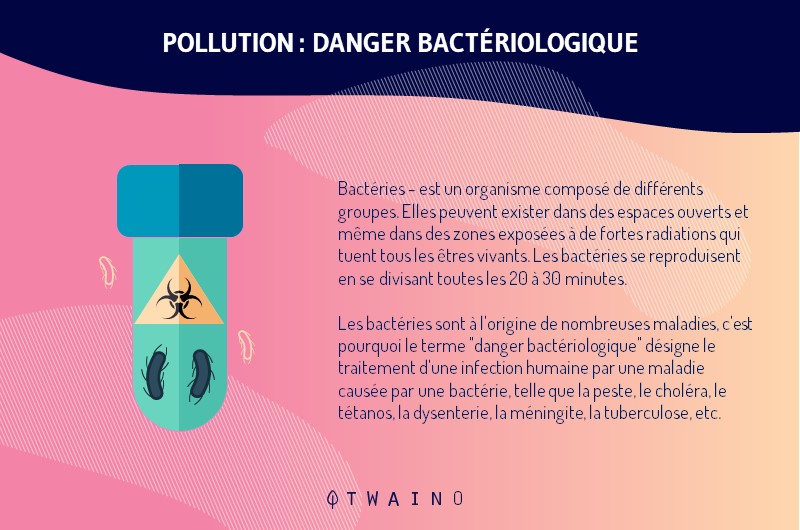
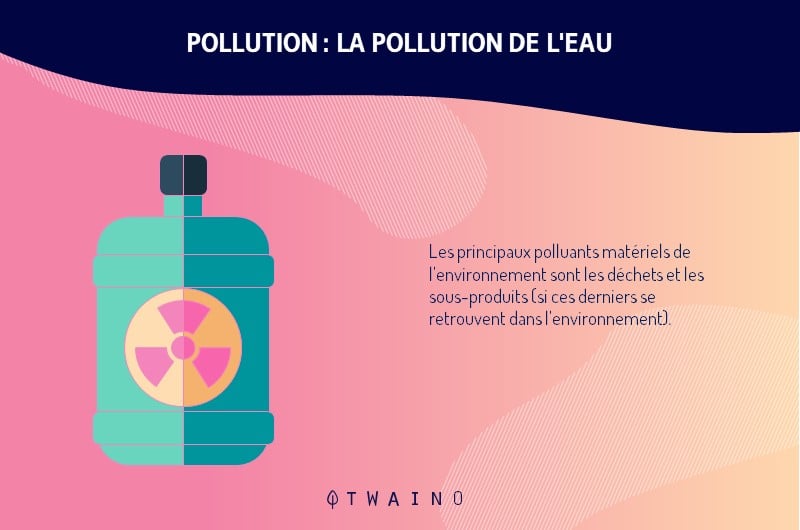
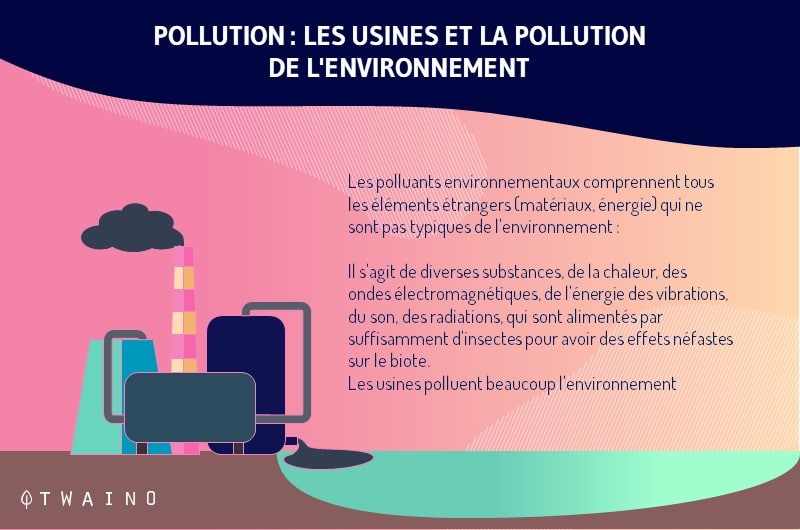
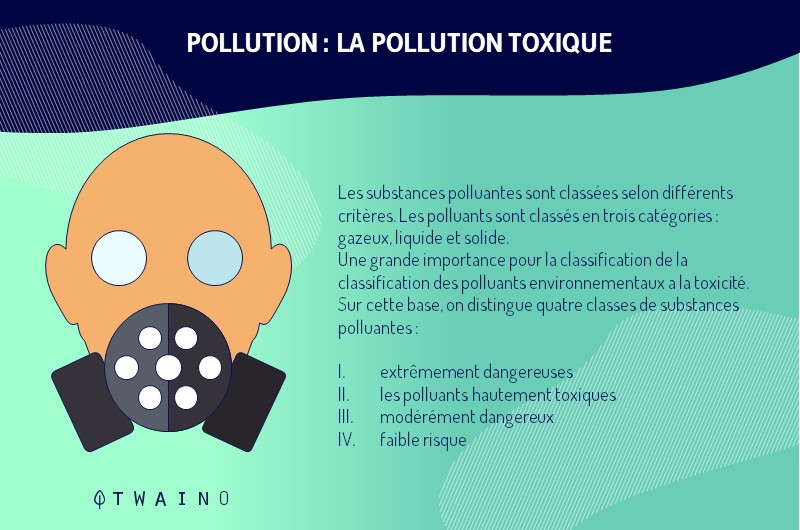
The main sources concern all the technologies that emerged as a result of the industrial revolution:
- The combustion of fossil fuels;
- The factories ;
- Power plants;
- Mass agriculture;
- The vehicles ;
- And digital.
Even if it is not visible in the same way as the other causes of air pollution, digital activities also contribute to air pollution.
This is justified by the huge amount of computer gadgets that we use and which are a major source of energy consumption.
Indeed, every time we use our smartphones, computers and all other computing tools, we leave a considerable carbon footprint.
This contributes to air pollution, the consequences of which include:
- Negative effects on the health of humans and animals;
- Global warming which results in the increased amount of greenhouse gases in the air which trap heat energy in the earth’s atmosphere and raise global temperatures.
2.3.2. Depletion of natural
resources Natural resources are those that exist without humans having created them and they can be renewable or non-renewable.
The depletion of these resources is another negative impact of technology on the environment.
It refers to consuming a resource faster than it can be replenished.
There are several types of resource depletion, the most serious being:
- Depletion of aquifers;
- Deforestation ;
- Extraction of fossil fuels and minerals;
- Contamination of resources;
- Soil erosion;
- And the overconsumption of resources.
All of these forms of depletion result primarily
- from agriculture;
- Mining;
- Water use;
- Fossil fuel consumption.
Activities that have grown thanks to technological progress and more precisely thanks to digital progress.
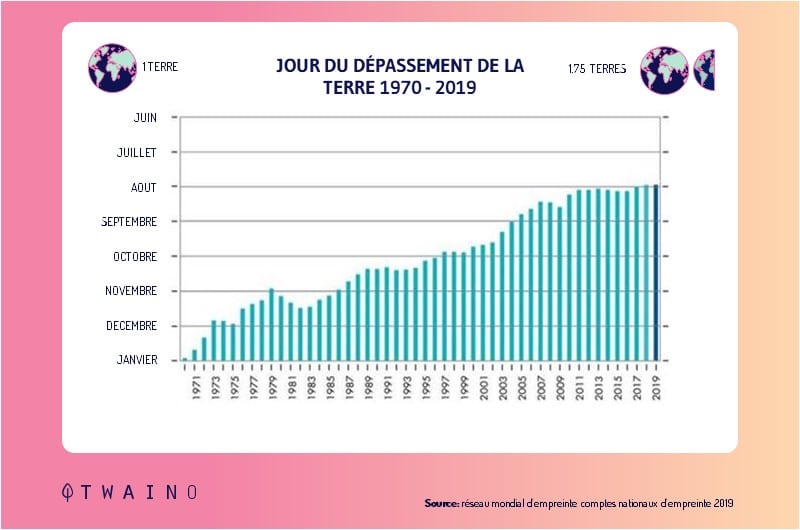
One of the consequences of the rise of these activities is the impossibility for the earth to cover the resource demands of humanity. In other words, the increase in the ecological impact of humanity.
The site the notebooks of sustainable development, teaches us on this subject that by 2030, humanity will need two planets to cover the needs of humanity if nothing is done to reduce the ecological impact.
Indeed,since the industrial revolution, large-scale mining and oil exploitation has increased, leading to more and more natural depletion of oil and minerals.
Combined with the advances in technology, development and research, the exploitation of minerals has become easier and humans do not hesitate to dig deeper to seek the resources.
This naturally led many resources to go into production decline.
Similarly, the consequences of deforestation have never been so serious, notre-planète.info reports on this subject that the earth has lost 178 million hectares of forest since 1990.
Agriculture, logging for the fuel, residential areas and demographic pressure being the main causes.
We know that the digital industry produces a lot of CO2, but what impact does it really have on the planet.
2.4. CO2 and its effects on the planet
Carbon dioxide is present in the air in a natural way. It is involved in photosynthesis and participates in the development of plants. It is also produced by the combustion of fossil fuels such as coal, natural gas or oil, etc.
Since the industrial revolution until today the levels of dioxide have increased considerably from 280 ppmv (part per million by volume ) in 1850 has more than 413 ppmv in 2019.
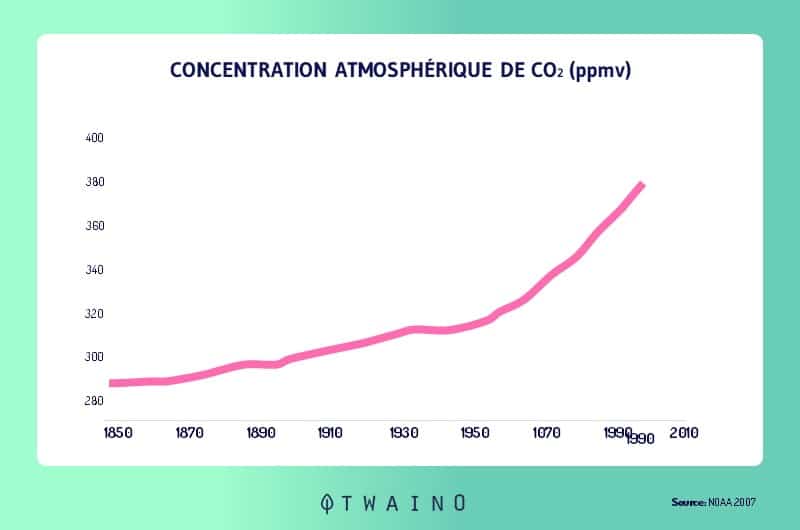
Its increase in the atmosphere acts on several other elements and is at the origin of several changes that are grouped under the expression climate change.
Among these effects, I can cite:
2 4.1. Climate change
Climate change or global warming corresponds to the modification of the composition of the Earth’s atmosphere by greenhouse gas emissions produced by human activities.
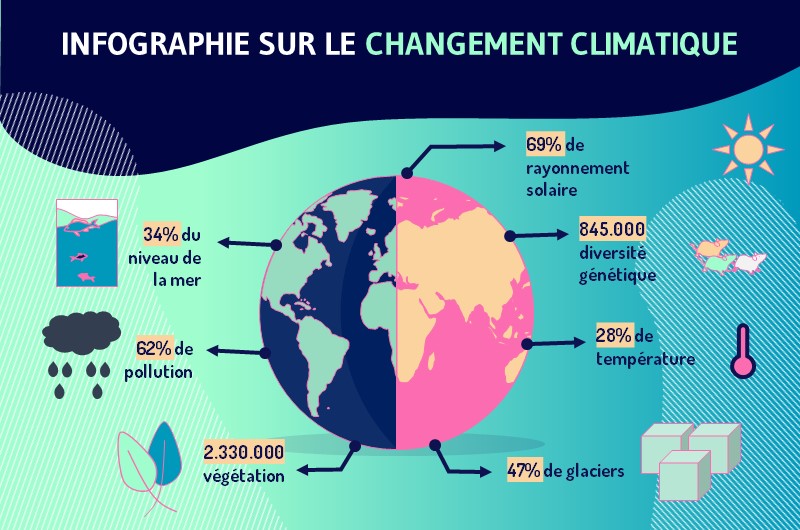
Then, thestrong presence of greenhouse gases such as carbon dioxide in the atmosphere is at the origin of the retention of solar rays which subsequently causes an increase in air temperature and oceans.
This is not without consequences. I can cite as an example acid rain due to the mixing of humidity with emissions from fossil fuel power plants.
2.8.2. Acidity in the oceans
Another consequence of the strong presence of carbon dioxide in the atmosphere is the acidity of the oceans.
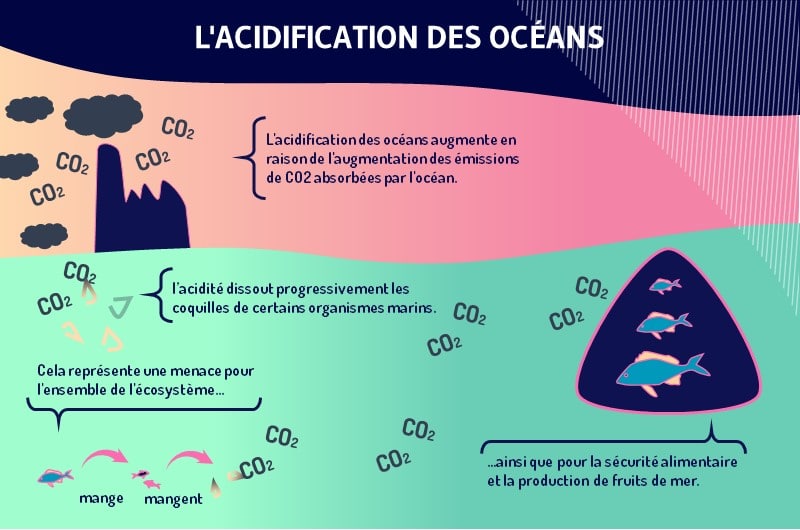
Indeed, part of the carbon dioxide contained in the atmosphere is dissolved in the oceans. This causes the formation of carbonic acid which is then responsible for an increase in the acidity of ocean water.
This acidity can affect the life of certain marine species. Likewise, it should be noted that carbon dioxide is also responsible for the increase in sea temperatures.
2.8.4. The drought of plants
Carbon dioxide participates in the process of photosynthesis and therefore in the development of plants.

However, its high concentration in the atmosphere can be a factor in plant drought.
Indeed, a large amount of CO2 in the atmosphere is likely to increase and prolong warm temperatures.
In lack of moisture, it then follows a slowdown in plant growth. This combined with the absence of water makes them more sensitive to fires and insects.
2.8.5. Respiratory problems
In humans, the strong presence of greenhouse gases in the atmosphere is the cause of breathing difficulties.
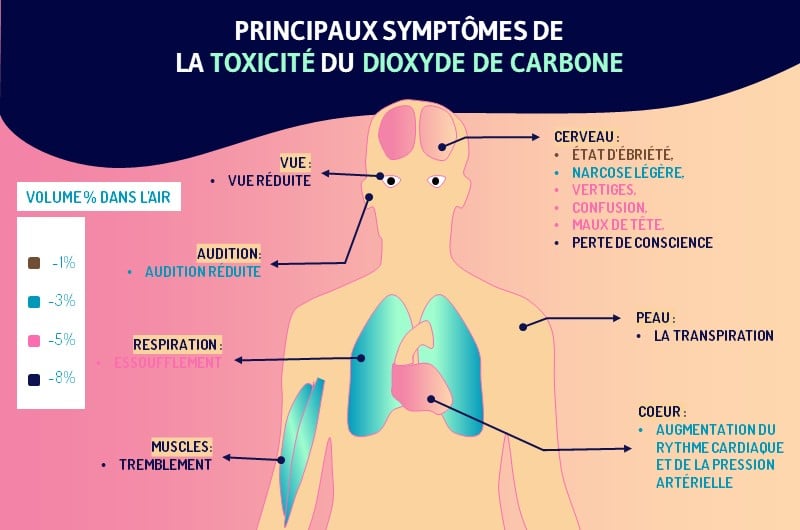
Indeed, according to the respire-asso :
“The air today contains around 0.04% CO2. From a certain concentration in the air, this gas is dangerous or even fatal. The exposure limit value is 3% over a period of 15 minutes. This value should never be exceeded. Beyond that, the health effects are all the more serious as the CO2 content increases. Thus, at 2% CO2 in the air, the respiratory amplitude increases. At 4%, the respiratory rate increases. At 10%, visual disturbances, tremors and sweating may appear. At 15%, it’s sudden loss of consciousness. At 25%, respiratory arrest leading to death”.
Note also that the strong presence of carbon dioxide in an environment can indicate the presence at a high level of other atmospheric pollutants such as volatile organic compounds.
CO2 also contributes to the melting of ice and the weakening of the ozone layer.
In view of all this, it is important that actions be taken to reduce greenhouse gases.
Chapter 3: What are good practices for an efficient digital ecology?
As you can see, every action we do on the web results in CO2 emissions.
In this chapter you will find not only the practices to adopt for a sustainable digital ecology, but also those to adopt as a website owner.
3.1. Practices that everyone should adopt for a more sustainable digital ecology
Here are some good practices to adopt to reduce the consequences of digital technology on the environment.
3.1.1. Unite Internet users on the impact of digital on the environment
If we can make people understand what a connection implies, the time spent on social networks, a movie streaming or an e-mail sent, we can start to change our behavior.
Indeed, it turns out that 73% of French people are unaware of the meaning of digital or digital ecology.
Nevertheless, 90% of us believe that this is a major issue when we understand what it is.
This shows that informing Internet users of the impact of their various actions could be the source of many initiatives.
It is also necessary to federate the actors of renewable energies and the most polluting companies to find a way to work together.
3.1.2. RENEWABLE ENERGY: The planet is broken
Until today, the digital industry is powered by fossil fuels. So we still use coal, gas, nuclear… whose exploitation and use damage the earth’s soils and produce greenhouse gases.
The fact that energy consumption continues to increase at the digital level should force us to turn to green energies. Giants such as Google , for example, have already started these steps:
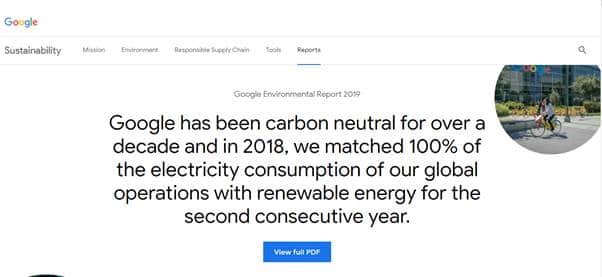
And Facebook is not the rest since it plans to use 100% renewable energy by the end of 2020:

Microsoft is still lagging behind since its data centers which operate with 60% renewable energy by 2020.
Amazon also plans to reach 100% renewable energy by 2040.
Switching to green energy is a must that we must all adopt.
3.1.3. Choose to reduce energy consumption
Protecting the environment through technology is also part of digital ecology.
For example, the common sharing of certain goods (cars) advocated by companies such as UBER contributes to reducing the overload of user spaces.
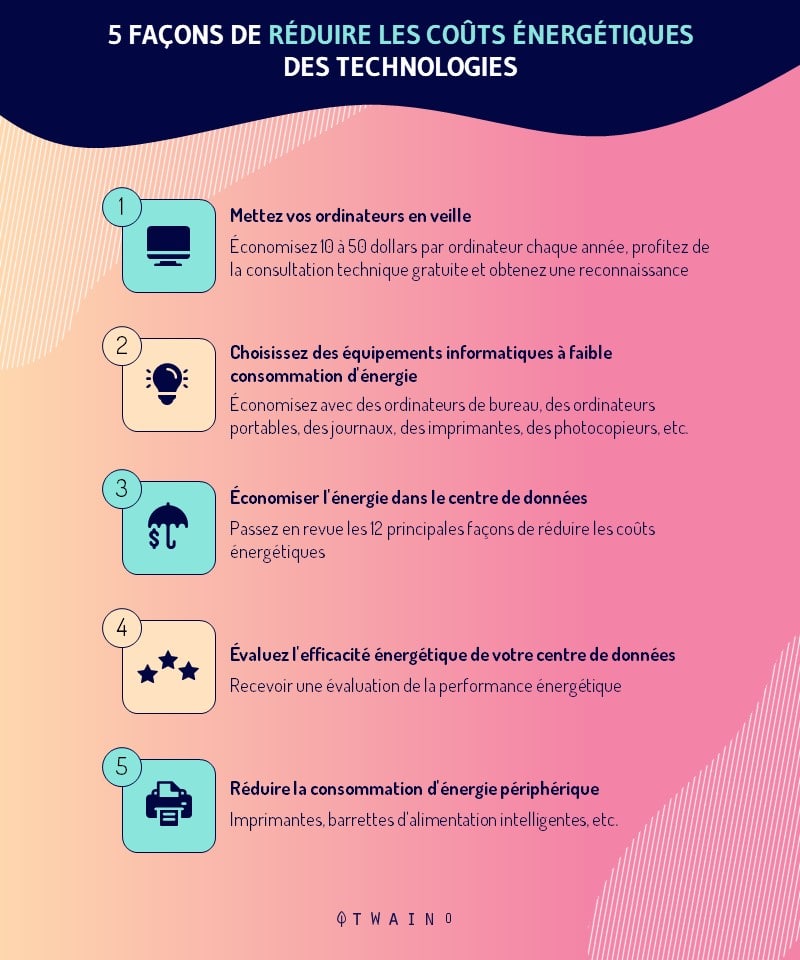
Similarly, electric cars help to preserve the environment, especially with regard to the reduction of greenhouse gases.
With more and more homes around the world becoming “smarter”, a large number of devices such as smart meters, smart thermostats and motion-activated light sensors are helping to reduce electricity waste.
Now homes and businesses consume less and less energy. All these technologies are part of a change for the well-being of the environment.
3.1.4. Privilege virtual activities
As we mentioned above, the Digitalization is having a positive impact on all industries.
The tourism industry is no exception. Today, every country is highlighting its tourism sector as it plays a vital role in increasing economic growth.
But, a booming tourist industry can cause deforestation as it would require more space for the construction of hotels, resorts, etc.
Therefore, the solution may be be found in virtual tourism. This youtube video of i-tourism will give you an idea of what virtual tourism is.
Today in the digital age this practice is expanding rapidly, it allows people to explore their favorite destinations while staying at home. Operating through virtual reality technology, visitors enjoy the best tourist destinations without going to the scene.
Apart from tourism, another sector that can be virtualized for the well-being of the environment can be offices.
The creation of virtual offices will be a great effort to create balance in our ecosystem.
It will enable the successful use of air conditioners, vehicles, etc.
3.1.5. Increase the lifespan of your devices
From the moment they are put on sale until they malfunction, the electronic devices used by Internet users to connect to the Internet (smartphones, tablets and computers) have an impact on the environment . They represent 47% of greenhouse gas emissions produced by digital technology. Which means that their overconsumption is very dangerous.
Faced with this observation, the solution is to choose the right devices by:
- Opting for economical devices that can be recycled;
- Choosing a multifunction device rather than several devices;
- Ensuring the maintenance of the devices we use by setting up antivirus software;
- Recycling these devices rather than throwing them away.
3.1.6. Use digital to provide transparency in operations, asset and supplier tracking
Digital technology can be used to better understand and reduce the environmental impact of different supply chains within a structure.
Thus, the data that you will collect using the dashboards will allow you to:
- Compare suppliers;
- To analyze the environmental responsibility of companies;
- And identify areas for improvement.
3.1.7. Comply with government-issued digital ecology
guidelines Government-issued guidelines cover in one way or another:
- Disposal of e-waste;
- Clean energy supply;
- Improving data center efficiency.
It would therefore be interesting for most companies to comply with these different standards to improve their impact on the environment.
3.1.8. Integrate the principles of thecircular economy.
To reduce the environmental impact of their business and decouple future growth from resource constraints, organizations must integrate circular economy principles into their operations.
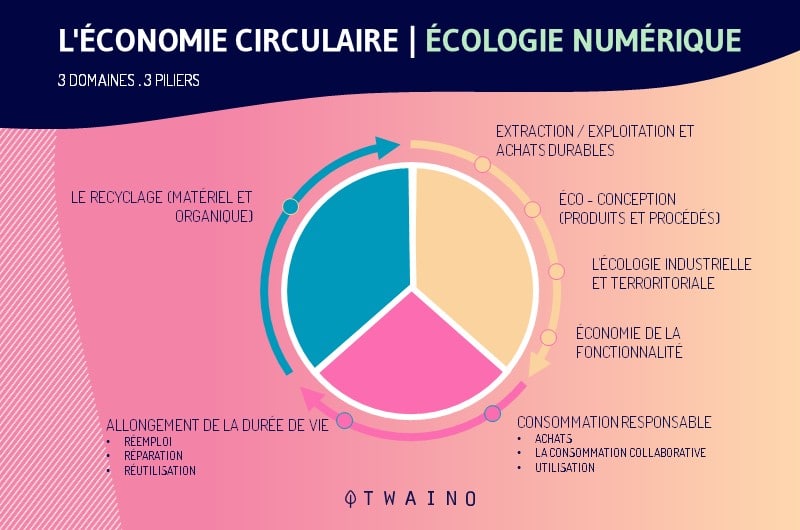
For example, they will need to:
- Prioritize the creation of recyclable products or products that can be collected;
- Offer services that facilitate the use of existing assets;
- Create collaborative platforms that connect sellers and buyers.
3.1.9. Collaborate to share excess capacity or waste streams between businesses and industries.
Companies should look to other companies to optimize the use of existing assets or routes.
They can also sell the by-products to a waste-to-energy plant to optimize the management of the waste produced.
In logistics, for example, companies have a huge opportunity to reduce their environmental footprint by optimizing the value of existing routes.
3.1.10. Use digital technology to improve environmental policies
At national and territorial levels, digital technology and ecology affect both the procedures for developing public action and its content.
The issues concerning this action and the scope of the ecological transition project mean that citizens must be informed and involved in the development of public policies where transparency and accountability are fundamental.
Digital technologies offer new tools to support this effort and have a role to play in the development of ecological transition strategies.
Beyond citizen participation, digital technology also promotes the multiplication and interrelationship between actors who are able to contribute, through their initiatives, to the pursuit of common environmental objectives.
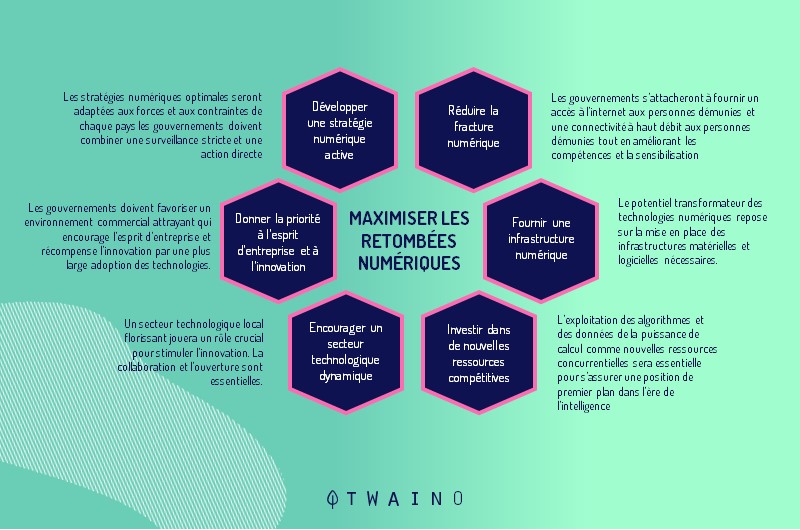
Citizens and groups, start-ups, major global operators, join crowdfunding to promote the development of collective environmental initiatives or to co-produce projects through participatory budgeting.
Others are asking citizens to provide new data like citizen metrics of air pollution
Therefore, while they have yet to set the course, public actors are no longer the only ones with the power or expertise to act in the general interest.
Public action must do more to mobilize people, and organize ecosystems and foster alliances.
Digital technologies also have – or should have – a profound impact on the content of public environmental policies.
They produce new tools for public authorities:
- Data, behavior;
- Incentives (nudges), local peer-to-peer platforms;
- For the exchange of energy or goods (gifts, loans,
- Rental, sale), collaborative mobility systems,
- Shared and open work and production spaces
- Source projects for a “zero carbon society”.
However, the absence of a common culture between digital and ecological actors still limits the ability of digital technologies to contribute to proactive public action in terms of ecology.
Indeed, public environmental protection strategies still do not make sufficient use of digital tools and the same goes for local or national waste
. Prevention strategies rarely use data from freecycling platforms, Fab Labs or the Internet of Things and do not support the development of these new solutions.
3.1.11. Support digital innovations for ecology
The French government and local authorities have successfully developed numerous public support mechanisms for digital innovation.
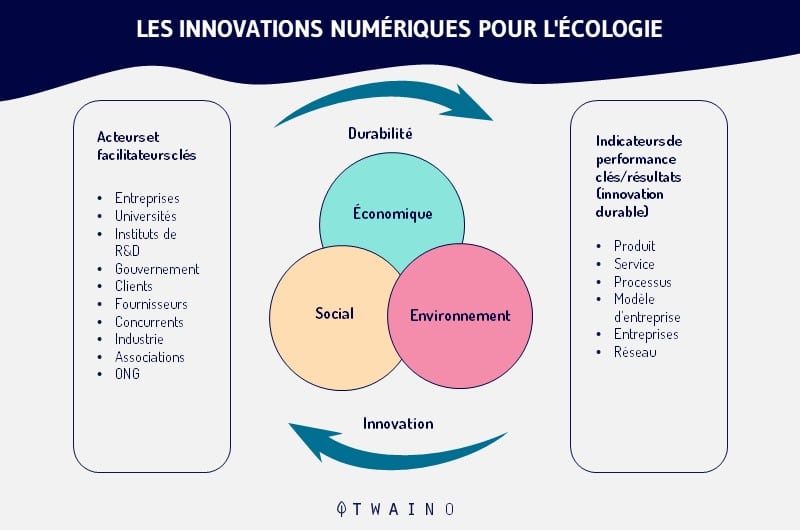
To structure this sector, French Tech has set up major national and territorial innovation programs concerning digital innovators.
As an SEO Expert, let’s now see some good practices to follow at the level of your site to participate in the preservation of the
3.2 environment. Ecological practices to adopt as a website owner
For a sustainable and ecological digital, here are some practices that SEO experts or webmarketers must adopt.
3.2.1. Measure your site’s carbon footprint
How can you adopt effective practices to reduce your CO2 emissions if you don’t know your carbon footprint?
Indeed, to be effective, knowing your carbon footprint is the first step you must take in terms of good practices to reduce your CO2 emissions.
The uncalculated use of resources coupled with the accumulation of gases in the atmosphere is responsible for the increase in greenhouse gases.
The direct consequence of this accumulation is climate change. Aware of the consequences of this change on the survival of the planet, it is important that everyone can reduce their energy consumption.
To find out your carbon footprint, several tools are available online.
This is for example the WebsiteCarbonne which allows you to know the carbon emissions of your site over a year.
To do this, you just need
- to go to the websiteCarbone ;
- To insert the URL of the site or the page which you wish to analyze and to launch the analysis
Once finished, you have a new page which is displayed:

In this page, you have:
- The proportion in percentage of the Carbon emission of your site compared to the sites tested;
- The amount in grams of CO2 produced each time a person visits your site;
- The duration of your site, the total number of monthly visits to your page and the total amount of corresponding CO2;
- The amount of bubbles generated;
- The comparison of your CO2 emissions with those produced by trees;
- The amount of energy in KWH that your site consumes to operate.
At the end of this you have three action buttons. The first two buttons inform you about certain practices to adopt to transform your site into a greener site.
The third button allows you to plant trees to offset the Carbon emitted.
Apart from Websitecarbon, you can also use the website foot painted calculator.
This site allows you to know your carbon footprint. But unlike websitecarbonne.com, it is rather the footprint emitted by your home.
The calculation is done on the basis of certain information that you must enter.
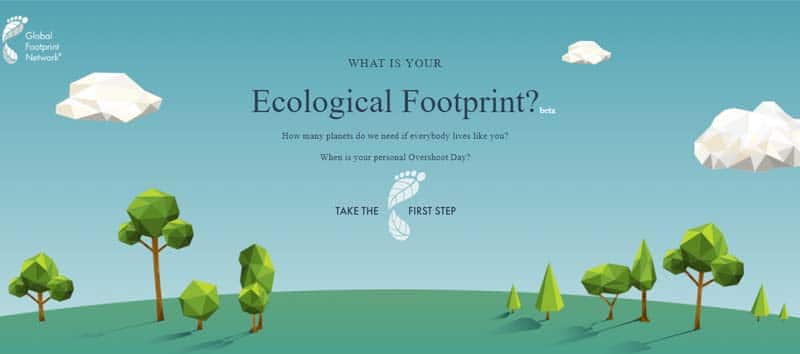

This information concerns, for example:
- The frequency of your meat consumption;
- The type of house you use;
- The building materials of your house;
- The number of people living with you;
- The energy you use and how that energy is used in relation to your home;
- The amount of renewable energy that powers your home;
- The distance you cover each weekend;
- The amount of gasoline that your means of transport consumes for each 100 liters;
- The number of times you fly each week;
- Etc.
Once all these elements have been completed, you have a result of your personal carbon consumption.
This analysis includes, among other things:
- The date on which you exceed the recommended Carbon consumption;
- The number of planets it takes if the inhabitants of the world live like you;
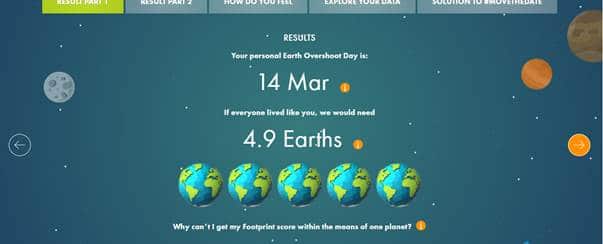
- Your consumption by category;
- Your ecological footprint;
- Your Carbon Footprint;
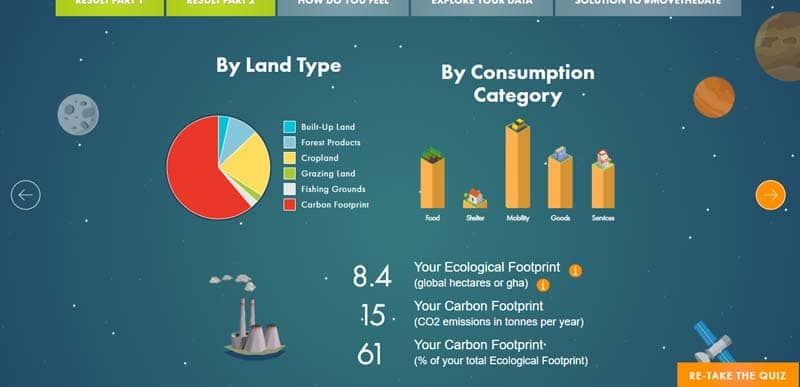
- Different solutions to reduce your CO2 emissions.
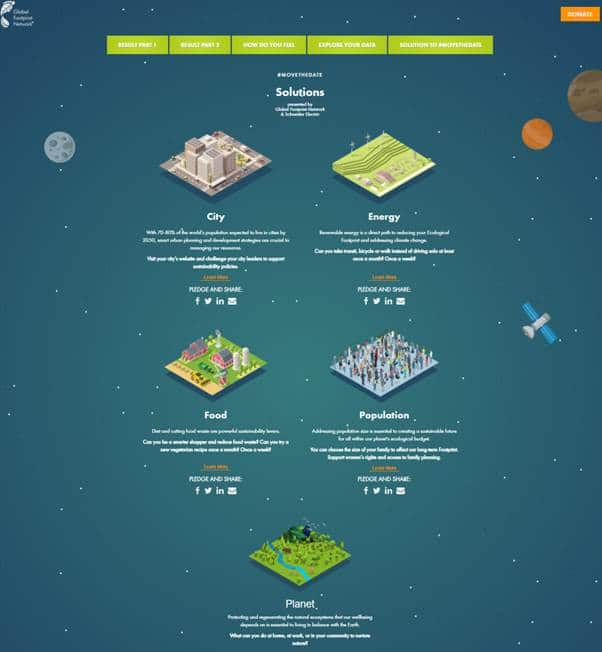
In addition, with this site, you have the possibility of browsing detailed data on the Carbon footprint at the level of the countries of the world.
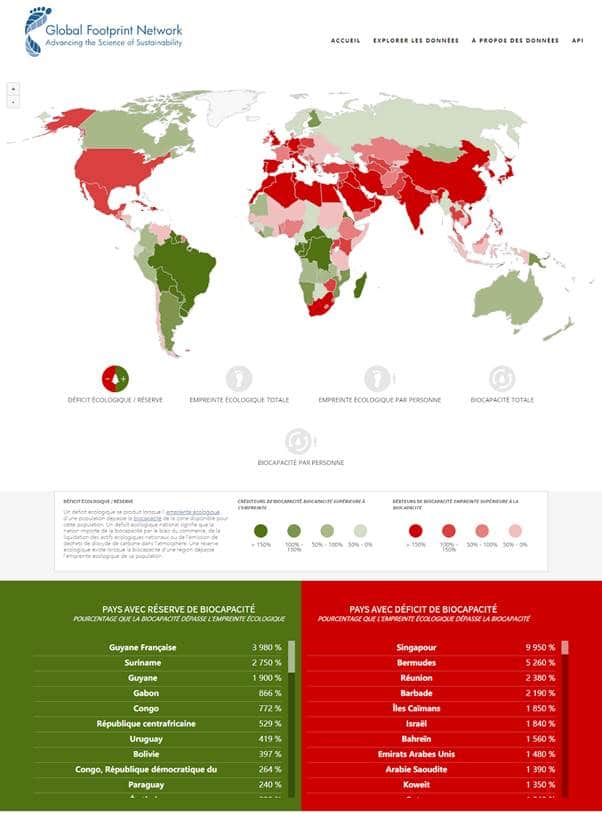
Once you know your carbon footprint, you can now strive to respect the various practices that follow.
3.2.2. Using Content Delivery Networks (CDN) Content Delivery
Networks or CDNs are networks of servers whose function is to distribute the static data of the sites they contain to servers close to the end user
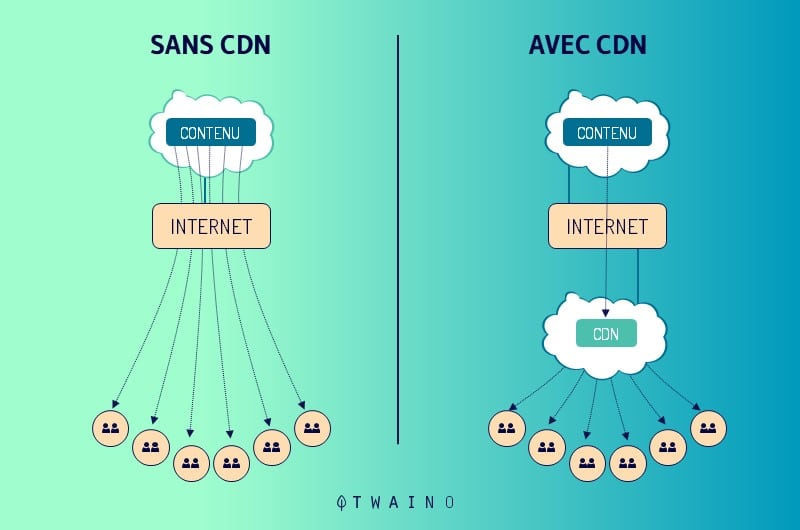
It allows a fast loading time of the content requested by the user.
But beyond an improvement in the loading time of files induced by the use of CDNs, we can affirm that they have a positive impact on the planet.
Indeed, when you use CDNs you not only reduce the file loading time requested by the user, but also, there is a reduction in the file loading time.
This reduction in the transfer of files makes it possible, among other things, to reduce energy consumption at the server level.
Thus, the resulting CO2 reduction would be a significant action on the well-being of the environment.
3.2.3. Choose a greener host
Creating an environmentally friendly digital economy also means using environmentally friendly technology.
Indeed, as you know, data centers are real consumers of electrical energy.
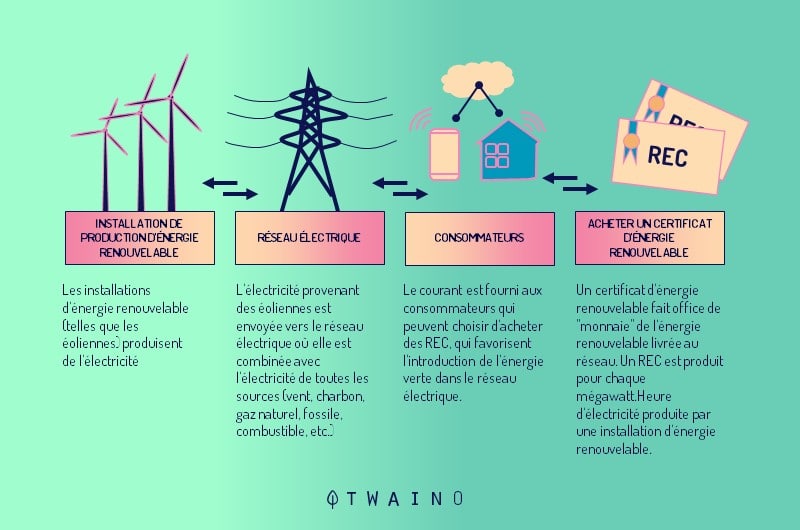
Since this connection is the source of significant CO2 emissions, it is important to find greener solutions to reduce gas emissions.
One of these solutions is to force accommodation service providers to switch to greener energy sources.
The use of quality web hosting services operating solely on the basis of an ecological source must now be the requirement of web developers.
Finding an ecological web host means finding a host that not only puts a point of honor on energy efficiency but also on the use of greener energy sources.
Choosing a greener web host means taking an interest in:
- Its environmental policy;
- The use of green energy or the use of carbon offsets;
- Its energy consumption;
- To the tools used to improve the efficiency of the proposed applications.
As an example of a green host, we can cite:

- Ex2 ;


3.2.4. Turning their site into a Progressive Web Application (PWA)
The idea behind this practice is to make websites greener by making the right design decisions from the start of its creation.
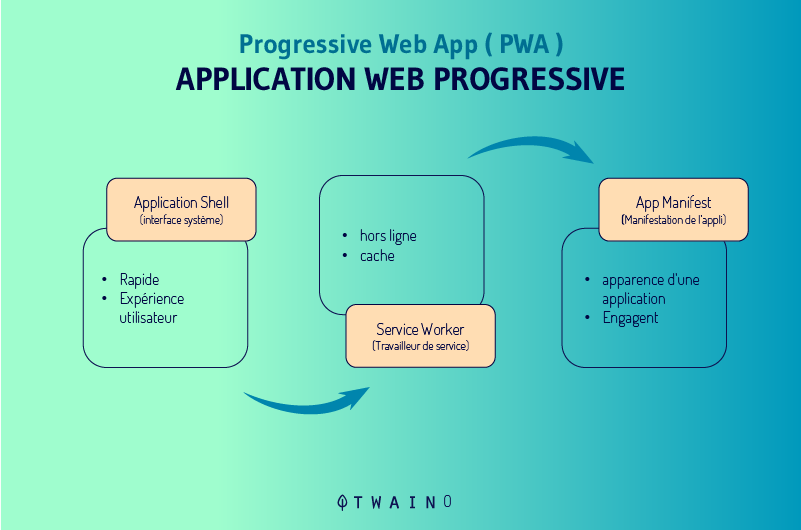
The transformation of a website into a Progressive Web Application not only supposes an increase in the technical performance of the site, but also offline access and local storage of files.
Such a transformation allows you to effectively improve your site’s load times and reduce your site’s carbon footprint.
The implementation of a site transformation system into a progressive web application (PWA) supposes:
- The implementation of a file which contains the color schemes, the name and the description of the icons of your site;
- Installing a script that caches files and makes them available when requested offline.
This guide will allow you to have a clear idea on how to concretely transform your site into a Progressive Web Application.
3.2.5. Defining a page weight budget for the different pages of your website
This practice calls for the establishment of a quality website that meets user expectations.
It is indeed a question of designing your site by emphasizing not only sustainable development, but also effectiveness and efficiency.
The implementation of such a project requires the definition of a budget. But unlike a financial budget, the recommended practice here is for the weight of the site’s pages.
To be honest, it’s about setting a budget for the ideal weight that the pages of your site should have.
Such a definition will allow you:
- To increase the accessibility of your site;
- Decrease the necessary connection it takes to load the pages of your site;
- Reduce your site’s carbon emissions.
The implementation of such a project undoubtedly requires acting on several elements among which we can cite:
- The size of the fonts;
- The frontend code;
- Images ;
- Videos ;
- Etc.
You can use the online performance budget tool to budget your page for different media.
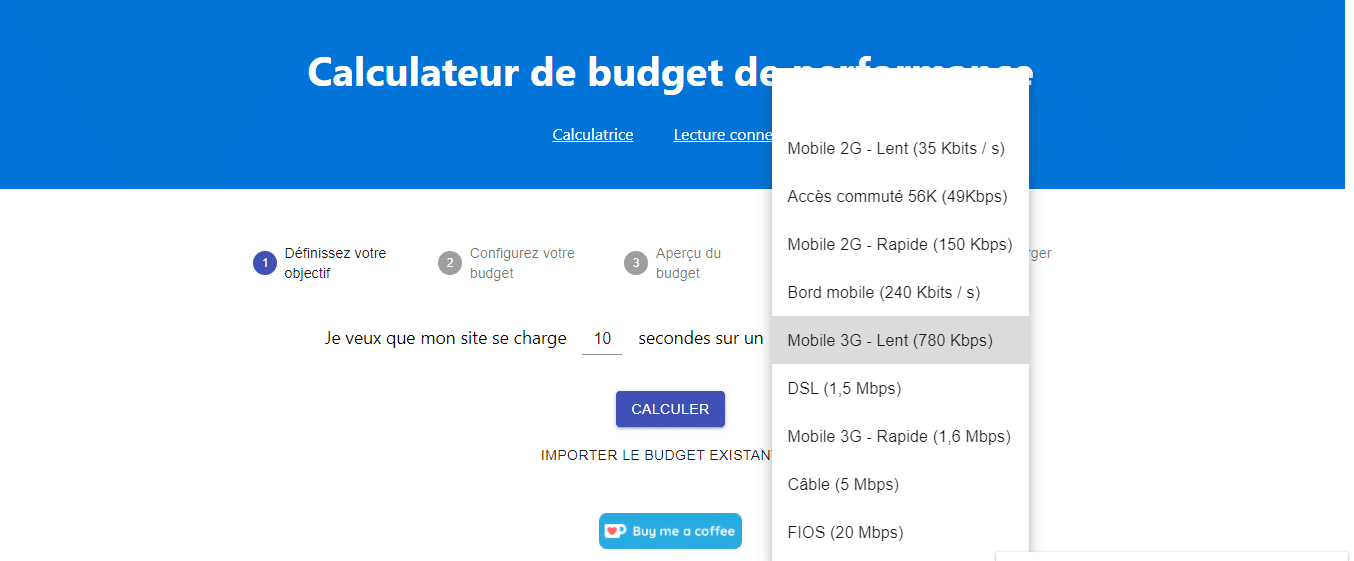
Also, you can check out this article from mightybytes for more explanation on how to set your page weight budget.
3.2.6. Reducing the energy consumption of your website
The energy consumption of data centers, communications devices or telecommunications networks is very high.
Reducing the energy consumption of your site would therefore be a very interesting way to make it greener.

This will help reduce your carbon footprint.
To achieve this, you must essentially review the design and content of your site, prioritizing effectiveness in the following areas:
3.2.6.1. The referencing of your site
Even if SEO and energy issues seem to have no connection, it is important that you keep in mind that optimizing your site for search engines helps to reduce its energy consumption.
Indeed, when you succeed in effectively optimizing your site for the different search engines, it benefits you in different ways.
First, your site becomes faster in terms of loading. It would therefore not require much energy from the server before being displayed.
Then visitors will quickly find what they are looking for and won’t waste energy searching for other content on the web.
3.2.6.2. Writing articles for your site:
A good strategy in writing and publishing articles on your site can help reduce its energy consumption.
For example, it would be better to write an article dealing with a subject as a whole than to do several on the same subject with the risk of repetition.
Similarly, it is important to favor clear and precise content.
3.2.6.3. Use accelerated loading technology for mobile pages
Technology such as AMP promotes faster loading of your site on mobile phones.
Indeed, the use of such technology eliminates unnecessary elements and quickly loads your site. This will undoubtedly reduce your energy consumption on mobile devices.
3.2.7. Respecting ethics in the design of websites
Ethics is a philosophical idea that refers to fair and benevolent behavior in our relationships with others.
Seen from this angle and applied to digital, ethics designates the reflections that we carry out in relation to the impact of our actions with regard to the products that we offer to users of websites.
Although it is not a fixed value and its content may differ from one person to another and therefore from one web developer to another, it is always a question of doing what is fair and beneficial to all.
Respect for ethics in the digital field can assume that web developers do not:
- Seek to manipulate user behavior;
- Create content for him but rather for users;
- Must not ignore the consequences of the decisions taken.
3.2.8. Creating Zero Carbon
The first thing to do when it comes to creating green and sustainable websites is to think about reducing carbon.
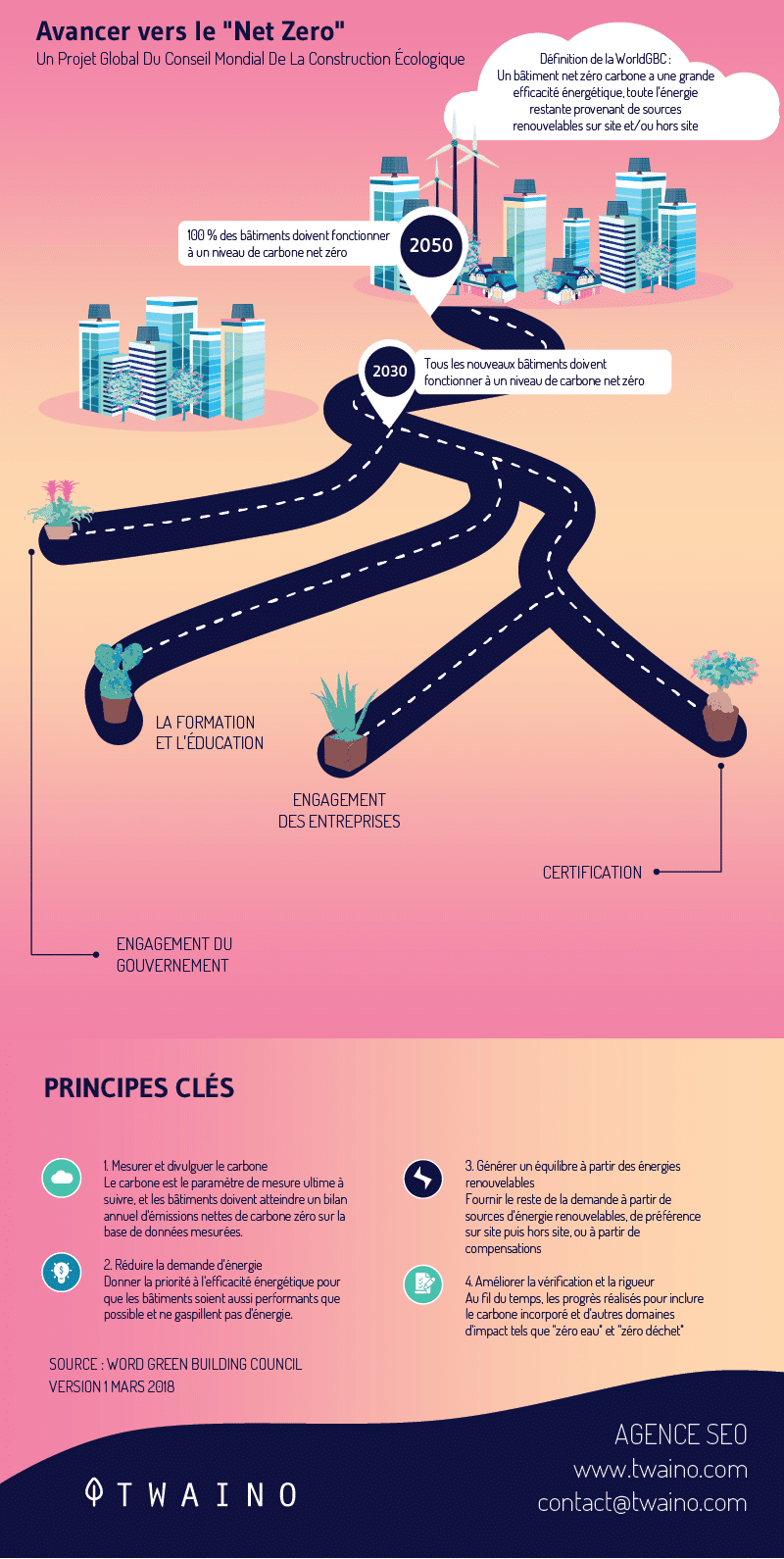
That is to say that any web creation must be done on the seal of a zero carbon emission. This objective can be achieved by respecting these different stages in the construction of your site:
To create or make a sustainable website you must:
- Seek to know your carbon emissions;
- Reduce data transfer by optimizing your site;
- Use less polluting energy sources.
3.2.9. Make your creations ergonomic
Ergonomic creation implies adapting your content or digital products to the needs of all users.
So, when a content meets the needs of a user, it implies that he is satisfied with your content.
You must therefore learn it and apply it during all digital creations, knowing that:
- Ergonomics concerns all systems and requires designing products taking everyone into account;
- It helps us understand the impact of our actions and create the best user experience.
3.2.10. Designing for a global audience and universal understanding
Creating a sustainable digital website also means working so that the end users of your sites understand the messages you send them, whatever their position.
To achieve this objective, it is important that most websites communicate their knowledge to the rest of the world by going beyond religious, linguistic or cultural or even contextual limits.
Indeed, the creation of a digital web must go through:
- The adaptation of published content to the reading habits of Internet users;
- The publication of content must be done taking into account most languages;
- Strong images must be used to communicate effectively;
- The content of the site must be accessible to users from countries where the connection seems to be slow.
All this will allow you to contribute to the reinforcement of digital ecology actions since the universal nature of your site will allow you to:
- Raise awareness among the various users of the dangers of digital technology for the planet;
- To invite them to adopt practices that lead to improvement.
3.2.11. Publish an annual report on your actions in digital ecology
Another way of working to make digital a sector conducive to the environment is to communicate on:
- Actions taken to make the environment sustainable;
- The impact of these actions.
The communication of these elements to the various digital actors (simple Internet users, customers or partners) will allow them to see to what extent you are committed to the fight towards a sustainable digital ecology. They won’t hesitate to support you!
In addition, putting your report online will allow you to: Make
- it easily available to the public;
- Reduce the cost of creating a paper report;
- To enrich the contents of the report (add images, videos etc.);
- To reduce the space that the report might require if it were a physical version;
- To receive opinions and comments from everyone ;
- Encourage others to follow suit.
3.2.12. Clean up inboxes
Although we don’t always measure the energy impact of emails on the environment, it is important that you know that decluttering your inboxes is a good practice with regard to the environment.
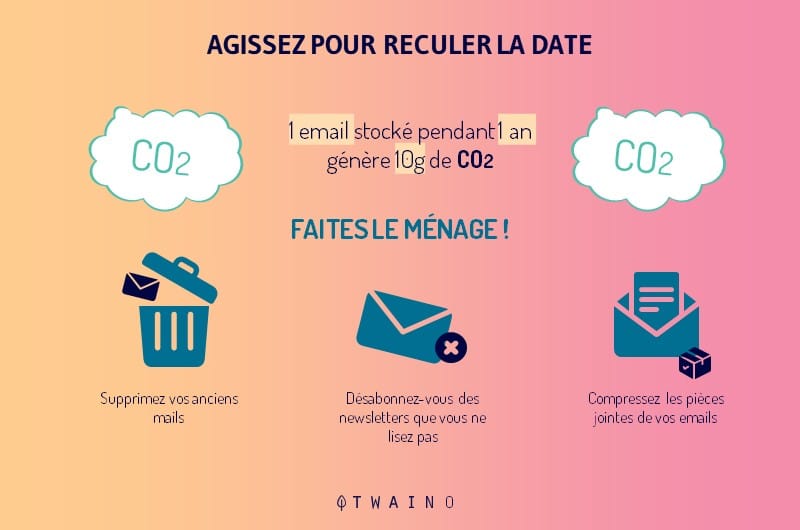
Indeed, each email that we send and keep in an email box requires energy consumption. Concretely, it is the energy that allows the operation and maintenance of the infrastructure that ensures the operationality of the mailbox.
This is because each email we send or store represents data and requires multiple servers to operate.
Similarly, the energy used to operate these servers releases a considerable amount of CO2, which negatively impacts the planet.
According to Mike Berners-Lee, every junk mail – even if we don’t open it – releases around 0.3 grams of CO2 into the atmosphere. An email with a lot of text and an attachment can be up to 50 grams.
Going further, energy supply company Ovo Energy, has found that if every email user in the UK sent one less useless email every day, it would cut CO2 emissions by 16,433 tonnes a year – this which is equivalent to 81,152 flights between London and Madrid.
To reduce the impact of your email on the planet, you can:
Either clean your mailbox manually at the level of your email manager or choose to use applications or software like cleanfox.
This is an application to clean your mailbox with a simple click and therefore reduce your energy consumption.
To use it, you just have to install it, associate it with your mailbox (Gmail, yahoo or others) and launch an analysis.
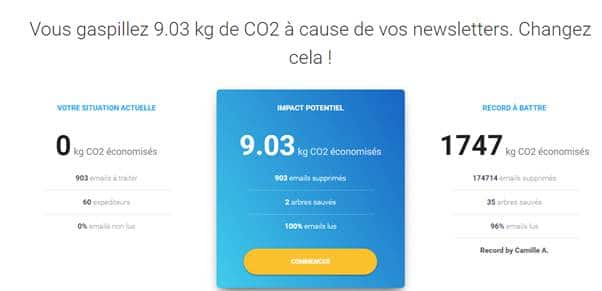
Source : SOSPC
Once the analysis is complete choose delete to delete your unnecessary messages.
The application also allows you to unsubscribe from your various newsletters.
3.2.13. Plant trees
When you know your carbon footprint, one of the best options is to offset it first.
For this, I have not found a better solution than to start planting trees.
Consult the following chapter for more details:
Chapter 4: How to plant trees from home?
After explaining the benefits that come from planting a tree, I teach you some actions you can take to plant trees from home.
4.1. How can trees help the planet?
Saving the environment from the consequences of digital technology also involves planting a lot of trees. Indeed, trees play a very important role in the environment.
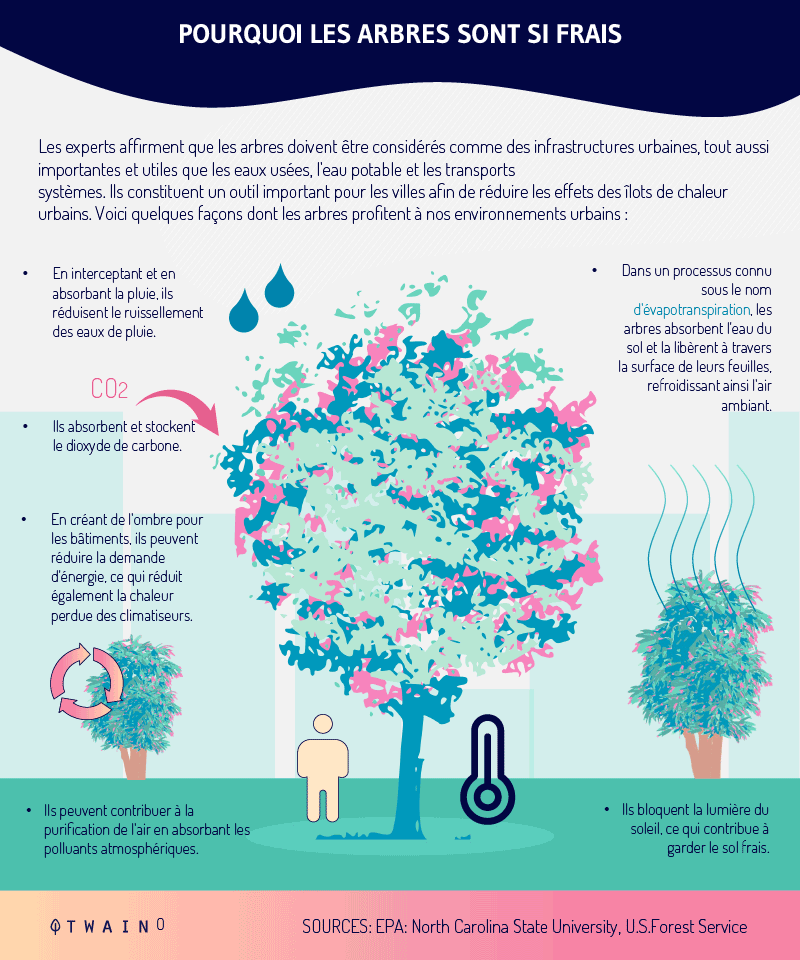
Among other things, they allow:
4.1.1. Improve water quality
The roots of trees help to filter the water and thus obtain better water quality. Plants absorb rainwater at ground level and through tree roots. Thus, they contribute to reducing the consequences of flooding.
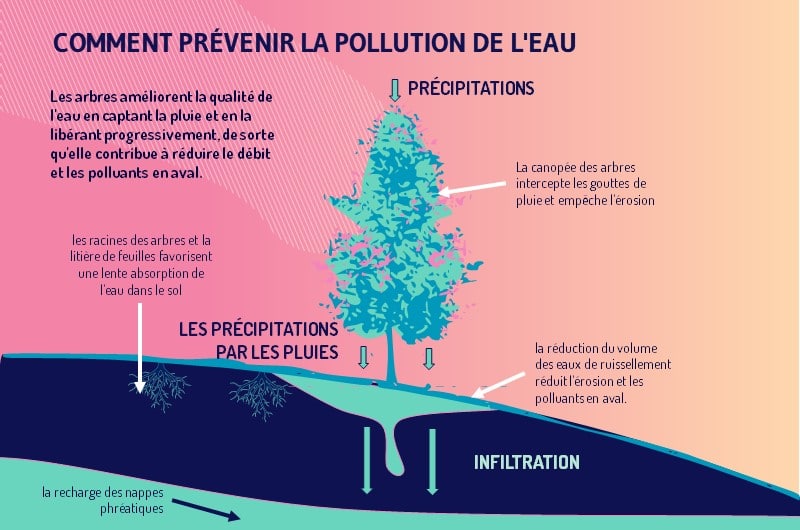
Similarly, trees and more particularly forests reduce soil evaporation thanks to their ability to store water. This promotes the fight against snowmelt.
In addition, it should be noted that trees also help maintain the balance in our waterways. In fact, the trees located on either side of the watercourses ensure their protection by absorbing part of the runoff water which often contains enough fertilizers.
4.1.2. To fight against soil erosion
The planting and conservation of trees are excellent ways to fight against soil erosion, which is very common in urban areas due in particular to construction work and trampling.
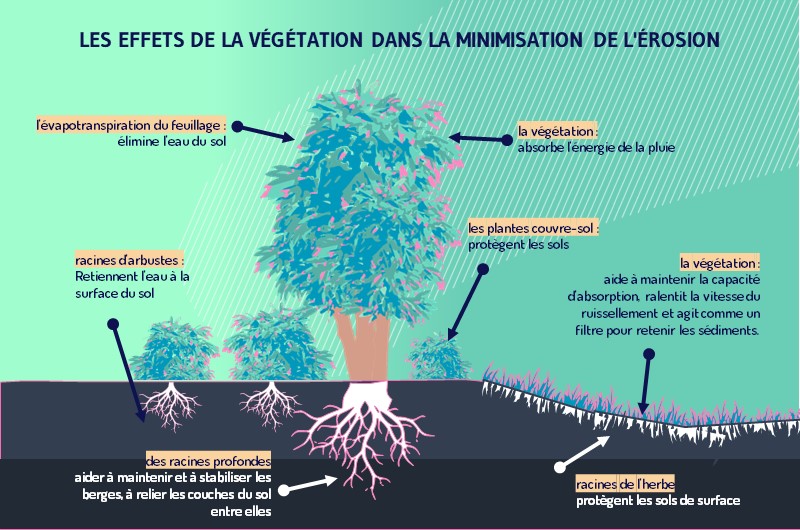
The roots of trees hold the soil in place on sloping land while their foliage regularly brings organic matter to make a litter to cover the land.
In addition, trees can:
- Intervene in the regulation of extreme temperature differences : By releasing water vapor into the atmosphere, trees influence the degree of humidity, this is the process of evapotranspiration;
- Release oxygen : Trees release the oxygen we need to breathe.
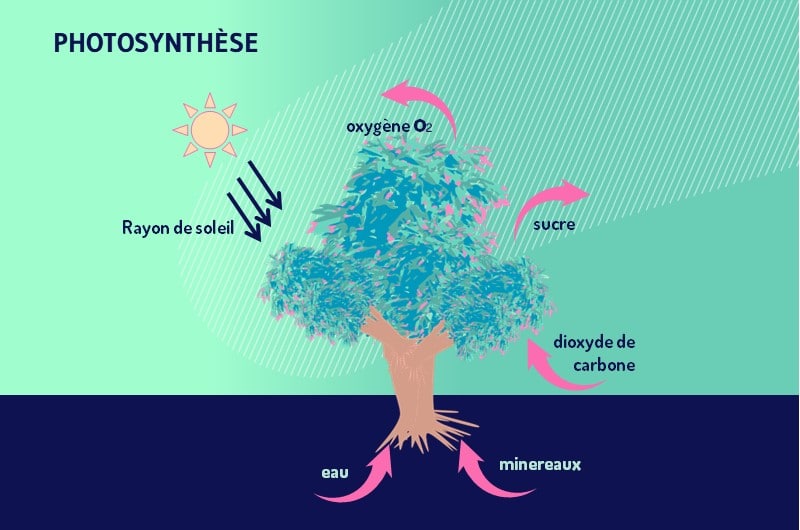
In addition, they provide us with humidity and shade in hot weather. Thanks to their foliage, trees reduce the intensity of the sun’s rays.
- Reduce the amount of storm water runoff : By helping to reduce the amount of water runoff, trees help reduce erosion and pollution of our waterways.
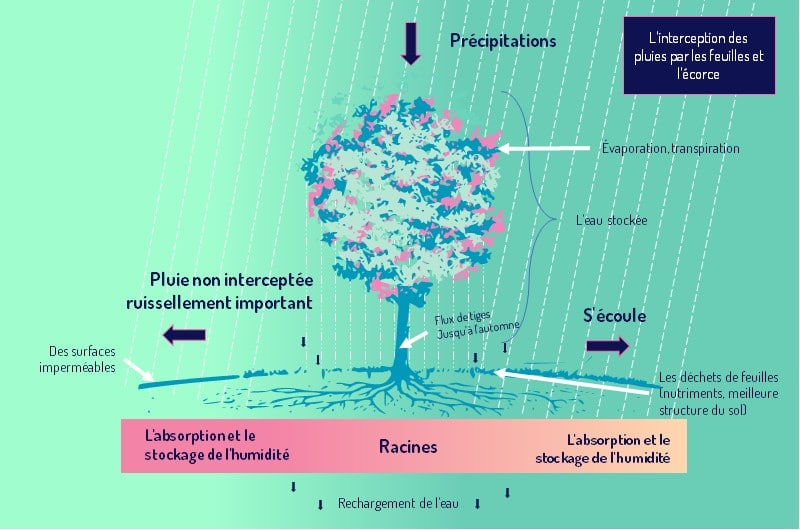
Which then reduces the effects of flooding.
- Are the natural habitat of many wildlife species : Trees provide food, protection and shelter to many birds and mammals.
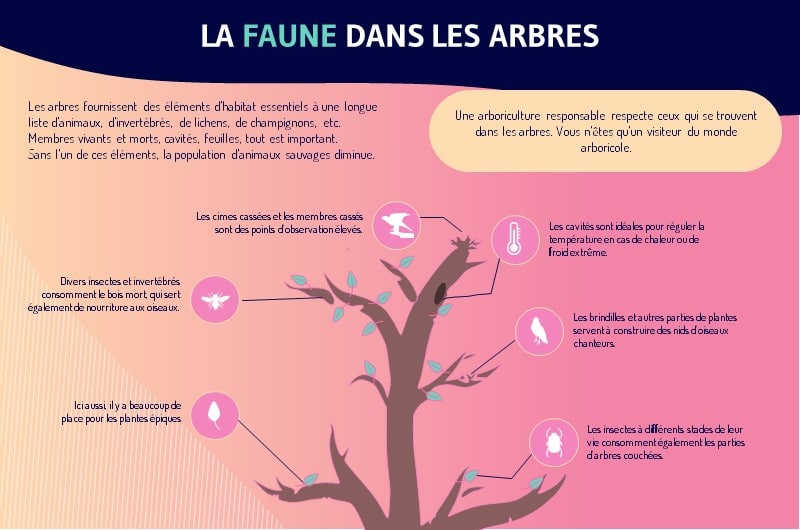
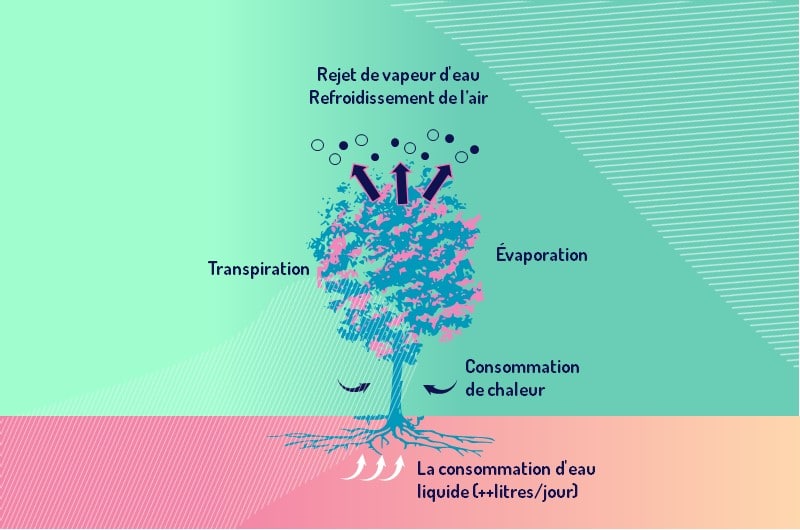
This is particularly true in areas with large impermeable surfaces, such as store parking lots and industrial complexes.
- To purify the air: Trees influence the quality of the air we breathe, by acting as true air filters.
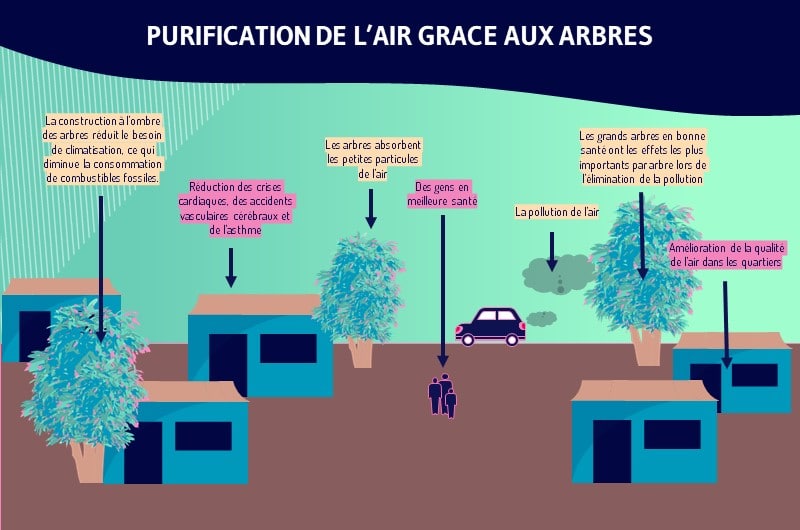
They filter harmful dust and pollutants such as ozone, carbon monoxide and sulfur dioxide from the air we breathe.
Beyond the benefits listed above, tree planting offers social, community and economic benefits.
4.2. Benefit of trees from a social, community and economic point of view
4.2.1. Social Benefits
Trees make life more enjoyable. Spending time among trees and green spaces has been shown to reduce the amount of stress we carry with us in our daily lives.
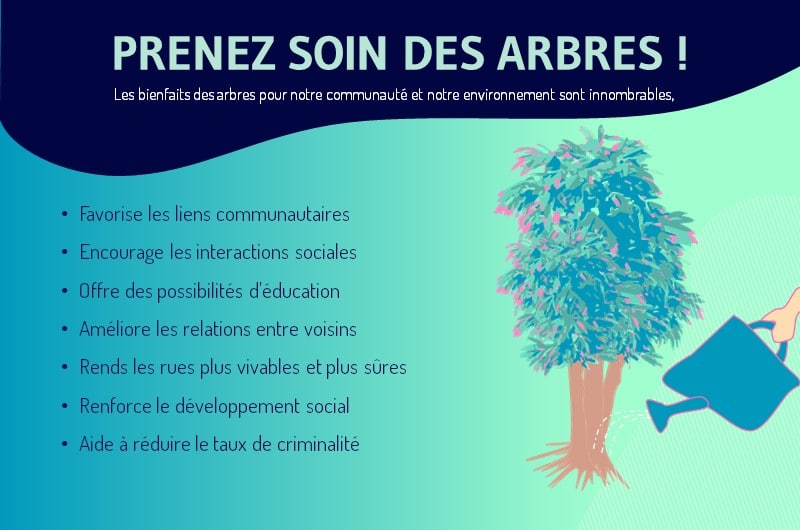
Hospital patients have been shown to recover faster from surgery when their hospital room has a view of the trees.
Children have been shown to retain more information taught in schools if they spend some of their time outdoors in green spaces.
Trees are often planted as living memorials or reminders to loved ones or to commemorate significant events in our lives.
4.2.2. Community Benefits
Even if you own the trees on your property, your neighbors can also benefit.
With careful planning, trees can be an asset to your entire community.
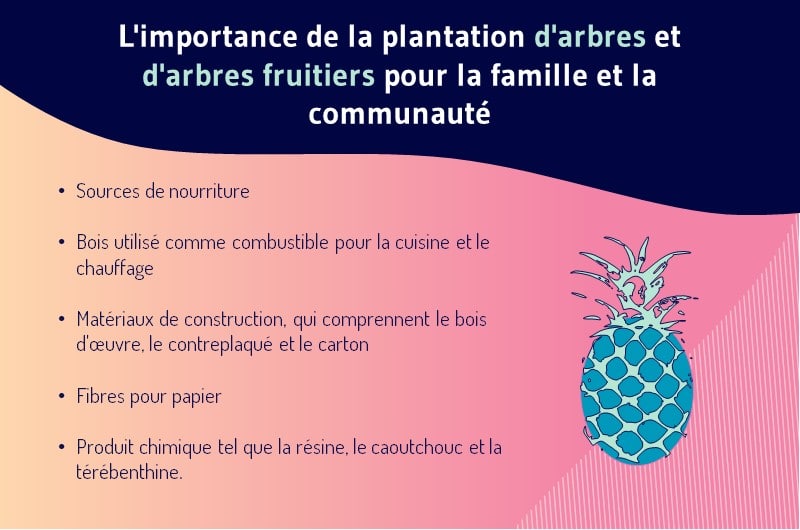
Trees can:
- Be placed to block unwanted views or noise from busy highways.
- Complement the architecture or design of buildings or entire neighborhoods.
- Fruit products for the community
- Etc.
4.2.3. Economic Benefits
Well-placed trees can reduce your summer cooling costs by shading the south and west sides of your home. If deciduous trees are used, they will let the sun shine through and warm your home in the winter.
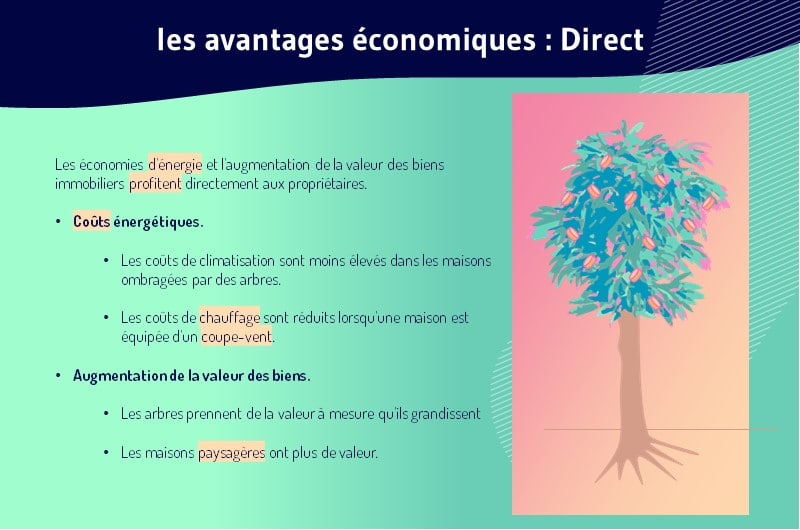
trees on the north side of your home and shrubs around your home’s foundation can act as a windbreak to reduce the chilling effects of winter winds.
The value of a well-appointed home with mature, healthy trees can increase by up to 30%.
Some indirect economic benefits of trees are that if we reduce the energy we use, utility companies will have less demand on infrastructure, reducing operating costs that can be passed on to the consumer.
4.3. How to plant trees while staying at home?
As you will have understood, tree planting is useful and can help save the environment. Researchers have also estimated on this subject that the planting of 1200 billion trees could curb environmental problems.
Anyway, here are some online tools that will allow you to plant trees from home.
4.3.1. The plant-of-the-planet
Plant-of-the-planet is a tree planting project which intends to make young people the main driving force behind any tree planting campaign.
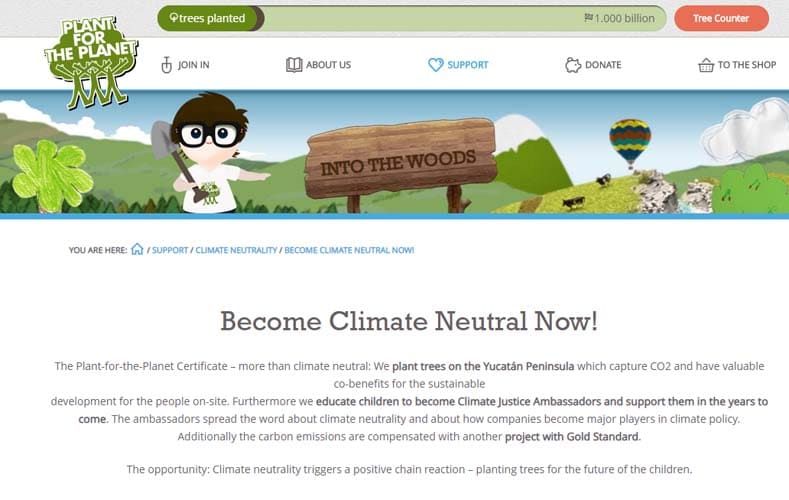
It initially aims to teach young people and children the knowledge they need to become ambassadors for climate justice.
Second, this project allows you to become a member of the community where action is taken on climate justice.
Finally, this project asks you to bring donations to support the Plant of the planet program.
4.3.2. The reforest’action project
Reforest’action is a platform specializing in tree planting which operates on almost all the continents where it has plantations.
She offers you to plant trees, to offer trees or to calculate your fingerprint.
With more than 7,200,000 trees planted, this project has:
- Stored a good amount of CO2;
- Create shelters for animals;
- Create jobs Generated more than 29000000 months of oxygen.
Reforest’action also offers you the opportunity to make a gesture for planting by helping to plant trees each month. The value of the operation is 15/month!
4.3.3. The ecosia search engine
ECOSIA is a completely green search engine that allows everyone to plant trees to save the planet.
To do this, you just have to go to the Ecosia site and carry out a search
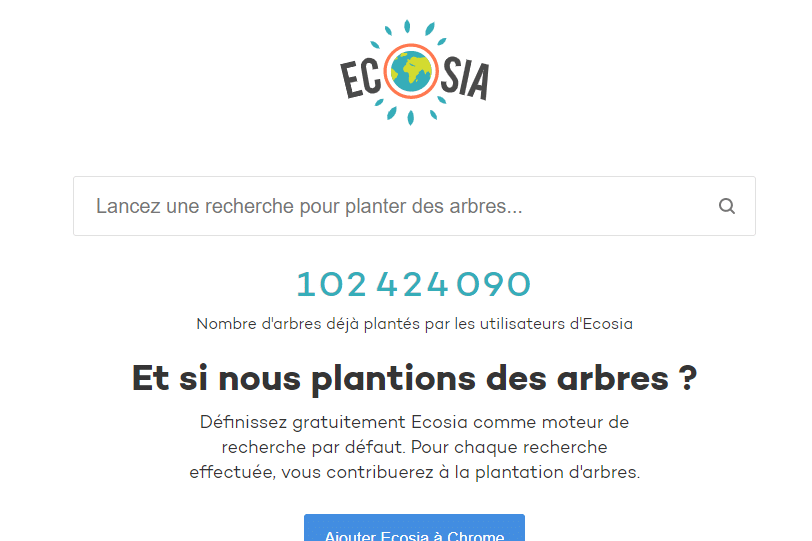
Then, the profits generated thanks to your searches are used to plant trees in different places on the earth.
Today more than 102,000,000 trees have already been planted.
4.4.4. The Faguo program
Consumers are more motivated to buy products or services when they believe that their actions can contribute to improving something.
This is also true for the environment and it is in this perspective that companies such as Faguo offer their customers the opportunity to plant a tree for each faguo product purchased.
Whether online or in the physical store, faguo will plant trees for each product purchased.

This project, which was launched at the same time as the company, has already enabled Faguo to plant more than one million trees.
Better still, the project currently has forests all over France. These forests are recognizable thanks to the Faguo panel located at the entrance to each of them.
Similarly, you can access the location of the forests by simply glancing at the . Faguo forest mapping
4.4.5. The tree-nation program
This is also a program that works to combat the effects of climate change. Tree-nation allows citizens and businesses around the world to act for the preservation of the planet.

The site offers you:
- To plant trees for 0.10€/tree;
- To offer trees for €0.10 trees;
- Offset your CO2 emissions from €5/month.
With the Tree-nation program, you have the possibility of planting a forest in the name of your company.
The project has already planted :
- 174,401 trees in Colombia;
- 39,090 trees in Burkina Faso;
- 47,120 trees in Madagascar;
- 112,611 trees in Madagascar.
To plant trees with the Tree-nation project, simply go to the Tree-nation website and register.
For each tree planted, you have the possibility to know the amount of CO2 that you have offset. The site additionally establishes your CO2 compassion statistic.
I will soon detail how it looks and how to use it.
64.4.6. Tree.org
Tree.org aims to provide a better world for humanity and nature through its community.

On this site you offer donations which are then used to plant trees and help vulnerable communities.
The site has already planted a total of 187,042,083 trees!
4.4.7. The association of volunteer
planters The are an association that has been campaigning for trees since 2013.
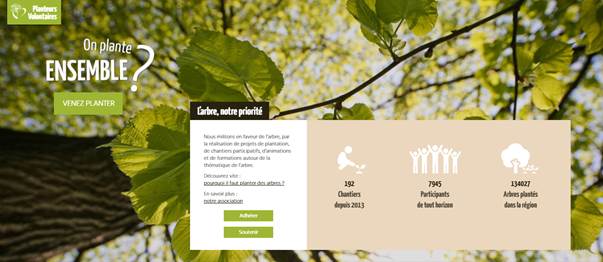
Through projects of:
- Tree planting;
- Training on the theme of the tree;
- Participatory projects.
The association has more than 7,000 members and has already planted more than 134,000 trees.
Apart from planting trees, several other technologies contribute to improving the environment. It is precisely these technologies that I will discuss in the next chapter.
Chapter 5: What are the different digital actions for sustainable development?
Technology has a big impact on the environment, but it also has a role to play in making our planet a more comfortable and sustainable place where man can keep moving forward.
In this chapter, I show the different positive impacts that digital technology can have on certain sectors as well as the different digital actions that contribute to sustainable development.
But first, let’s look at the relationship that may exist between digital technology and the environment.
5.1. What are the relationships between digital and the environment ?
Although digital and environmental issues are separately addressed, it is important to consider the different relationships that may exist between them.
This for the simple reason that digital has both a positive and negative impact on the environment.
By changing the way we observe and interact with the environment, digital technology can encourage our involvement in solving environmental problems.
This is evidenced by the conclusions of the communication entitled: shaping Europe’s digital future, which emphasizes that technology can:
support the decarbonisation of sectors and reduce the environmental and social footprint of products on the ‘European Union
Also in the context of interactions between digital and digital, the European green deal, underlines that the European Commission
“explore measures to ensure that digital technologies such as artificial intelligence (AI), 5G, cloud and edge computing, and the Internet of Things (IoT) can accelerate and maximize policy impact. Facing climate change and protecting the environment”.
The agreement announces the adoption of the European industrial strategy which will tackle the “dual challenge of green and digital transformation”.
In fact, digital can help improve the environment.
For example, artificial intelligence technology can:
- Help monitor and preserve endangered species;
- Provide warning against natural disasters;
- Collect data on energy consumption.
Blockchain technology may in the long run support more decentralized and sustainable management of resources. This will be an effective solution against overexploitation.
The development of the Internet of Things (IoT) can facilitate:
- Data collection;
- Monitoring animal behavior;
- And the installation of security systems.
5.2. Impact Future digital technology in the transport, building and industry
5.2.1. The future impact of digital technology in the field of transports
According to the IEA, transport currently represents 28% of global energy demand and 23% of global CO2 emissions are linked to fuel combustion.
Digital technologies help to improve energy efficiency and reduce maintenance costs in all means of transport.
In aviation, for example, commercial aircraft will be equipped with several sensors.
These sensors will collect thousands of data during each flight.
Analyzing this big data will then optimize route planning and help pilots make in-flight decisions as well as reduce fuel consumption.
Ships will also be equipped with more sensors, helping crews take action to optimize their routes.
Similarly, advances in satellite communications would promote greater connectivity.
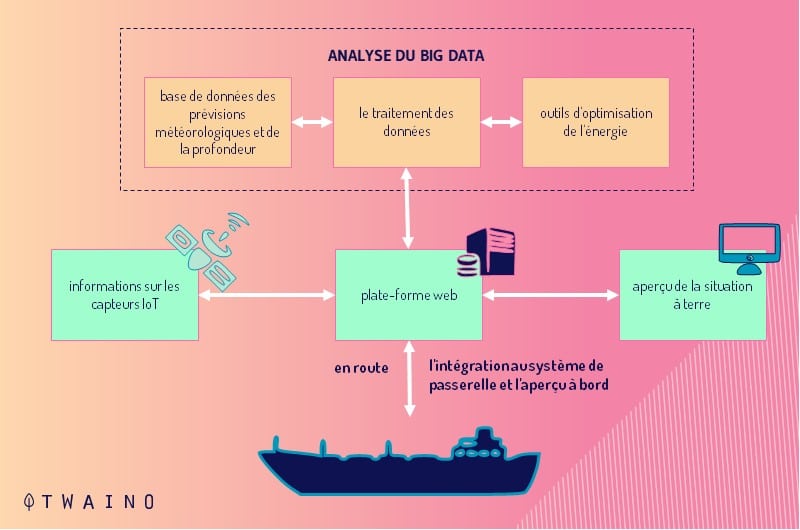
In the road sector, the most revolutionary changes in digitalization relate to connectivity and automation technologies.
They will fundamentally transform the way people and goods are moved.
Interactions between potential disruptions to road transport, including the adoption of automated mobility, and electricity will play a key role in shaping the future energy trajectory as well as emissions of the entire transport sector.
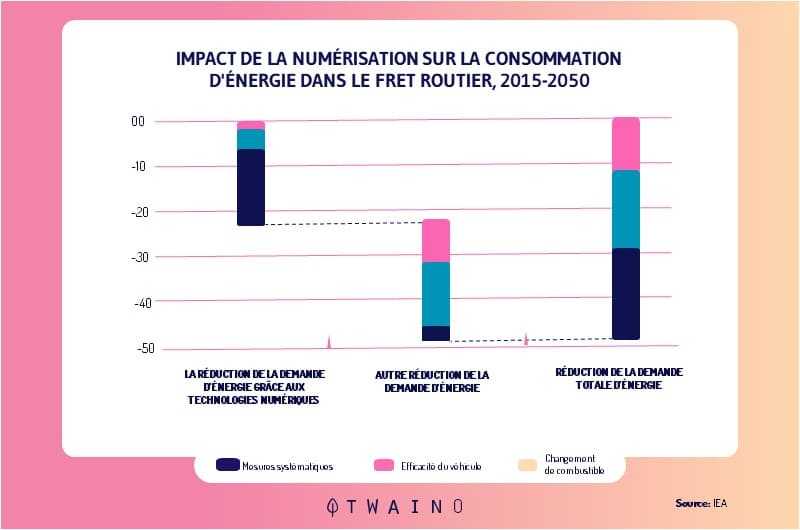
Automated driving technologies will improve driving safety and comfort through advanced sensing capabilities.
Additionally, the developing automated decision-making technologies will aid or replace human control.
The consequences of automatic mobility on energy and emissions will of course depend on:
- The combined effect of changes in consumer behaviour;
- Political intervention, technological progress;
- Vehicle technology.
The digitization of the transport sector can also achieve great results in the long term.
Like the decrease in energy consumption compared to the current level.
Conversely, if efficiency improvements do not materialize and the rebound effects of automation lead to a substantial increase in travel, energy consumption could more than double.
5.2.2. The future impact of digital in the building sector
According to the IEA, Buildings represent almost a third of global final energy consumption and 55% of global electricity demand.
Growth in demand for electricity in buildings has been particularly rapid over the past 25 years, accounting for nearly 60% of total growth in global electricity consumption.
Additionally, in emerging economies like China and India, demand for electricity in buildings has grown by an average of more than 8% per year over the past decade.
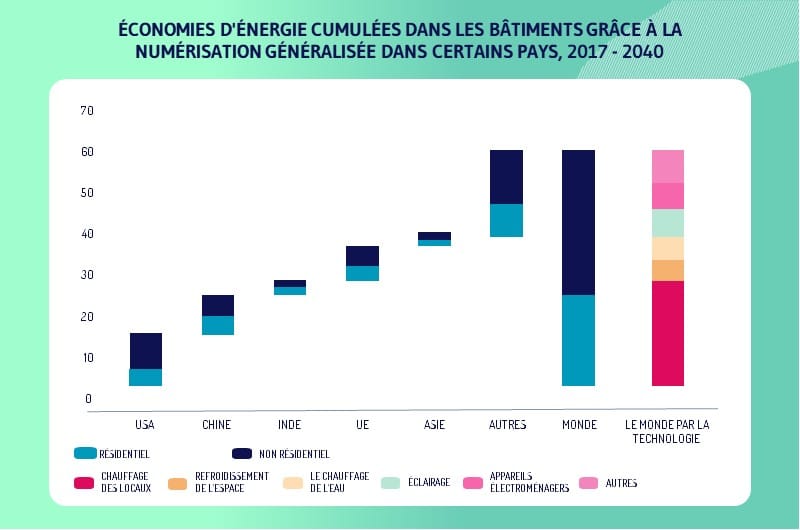
This already requires high demand for electricity production and greater capacity of the electricity network.
The intervention of digital in this sector would undoubtedly make it possible to reduce the total consumption of energy at the level of buildings.
And this, thanks to the use of smart thermostats and smart lighting.
In sum, the digitalization of the buildings sector can reduce energy consumption by:
- Helping to ensure that energy is consumed when and where it is needed;
- Improving the responsiveness of energy services;
- Developing the use of lighting sensors or algorithms that automatically program heating and cooling.
- Allowing adjustment of temperature settings for reduced energy demand at any given time;
- Promoting energy storage in thermal smart grids in response to real-time energy prices or other user-specified conditions;
- Identifying where and when maintenance is needed through building monitoring and prevention systems;
- Allowing to warn consumers, managers and other building stakeholders.
5.2.3. The future impact of digital in the field of industry
According to statistics from the IEA on industry, it would be responsible for around 38% of the world’s final energy consumption and 24% of total CO2 emissions.
The development of digital technology in this sector, whose production is constantly increasing exponentially, could be useful for improving efficiency in the use of energy and materials.
Already, it should be noted that many companies have long used digital technologies to improve safety and increase their production.
However, many other forms of energy savings can be achieved through advanced process controls, among other things.
As well as the coupling of smart sensors to data analyzes to predict equipment failures.
Likewise, digital technology will have an impact on the manufacturing process of certain products.
As evidenced by the examples of technologies such as industrial robots and 3D printing which are becoming common practice in certain industrial applications.
3D printing, for example, makes it possible to produce products layer by layer, on demand and directly from digital 3D files
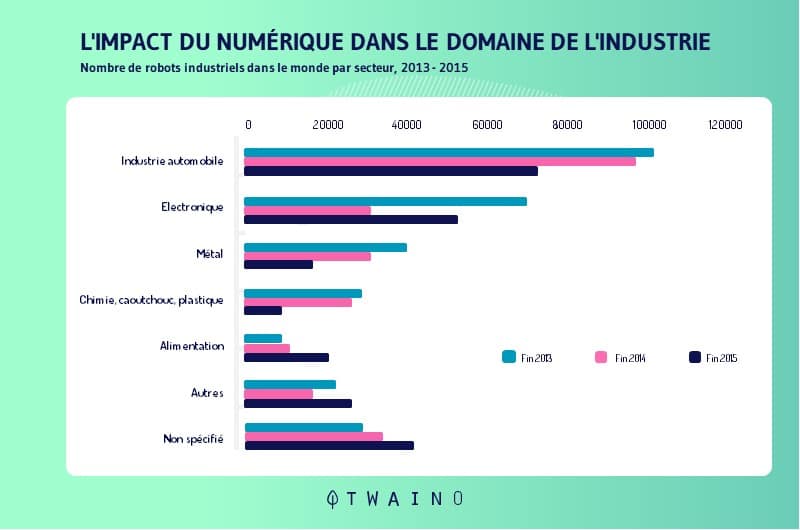
It has several advantages over conventional manufacturing, including one:
- Reduced lead times;
- Reduction of material waste;
- Lower inventory costs;
- Less manufacturing complexity;
- A reduced floor area and;
- The possibility of delivering manufactured parts with complex shapes and geometries.
The deployment of industrial robots meanwhile is expected to continue to grow rapidly, with the global stock of robots from around 1.828 billion units at the end of 2016 to 3.053 billion units in 2020.
All of these different technologies can help increase precision and reduce industrial waste.
5.2.4. The future impact of digital on oil and gas
The oil and gas sector has a special history with digital technologies.
Indeed, various digital technologies are already involved in facilitating operations in these two sectors.
Thus, future digital interventions in the oil and gas industry will focus more on expanding and refining the range of existing digital applications.
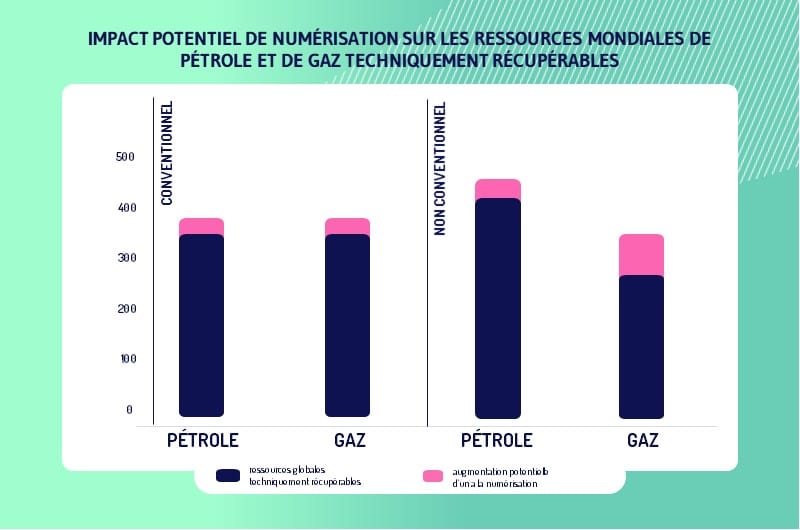
There are, for example, miniaturized sensors and fiber optic sensors in the production system that can be used to boost production or increase the overall recovery of oil and gas from a reservoir.
Other examples are:
- The use of automated drilling rigs and robots to inspect and repair underwater infrastructure.
- Monitoring of transmission pipelines and reservoirs.
- The use of drones to inspect pipelines which are often spread over large areas.
- The use of drones for inspection and monitoring of hard-to-reach equipment such as flare stacks as well as remote and unmanned offshore installations.
In the longer term, it is possible to improve the speed of analysis and processing of data, such as the large unstructured datasets generated by seismic surveys.
The oil and gas industry will also see more wearable devices, robotics and the application of artificial intelligence in its operations.
The advantage of all this would be:
- Reduction of production costs;
- Advanced processing of seismic data;
- Modeling improve reservoirs through the use of different sensors;
- The increase in recoverable oil and gas resources.
5.2.5. The future impact of digital in coal production
Digital technologies are also used throughout the coal supply chain to:
- Reduce production and maintenance costs;
- And improve worker safety.
Methods of use include:
- Semi- or fully automated systems;
- Robotic mining;
- Remote mining;
- Automation of operations;
- Mine modeling and simulations;
- The use of Global Positioning System (GPS) and Geographic Information System (GIS) tools.
The increased availability of low-cost sensors and computer-aided simulations offer new opportunities for coal mining.
Sensors can provide the exact status of various critical equipment components in real time and analytics can compare the actual configuration with the “optimal” situation as designed so that the process can be optimized.
Digital technologies, data analytics and automation are increasingly being adopted to improve productivity while improving safety and environmental performance through multiple applications.
5.3. The different digital technologies that contribute to the sustainable development of the planet.
5.3.1. Solar glasses
Transforming the windows of buildings and skyscrapers into real energy producers, that is the idea behind the production of solar glasses.
This is an emerging technology that is becoming increasingly popular in the sustainability community.
As you can see in the video, solar glass can replace classic window glass since it is sufficiently transparent.
Thus, it can be used as:
- Translucent or semi-transparent solar windows;
- Rain screens;
- Greenhouses with transparent solar roofs;
- Sun protection fins and grilles;
- Privacy signs;
- Railings and fences;
- Etc.
Plus, it also captures energy from the sun and converts it into electricity. For the moment, the big obstacle remains the efficiency of the conversion.
Indeed, the main difference between this technology and traditional solar photovoltaic is the fact that the panels are integrated into the building rather than being simply superimposed.
This means that there is a closer relationship between aesthetics and functionality, it is about achieving a balance so that one does not come at the expense of the other.
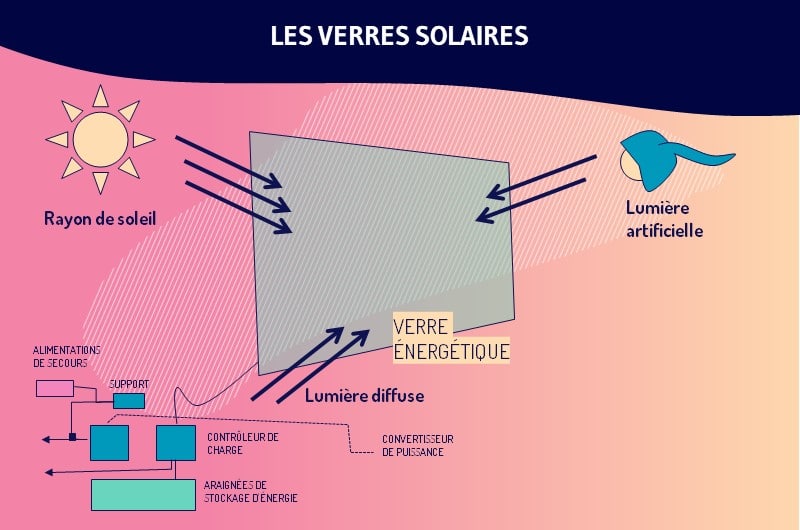
High performance solar cells can achieve an efficiency of 25% or more. However, maintaining transparency here means sacrificing the efficiency with which light is converted into electricity.
Studies are in progress for and already make it possible to have a solar glass product which offers an efficiency of 15% and which climbs while allowing 50% of the light to pass.
An estimate shows that with this rate and the usable glazed surface, it is possible to cover 40% of the energy needs of the United States.
5.3.2. Graphene
Stronger than steel, thinner than paper, more conductive than copper, graphene is truly a miracle material.
Until recently, it was completely theoretical, but its realization is already evident.
As shown in the video,graphene is an ultra-thin layer of graphite that was first discovered in 2004 at the University of Manchester.
Incidentally, the two professors who discovered it, Andre Geim and Kostya Novoselov, were awarded the Nobel Prize in 2010.
Today it is the subject of intense research and speculation, and many predict that it will be a determining element that will promulgate the cultural and technological evolution of our species.
Only one atom thick, graphene is flexible, transparent and highly conductive, making it suitable for a wide range of applications to green our planet.
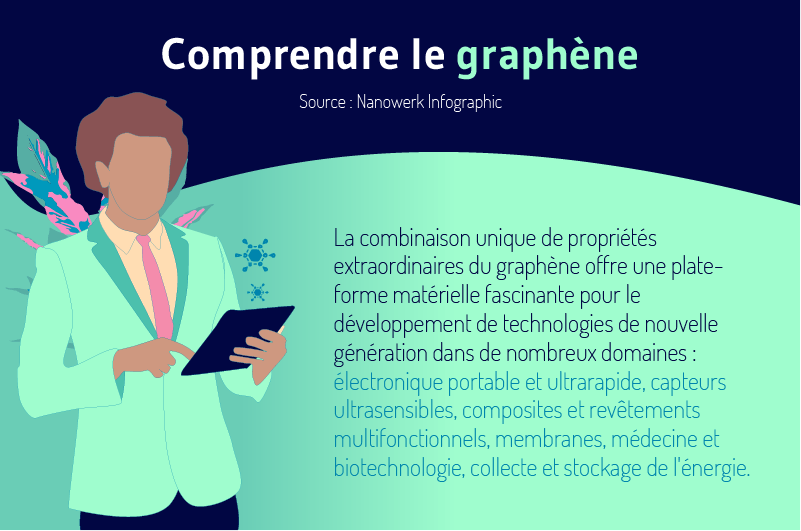
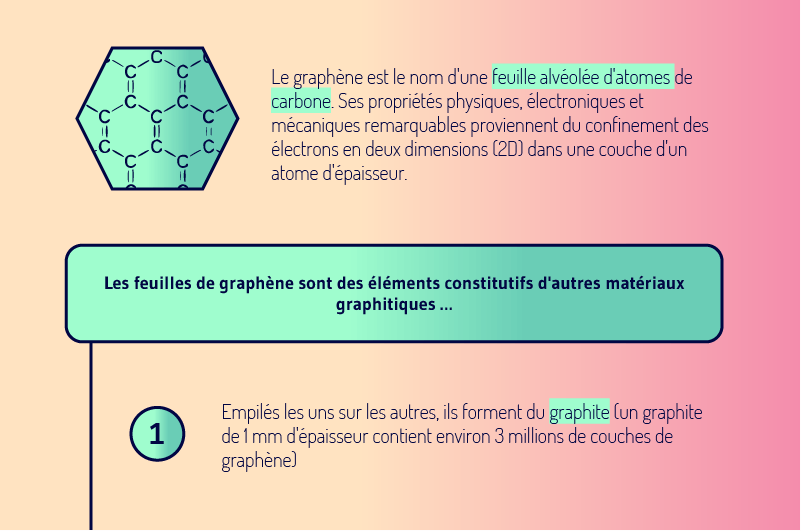
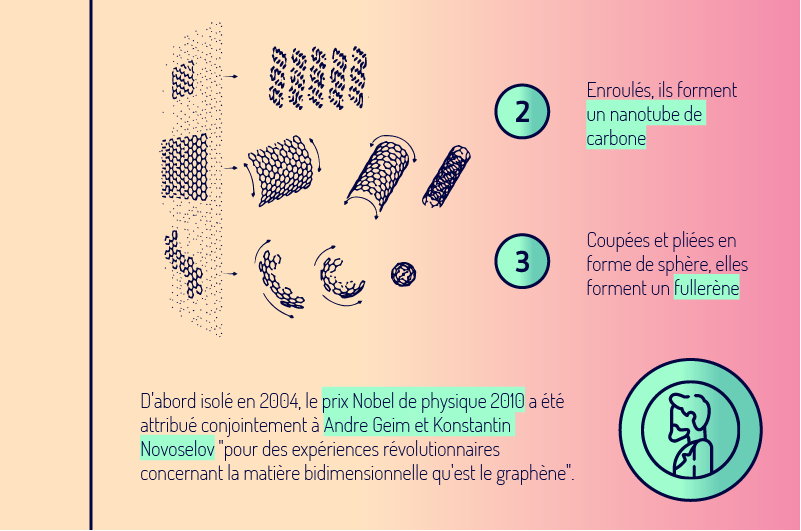
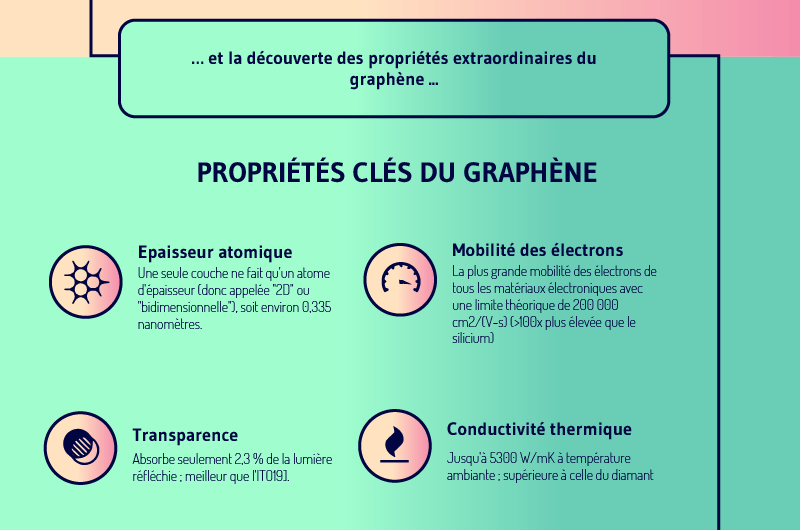
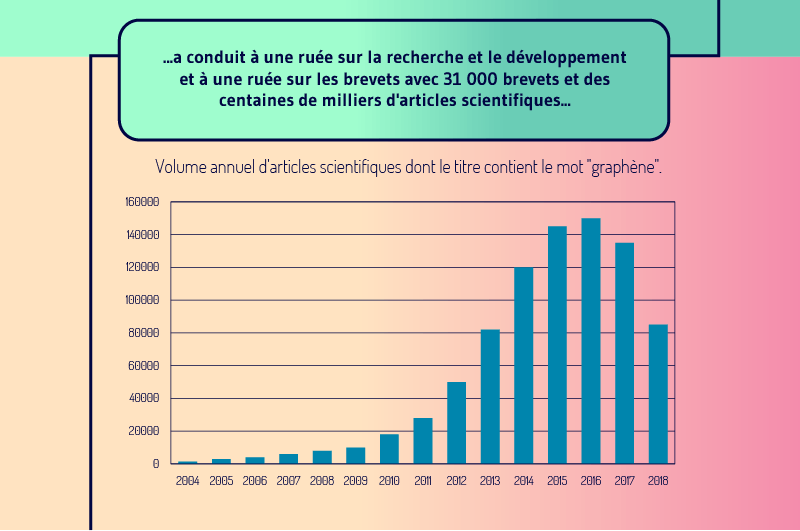
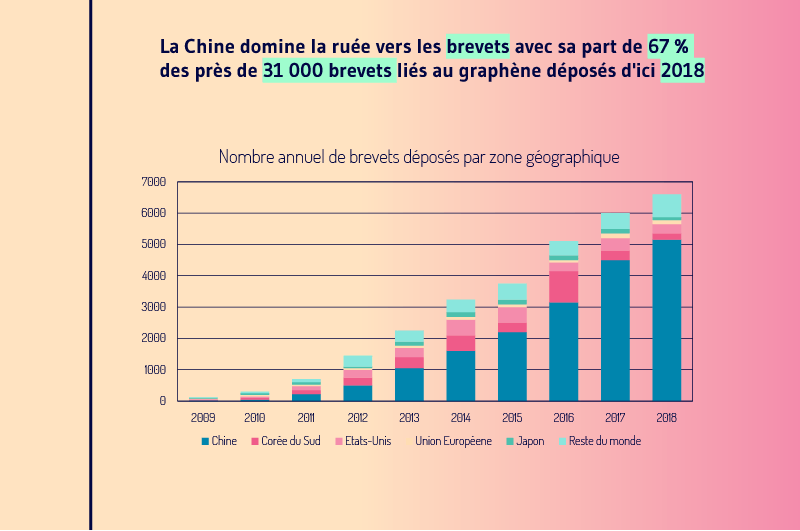
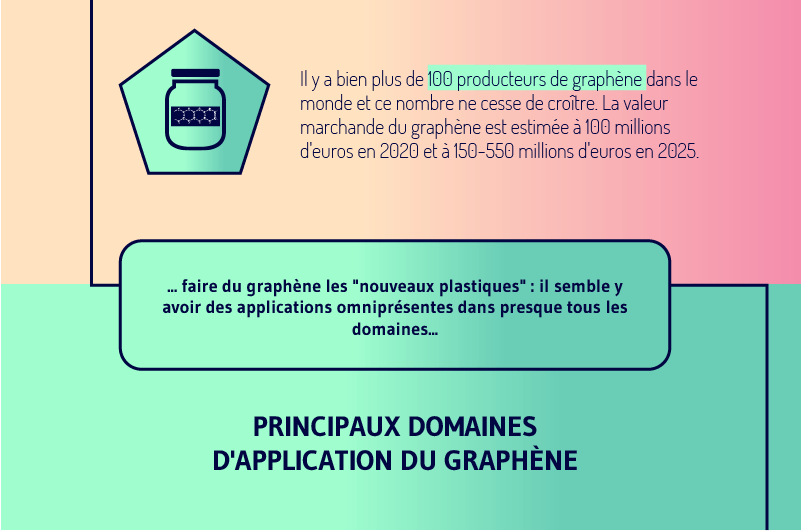
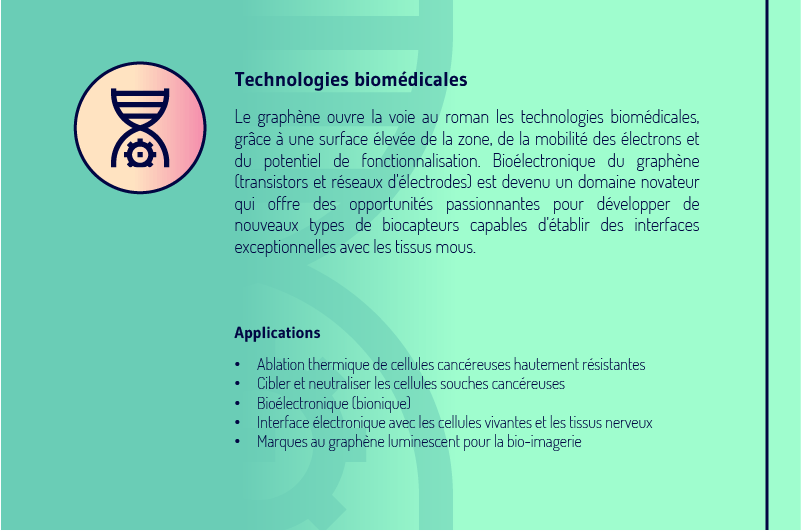
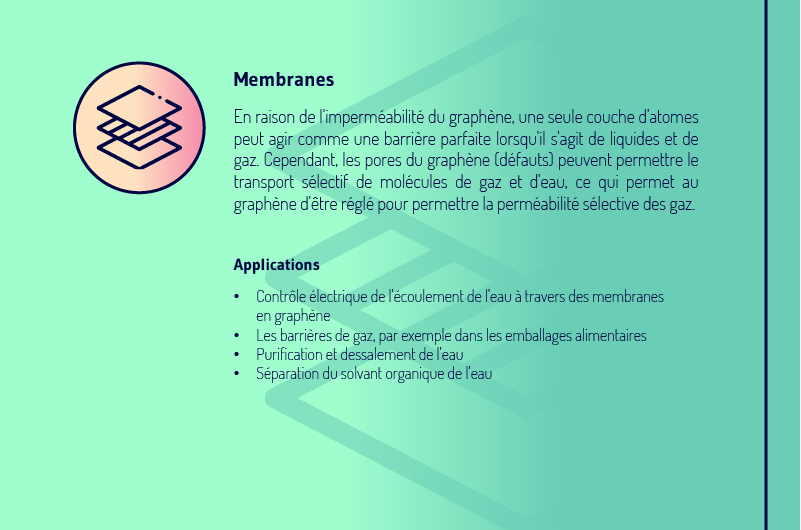
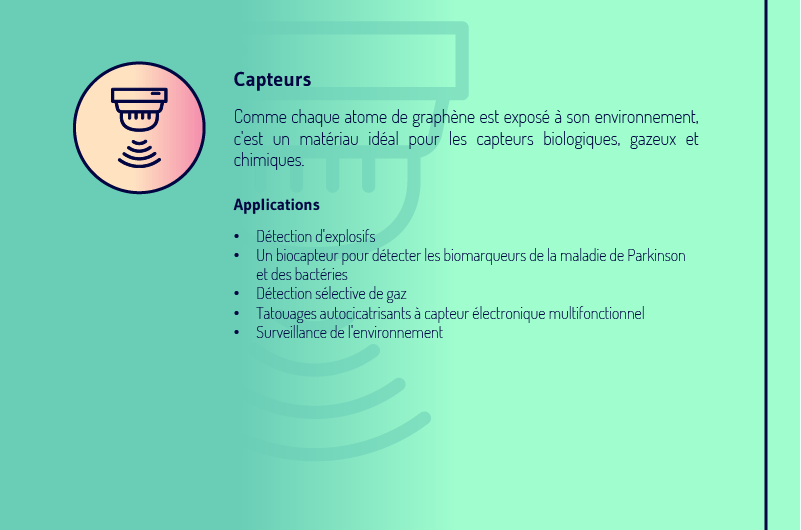
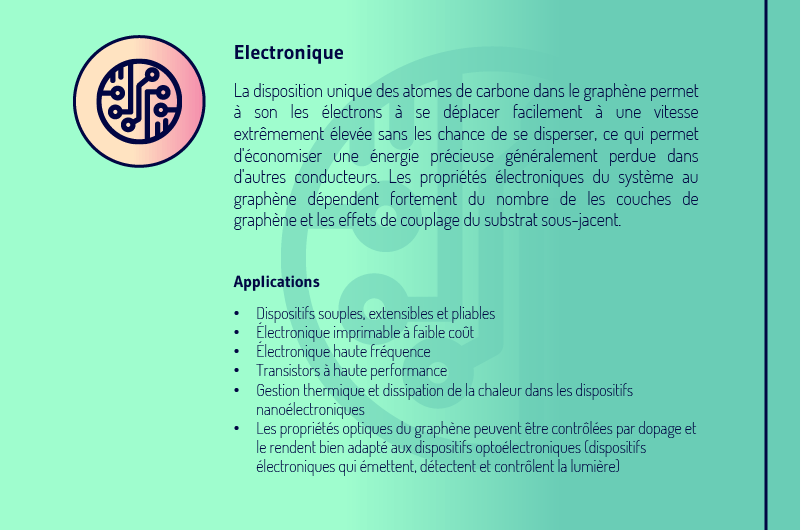
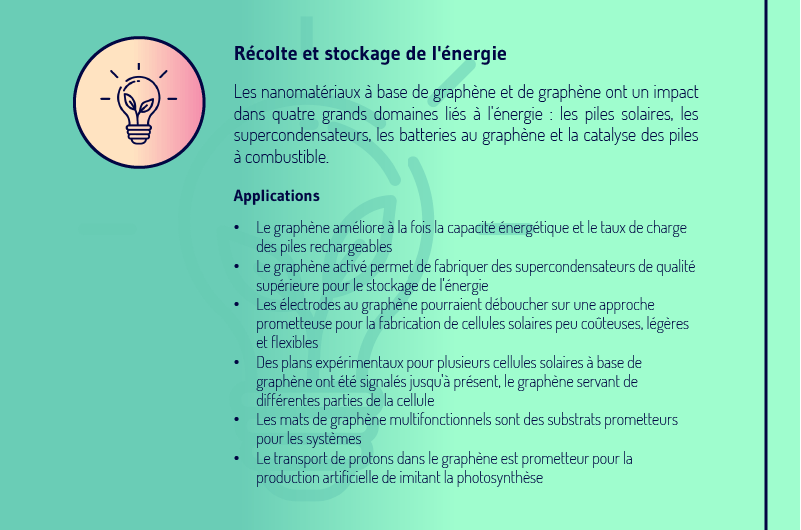
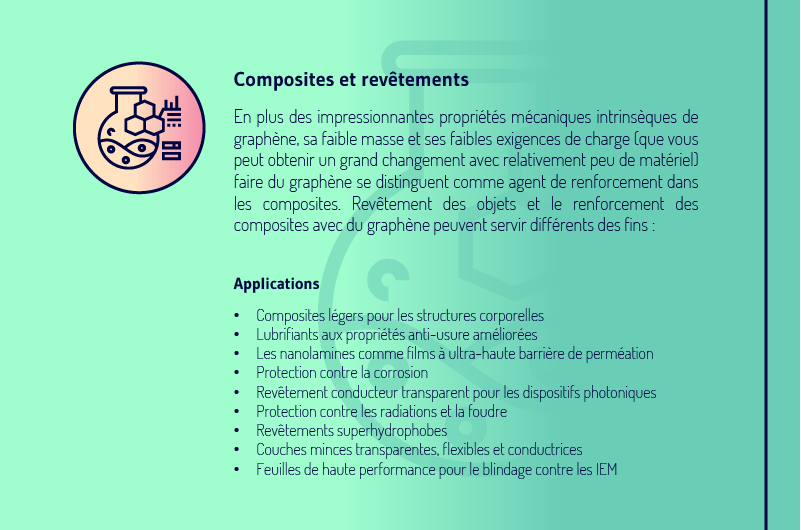
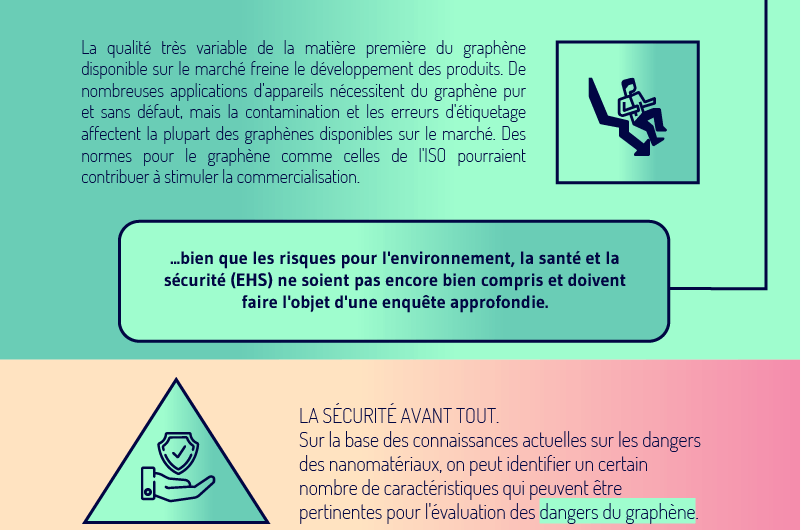
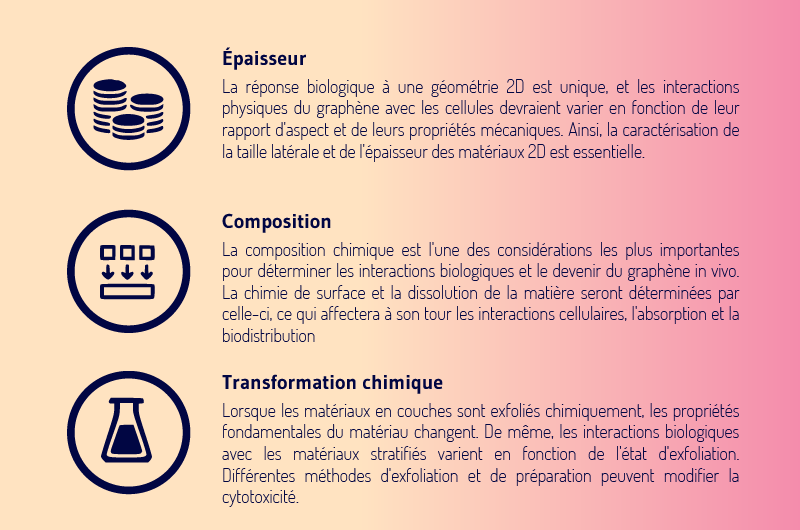
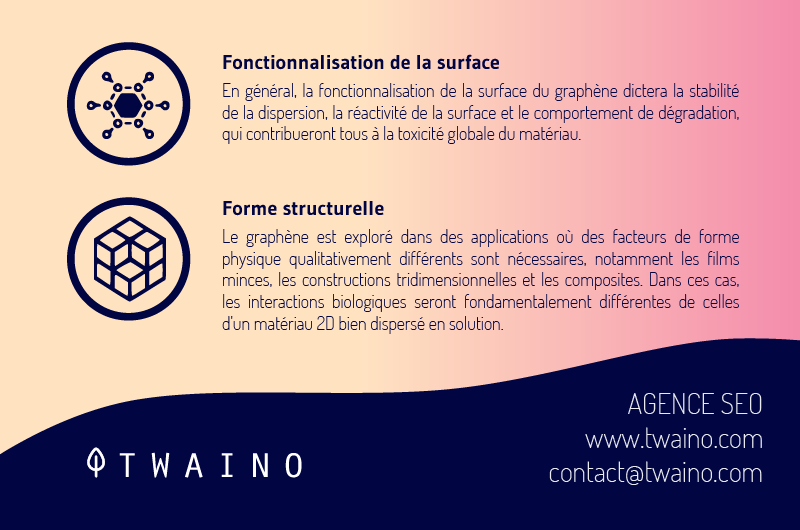
Among these applications, there are:
- Photovoltaic uses;
- Water filtration;
- Biomedical technologies;
- Superconductors capable of transferring energy over great distances with minimal losses;
- Energy storage;
- Electronics;
- Etc.
By dramatically increasing the efficiency of current materials, graphene could prove to be a cornerstone of our green renaissance:
- Reducing the exploitation of other materials, thus reducing the damage caused during exploitation;
- Better performance in the use of energy, which will reduce CO2 emissions;
- More device resistance means better lifespan and less digital waste;
- Etc
5.3.3. The seabin Project
website condorferies,:
- 5.25 trillion plastic waste ends up in our oceans and 269,000 tonnes of this waste floats;
- 8.3 million tonnes of waste are thrown into the sea each year. 236,000 of which are ingestible microplastics that sea creatures mistake for food.
- Plastics take 500 to 1000 years to degrade. Currently, 79% is sent to landfills or the ocean, while only 9% is recycled and 12% is incinerated.
As you can imagine, this waste is a brake on life in the ocean.
Faced with this observation and to help clean up the oceans, the seabin project was born.
Invented by surfers Andrew TURTON and Pete CEGLINSKI, the seabin project aims to improve life in the water. It provides a practical solution to the question of cleaning up the oceans.
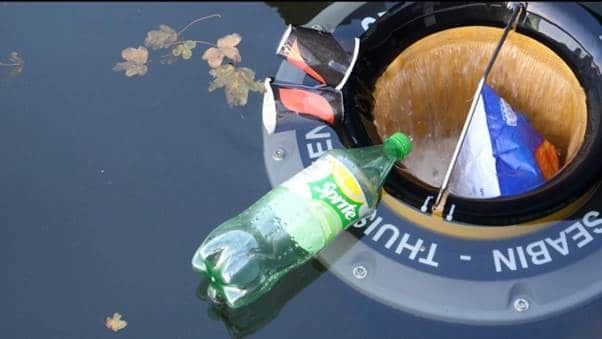
source : steamming
The project consists of manufacturing and installing floating garbage cans in places where garbage can be controlled at the water level.
The bins in the form of small buckets are composed of a water pump and a natural fiber bag.
In terms of operation, it should be noted that the seban is composed of a water pump that pumps water and maintains it at a rate where the garbage it contains is captured in a natural fiber bag.
One of the advantages of this bin concerns the manufacturing and maintenance costs which are not high.
Seabin bins have been on the market since November 2017.
5.3.4. The machine that turns bottles into usable sand
This machine was invented by New Zealand brewing company DB EXPORT

source : Parismatch.be
This is a machine that has the property of transforming beer bottles into artificial sand.
Sand can be used as compensation for natural sand which is now endangered.
Indeed, despite it being everywhere, sand resources are disappearing.
Moreover, the anarchic use of sands at the level of the beaches and in the oceans are a factor of erosion.
5.3.5. Edible packaging
The idea behind this creation is to save life in the oceans.
As the name suggests, edible wrap is wrap that can be eaten by fish.
It is an invention of the brewing company salt walter brewery which aims to save the lives of animals in the ocean by placing an edible and biodegradable packaging in the water.
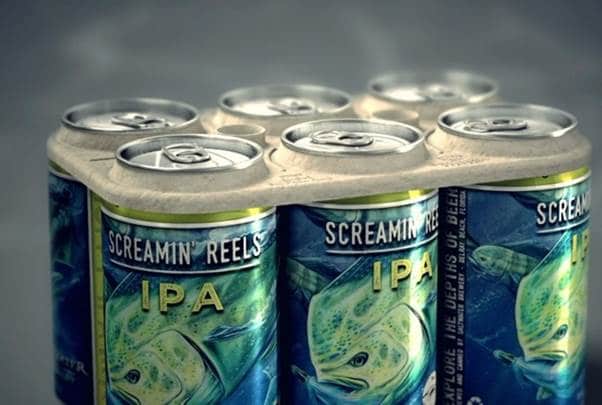
Source : tdg.ch
The packaging is entirely made from wheat. In addition, this solution allows the company to reduce its waste.
5.3.6. Plant-based plastic
The depletion of oil resources and the fight against plastic pollution are increasingly leading companies to seek alternative solutions.
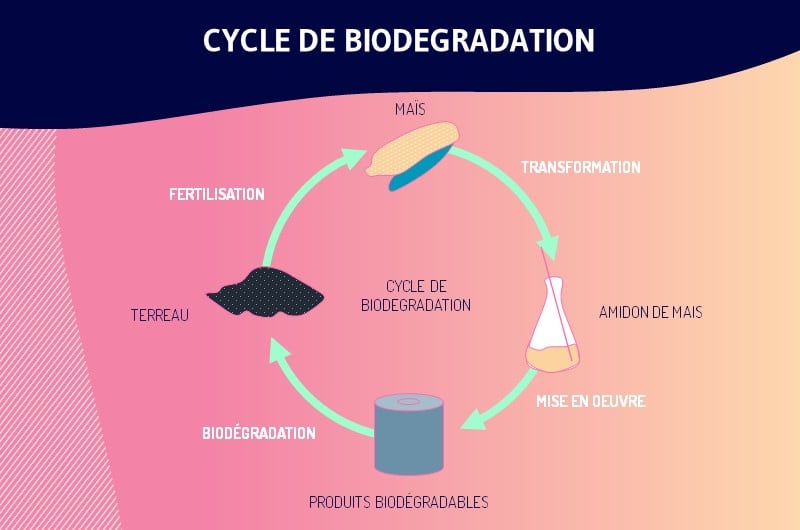
It is in this context that vegetable plastic was born: a material made with biodegradable products, therefore without major consequences for the environment.
5.3.7. fake meat
The large amount of land used in animal production in the United States is a cause of deforestation.

Source : Philadelphia inquirer
Similarly in 2017, thousands of scientists signed a petition in which they warned about our consumption model and invited people to considerably reduce their meat consumption.
Indeed, the consequences induced by the consumption of meat produces a significant part of greenhouse gas emissions.
Thus, to compensate for this observation, companies are already offering the experience of fake meats. It is an alternative from advanced food technology.
5.3.8. Batteries
Faced with costs of investing in green electricity, which sometimes suffers from inefficiency.
Instead of investing huge sums in the production of energy that can fail at any time due to certain climatic changes, certain companies such as farm energy have set up offer-rate batteries with charging times of up to several months.
One of the most common examples is lithium-ion. This battery captures and stores energy which is then supplied when there is a power outage.
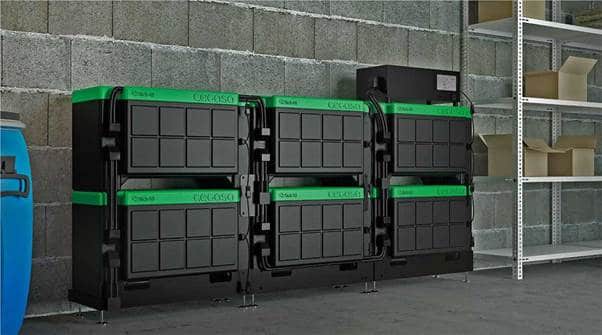
source : farmenergyni
Similarly, it can be configured to act as an uninterruptible power supply (UPS).
5.3.9. Environmental sensors
This is a technology whose purpose is to collect data on the state of the environment.
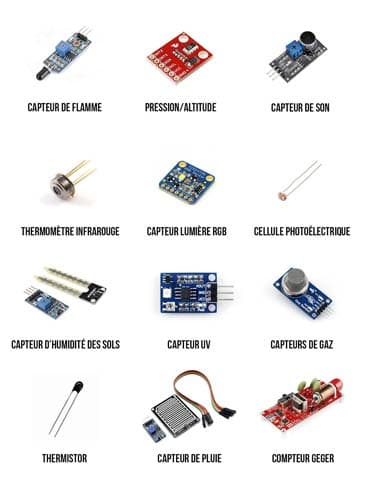
source : la fabriquediy
This involves, for example, measuring the quality of air and water, identifying pollutants and monitoring certain phenomena that are important for the survival of humanity. Their technology is evolving more and more and they could monitor your energy consumption and thus contribute to the reduction of your CO2 emissions.
5.3. 10. Smart Grids
Most power plants we have today are centralized. Thus, they are the ones who ensure both the production and the delivery of electricity to end users.
This centralization of the production of electricity leads to problems of fluctuations at the level of the power stations.
Indeed, when there are more users, the plants must produce more electricity.
This requires even more energy and is the cause of the increase in pollution.
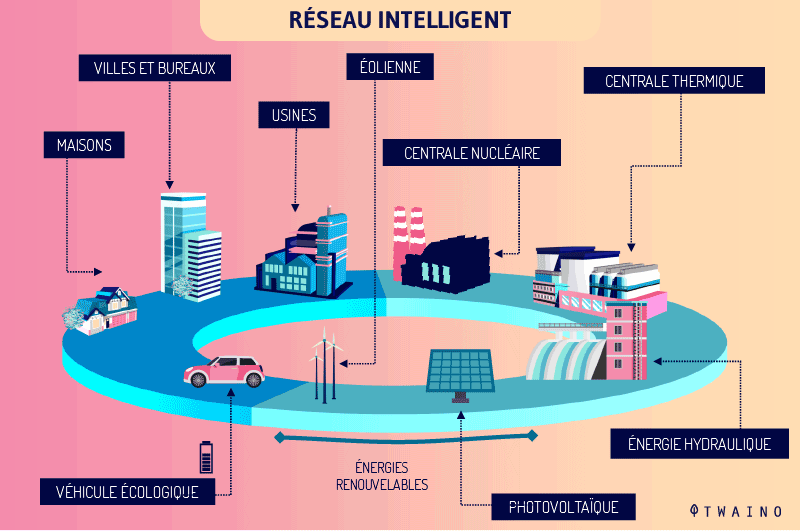
It is precisely to avoid this that projects smartare being deployed in the United States, for example.
We can cite:
- The “advanced metering infrastructure” which aims to deploy high metering systems;
- The “customers system” which involves integrating smart grid functions into buildings;
- The “electric transmission systems” which concerns the modernization of distribution networks for the implementation of smart networks;
- Etc.
These networks are built and operated on the basis of several energy deployment and distribution technologies. They offer the advantage of being automatic and autonomous.
5.3.11. Carbon Capture
The idea behind this technology is to capture carbon dioxide from the air. This technology could play a big role in the health of our planet in the years to come.
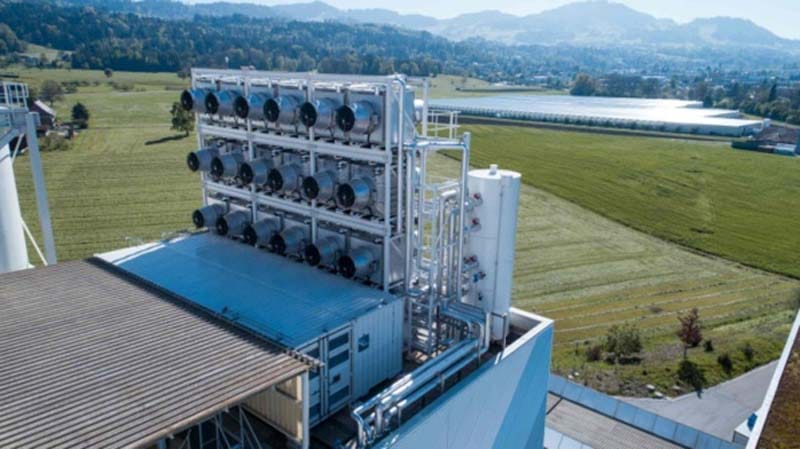
source : wedemain
According to the CCS Association, capture technologies make it possible to separate carbon dioxide from gases produced in electricity production and industrial processes by one of the following three methods:
- Pre-combustion capture;
- Post-combustion capture;
- And oxyfuel.
The carbon is transported by pipeline and stored in rock formations deep underground.
In 2017, the world’s first CO2 capture plant was commissioned in Switzerland.
Startups in the United States and Canada have developed their own carbon capture factories.
On a large scale, technology could help reverse one of the most alarming environmental trends of our time.
5.3.12. Nuclear
fusion Nuclear fusion occurs by the assembly of two atomic nuclei to form a new heavier one. It gives off a lot of energy.
This is also the phenomenon that occurs at the level of the sun. The essentially clean nature of the energy produced has attracted researchers who are working to achieve the creation on earth of this same form of energy which would be without CO2 emissions.
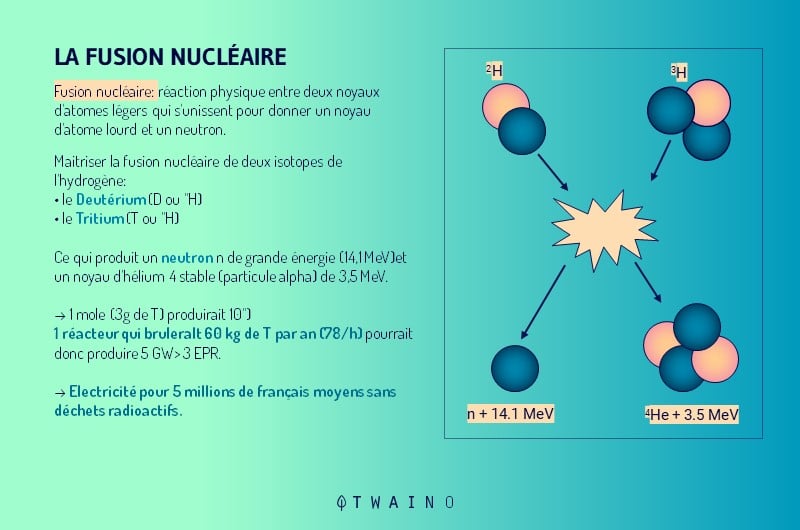
Although it is already used in the manufacture of H-bombs, its future use in the manufacture of electricity would be beneficial insofar as:
- The ores which will be used for its use are available and can guarantee several years of use ;
- The waste or products that would result from the use of such a system are not radioactive.
5.3.13. Artificial intelligence
Despite all the conspiracy theories that circulate around the development of artificial intelligence, it is important to emphasize that this technology can be useful to humanity on certain points.
These include, for example, the areas of health, biodiversity, water and agriculture.
For example, in the context of agriculture, the idea would be to create Artificial Intelligence programmed to analyze surfaces and provide researchers with data allowing them to correctly predict the changes observed over time.

Fundamentally, AI will be the foundation of future efforts to undo the damage already done to the planet while finding scalable solutions to support the energy, food and water needs of our species.
5.3.14. Electronic
Smart Glass Electronic Smart Glass is also one of the technologies of sustainable construction.
Electronic smart glass is a new technology that works especially during summer periods to exclude the intense heat of solar radiation.

source : Lapresseca
Smart glass uses tiny electrical signals to lightly charge windows to change the amount of solar radiation it reflects.
It is therefore integrated with the building control system, allowing users to choose the amount of solar radiation to block.
With this technology, homes and commercial buildings can save a lot on heating, ventilation and air conditioning costs.
5.3.15. Green Insulation
Insulation is one of the biggest concerns in building and home construction
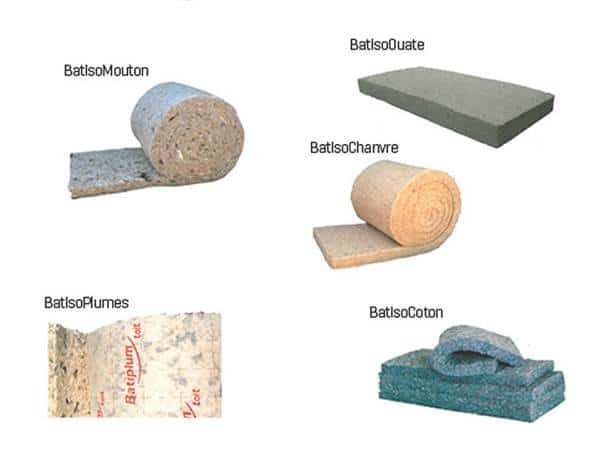
source : Evolulogi
Using green insulation has proven to be a sustainable building technology as it eliminates the need for high-end finishes made from non-renewable materials.
Green insulation offers a solution by using old and used materials such as denim and newspaper. You will find in this youtube video more explanation about insulators:
5.3.16. Smart Homes Smart
home technology uses devices such as bonding sensors and other Internet of Things (IoT) connected devices that can be monitored and programmed remotely. This, in order to be as energy efficient as possible and to meet the needs of users.
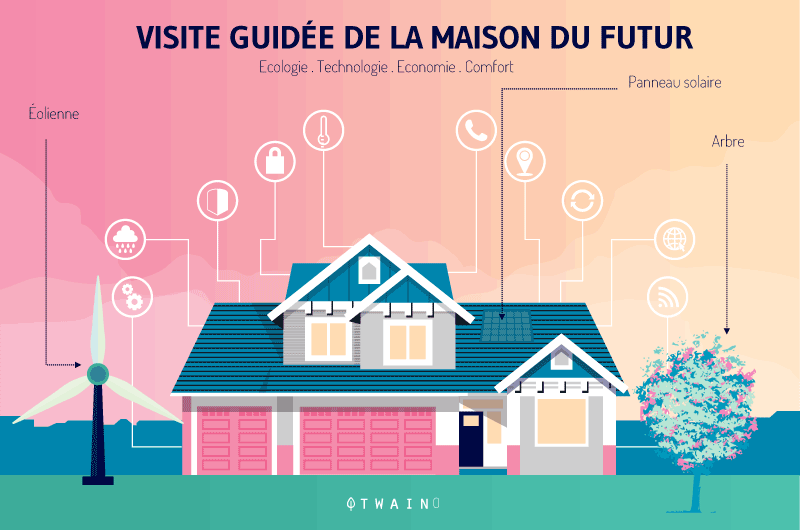
The Internet of Things (IoT) is a network of Internet-connected objects capable of collecting and exchanging data using embedded sensor technologies. This data allows devices on the network to “make decisions” autonomously based on real-time information.
For example, smart lighting systems light only the areas that need it, and a smart thermostat keeps homes at certain temperatures at certain times of day, reducing waste.
This environmental technology has been made possible by increased connectivity to the Internet due to the increased availability of WiFi, Bluetooth, and smart sensors in buildings and cities.
Experts predict that the cities of the future will be places where every car, phone, air conditioner, light and the like are interconnected, giving rise to the concept of energy-efficient “smart cities”.
5.3.17. Nanotechnology
Defined as the research and design of technology at the molecular level, nanotechnology is in full expansion.
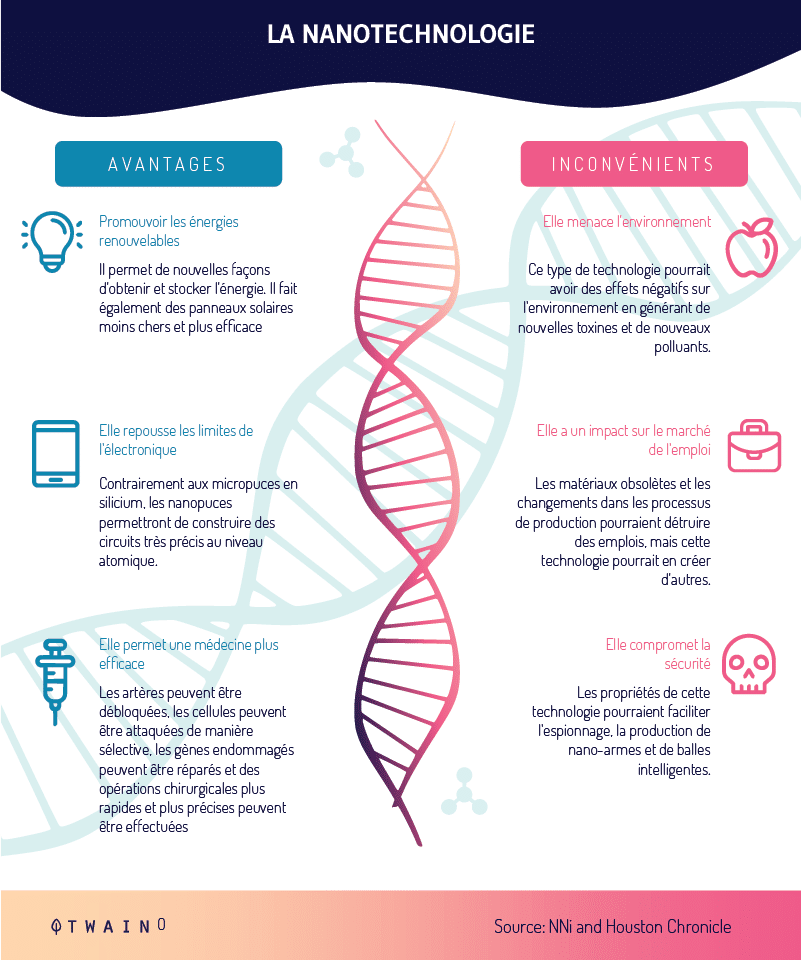
There are already nanomaterials such as: Fullerenes and nanotubes which consist of a carbon surface, curved and enveloped in spheres or tubes.
They have great absorption and lubrication capacity.
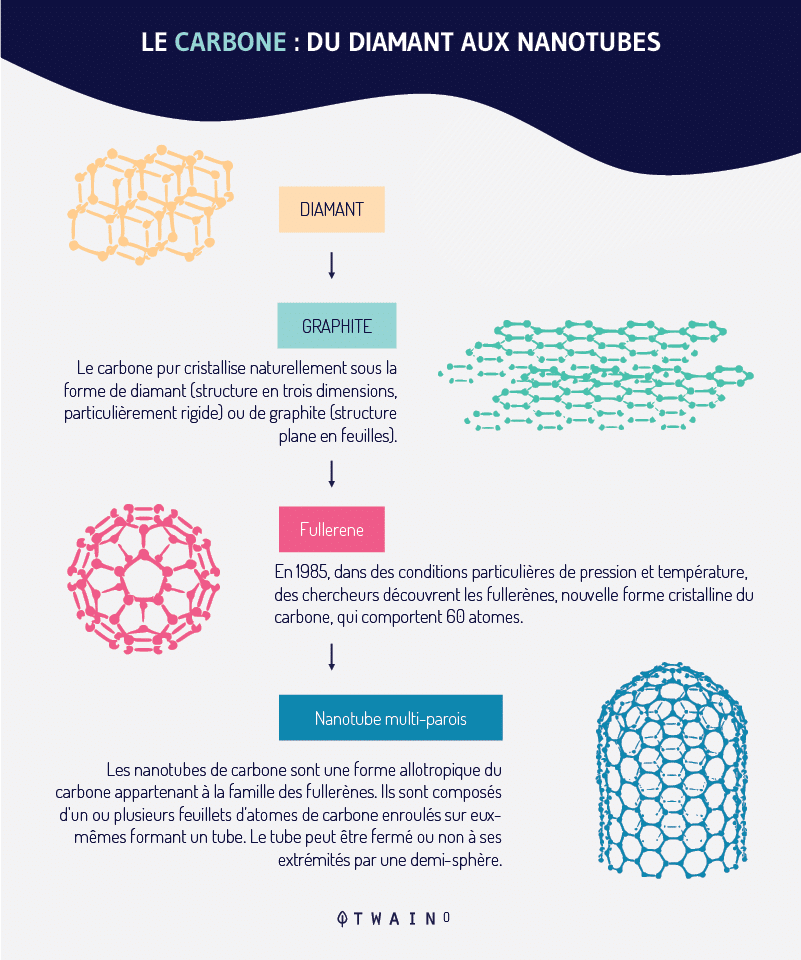
There are also non-technological devices in the field of microelectronics:
- Massive storage devices
- Flat screens
- Electronic papers
- Extended semi-conductor approach
- Devices for the processing, transmission and storage of information.
In the pharmaceutical field, nanotechnology promises new forms:
- Of drug development and administration;
- medical diagnosis;
- And cancer treatment.
One of the most evocative possible applications could be ” nanobots “, or nanoscale robots, which could be introduced into the bloodstream to clean unwanted substances from blood cells or veins.
For the energy sector, lighting technologies based on nanotechnology could reduce energy demand for lighting.
In photovoltaics, nanotechnology could increase efficiency and reduce costs.
In the military sector, nanotechnology can contribute
- to: Surveillance;
- In the manufacture of sensors;
- Barrier systems;
- To small anti-tank weapons;
- And smart ammunition.
Nanotechnology can also contribute to:
- Virtual reality systems;
- Automation and robotics;
- Chemical, biological and nuclear detection;
- And the aerospace, food processing and construction industries.
As with many other new technologies, nanotechnology can have broad and pervasive implications.
In particular, in combination with other emerging technologies such as genetic engineering and information and communication technologies.
Here you have a great idea of how digital technology can or already contributes to sustainable development.
Let’s not stop there and see some great initiatives launched around the world:
Chapter 6: Some initiatives to achieve the objectives of digital ecology
In this chapter, I present to you the major initiatives, projects and actions undertaken within the framework creating a more sustainable environment.
These are:
6.1. The Swiss Digital Initiative The Swiss Digital
Initiative is a sustainable mechanism for safeguarding ethical rules in the digital sector.
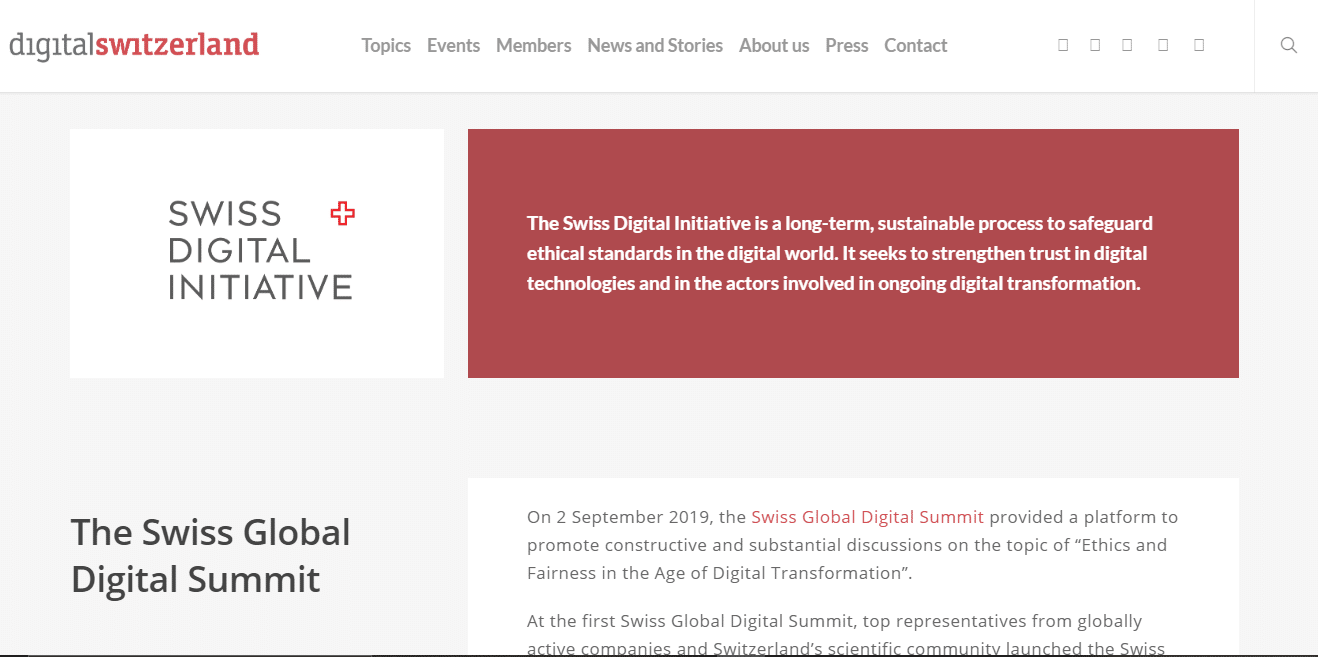
It promotes a new trust between digital technologies and actors.
The Swiss Digital Initiative aims to drive a personal commitment to ethical standards and conduct such as transparency, non-discrimination and sustainability.
6.2. The Global Data Commons
The Global Data Commons is an initiative whose objective is to launch a movement to allow responsible access to data to the various actors, whether public, private or social, when the use is justified in the public interest.

This global data sharing concept is being developed as a follow-up to the UN High Level Panel on Digital Cooperation.
6.3. The Open Data
Barometer The Open Data Barometer is a global standard for how governments publish and use open data for accountability, innovation and social impact.
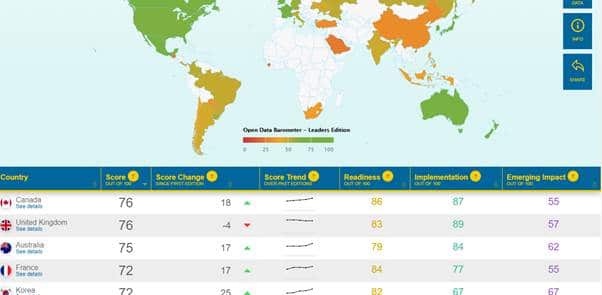
The Leaders Edition examines the 30 governments that have adopted the Open Data Charter and those that, as members of the G20, have committed to the G20 Open Data Anti-Corruption Principles.
6.4. The Decentralized Web (DWeb)
The Decentralized Web is a community, a social movement, and an emerging suite of practices. It aims for effective participatory governance and a set of technologies aimed at decentralizing web technologies and architecture.
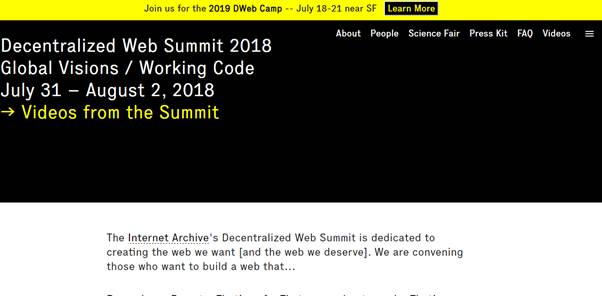
Decentralization being a process of redistributing functions, people, powers or things away from a central authority, including extensive use of peer-to-peer protocols and corresponding open source software.
The DWeb community is increasingly interested in the applications of decentralized digital technology for the environment.
6.5. The Data4Now Initiative The Data4Now
is initiative supported by several agencies such as:
- The Global Partnership for Sustainable Development Data (GPSDD);
- United Nations Statistics Division;
- The World Bank;
- The Thematic Research Network on Data and Statistics (TReNDS);
- From the Sustainable Development Solutions Network.
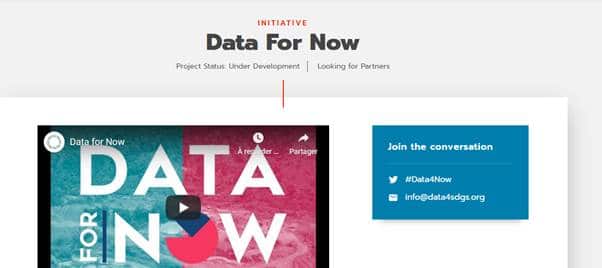
It is a personalized and collaborative process for aggregating, amplifying and scaling data solutions for the SDGs.
One of the main outcomes of this work should be the adoption of guidelines and safeguards for public-private partnerships generating digital public goods by the end of 2020.
6.6. The World Data
The Forum is an international platform for increasing data cooperation between various professional groups, such as:
- Information Technology;
- Geospatial information managers;
- Scientists and data users;
- As well as civil society stakeholders.
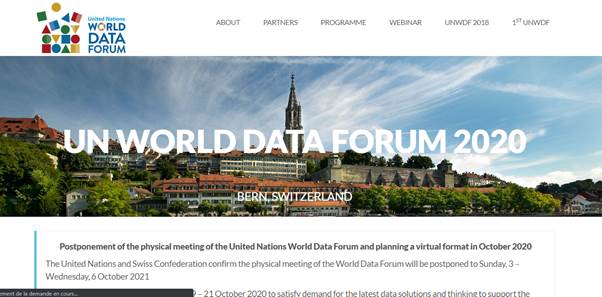
The next meeting will take place October 18-21, 2020 in Bern, Switzerland, and up to 2,000 people are expected to attend.
Seizing this opportunity will be critical to advancing global conversations and awareness around the digital ecosystem for the concept of Earth.
6.7. The Digital Impact Alliance (DIAL)
It is a multi-stakeholder partnership between USAID, the Bill & Melinda Gates Foundation, the Swedish government and the United Nations Foundation.

The Digital Impact Alliance (DIAL) works to identify the most effective and efficient digital solutions to accelerate service delivery to reach many more people and position countries to achieve the SDGs.
6.8. The Sustainable Digital Finance Alliance
The Sustainable Digital Finance Alliance is an initiative that aims to leverage digital technologies and innovations to improve financing for sustainable development.
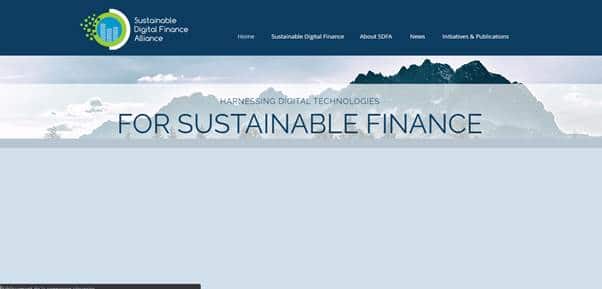
Currently convened by ANT Financial and UNEP, it is currently building a network of fintechs, financial actors, policy makers and other stakeholders who can collaborate and promote sustainable digital finance practices nationally and internationally.
6.9. UNDP Accelerator
Labs Accelerator Labs are UNDP’s new way of working in the field of sustainable development.
60 laboratories serving 78 countries work with national and global partners to find radically new approaches that match the complexity of today’s development challenges.

The labs analyze challenges in local contexts to identify connections and patterns in search of new avenues of work to act effectively to address development challenges, including environmental sustainability.
The labs currently cover all of the Sustainable Development Goals, although there is a critical mass of labs working on circular economy and youth employment issues.
6.10. The Internet Governance Forum (IGF) and the World Summit on the Information Society Forum (WSIS)
The WSIS Forum 2020, held in Geneva from April 6-9, 2020, represents the world’s largest annual gathering of the ‘ICT for Development’ community.
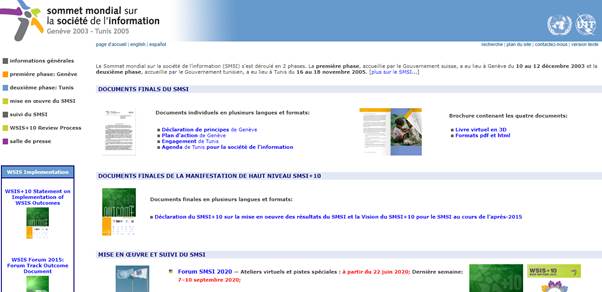
It is a key forum that allowed to discuss the role of ICT as a means of implementing the SDGs. The IGF is one of the three main follow-up axes of the World Summit on the Information Society (WSIS).
Discussions are ongoing on how to strengthen the role of the IGF as a global policy forum for internet governance issues and as a follow-up to the report of the UN High Level Panel on digital cooperation (a proposal known as IGF Plus).
There is a proposal on the table to ensure that the environment is one of the pillars addressed by the IGF Plus process.
6.11. Future Earth
Initiative on Sustainability in the Digital Age: In 2019, this initiative brought together over 200 experts from over 30 countries to examine how the digital age can drive societal transformations towards sustainability.
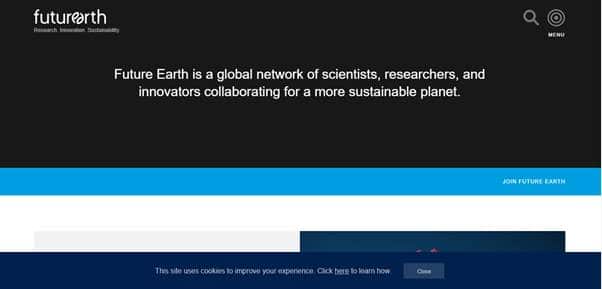
The final policy report entitled “Digital Disruptions for Sustainability Agenda (D²S Agenda)” outlines the research, innovation and actions needed to advance this vision.
The flagship report of this process will be released in February 2020 and is expected to trigger a series of follow-up actions and multi-stakeholder engagement opportunities.
6.12. Internet Society
One of the main purposes of the internet society is to provide an organizational basis and financial support for the Internet standardization process and the development of multi-stakeholder governance processes.
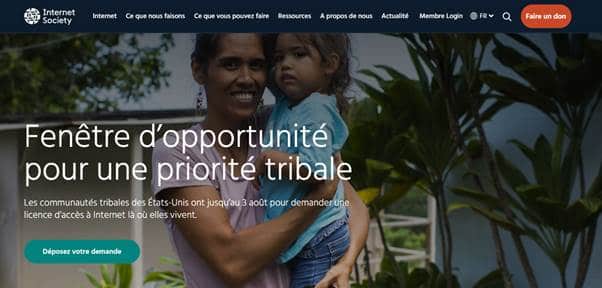
The Internet Society also publishes concise policy briefs on critical Internet issues. The Internet Society should consider how the Internet architecture should be shaped to contribute to a digital ecosystem for the planet.
6.13. World Economic Forum / Center for the Fourth Industrial Revolution
Center for the Fourth Industrial Revolution The partners with governments, corporations, civil society and experts around the world to co-design and pilot innovative new approaches to politics and governance during the fourth industrial revolution.
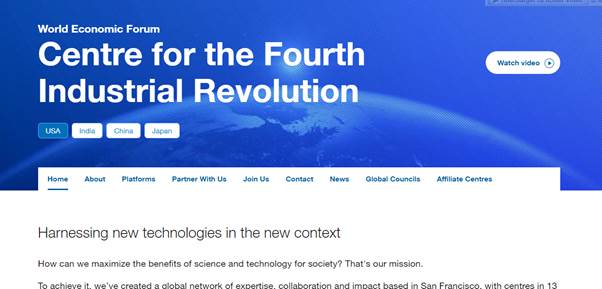
The WEF also acts as the secretariat of the G20 Smart Cities Global Alliance on Technology Governance, which aims to create global norms and policy standards for the use of connected devices in public spaces.
The various WEF processes and reports provide critical space for:
- Conversations and consensus building around governance mechanisms;
- And Safeguards for public-private partnerships related to the operation of a digital ecosystem for the planet.
Summary
Digital ecology is the science that studies the impact of digital technology on the planet. Thanks to it, the various digital players are now aware of the consequences of their actions on the planet and of the need to turn to eco-responsible practices.
Reading this article has given you an overview of digital ecology, its impact on the environment as well as the best practices to adopt
. For my part, I am already putting in place my strategy to become 100% eco-friendly that I will soon reveal to you.
See you soon !


